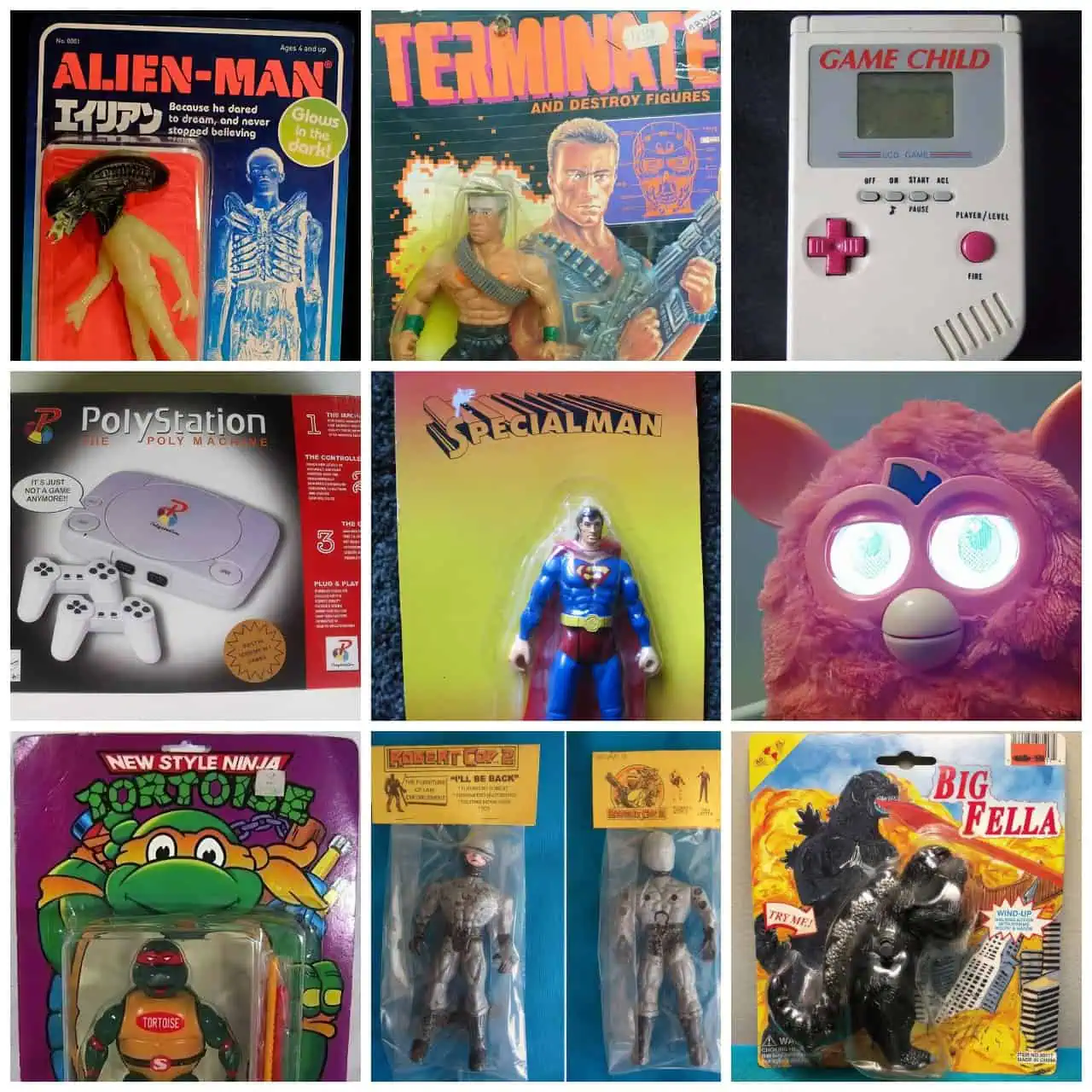Struggling to tell the difference between genuine and fake toys? Knock off toys flood markets, tricking shoppers and enthusiasts. This article will guide you in spotting these fakes, focusing on geeky hobbies like collecting action figures from Marvel Comics or Star Wars, playing with Lego sets, or chasing after rare McDonald’s toys.
Get ready to laugh at some of the most outrageous copies out there.
Key Takeaways
Look at the toy’s packaging and quality to spot fakes. Bad spelling, weird colors, and cheap materials are all clues.
Fake toys can be funny but also dangerous. They might have harmful chemicals or parts that kids could choke on.
Buying knock off toys hurts real companies and workers. It supports bad work conditions and cheats you out of money for good toys.
Safe toys are better for everyone. They keep kids safe from harm and support fair jobs around the world.
Always check before you buy a toy to make sure it is not a fake. This saves money and keeps kids safe from bad products.
Table of Contents
Funny Examples of Knock Off Toys
Moving on, let’s explore laugh-out-loud instances of knockoff toys that might just make you do a double-take. Imagine a toy aisle where Woody from “Toy Story” looks more like he spends his days at the gym than in Andy’s room; this jacked version is just one example of 47 hilarious and weird knock off finds.
From an action set where The Avengers seem slightly off to a Thomas the Tank Engine who’s been hitting the weights hard, these fakes bring amusement and head-scratching confusion.
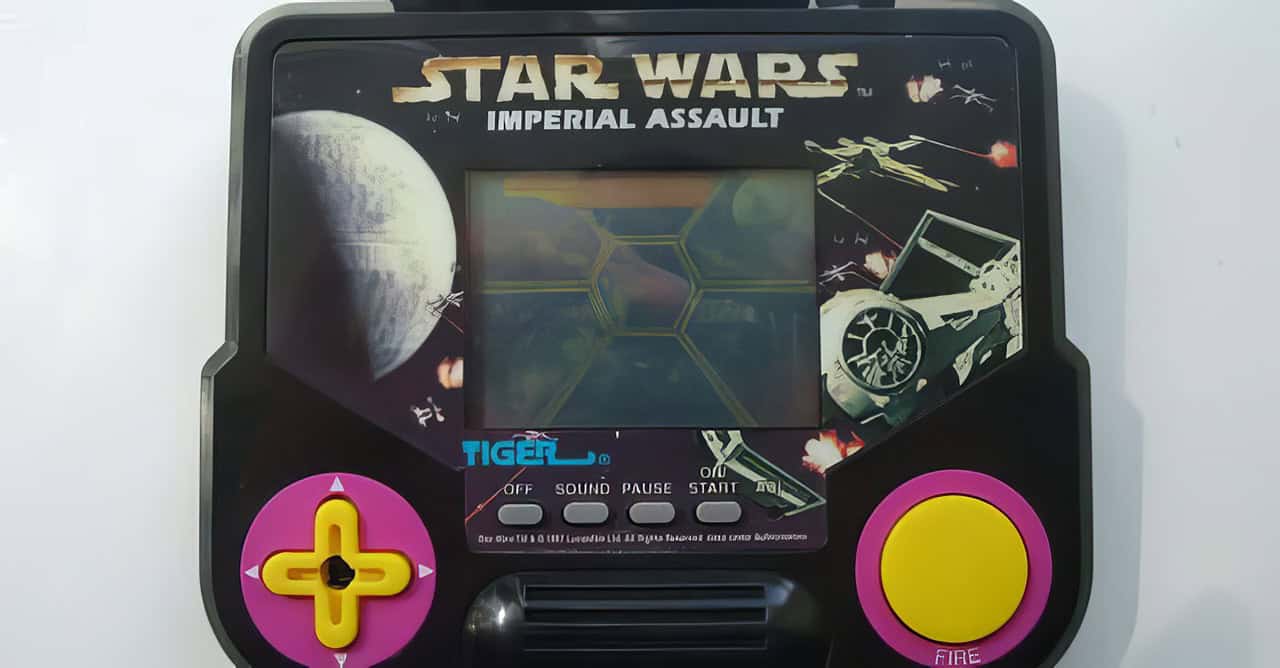
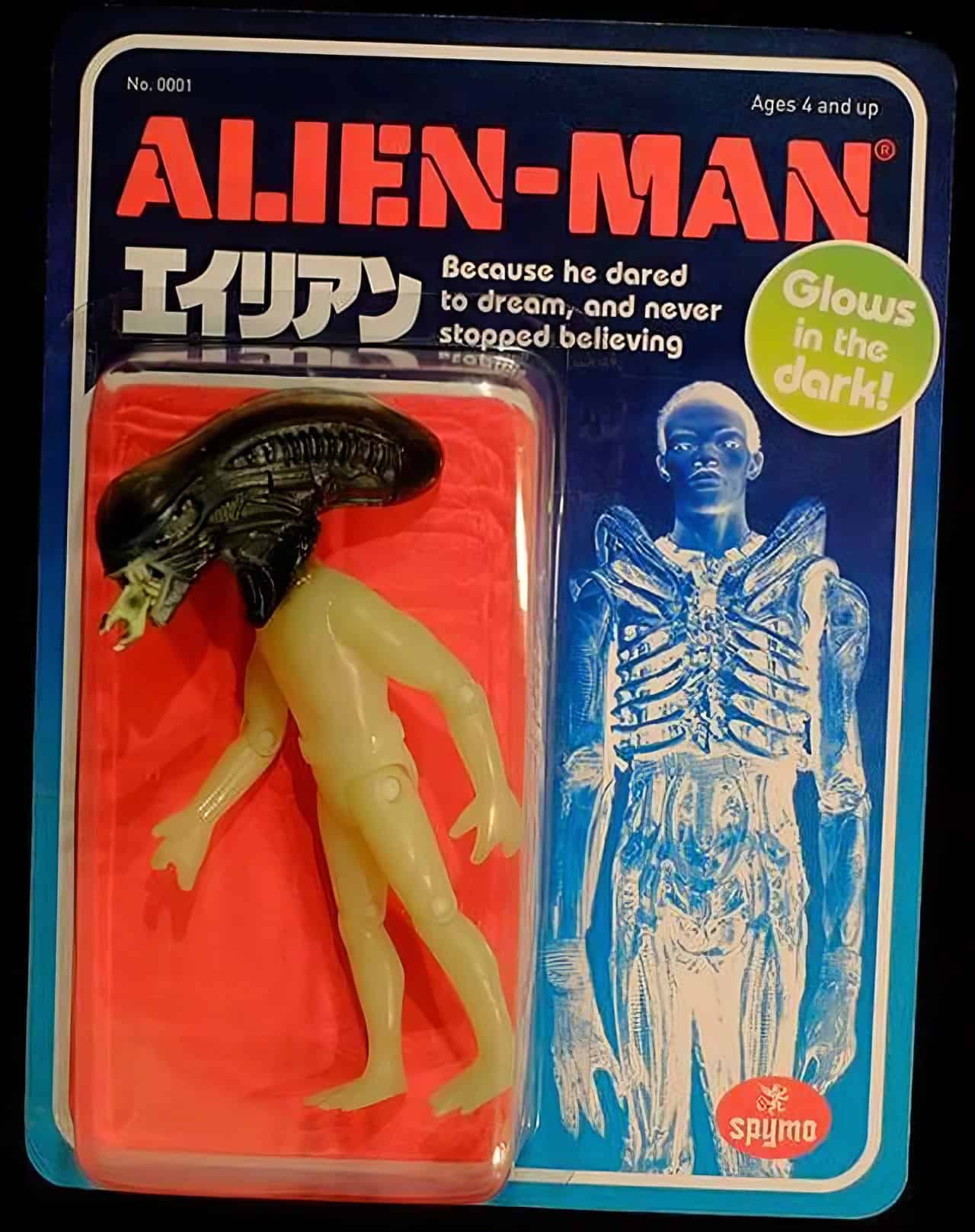
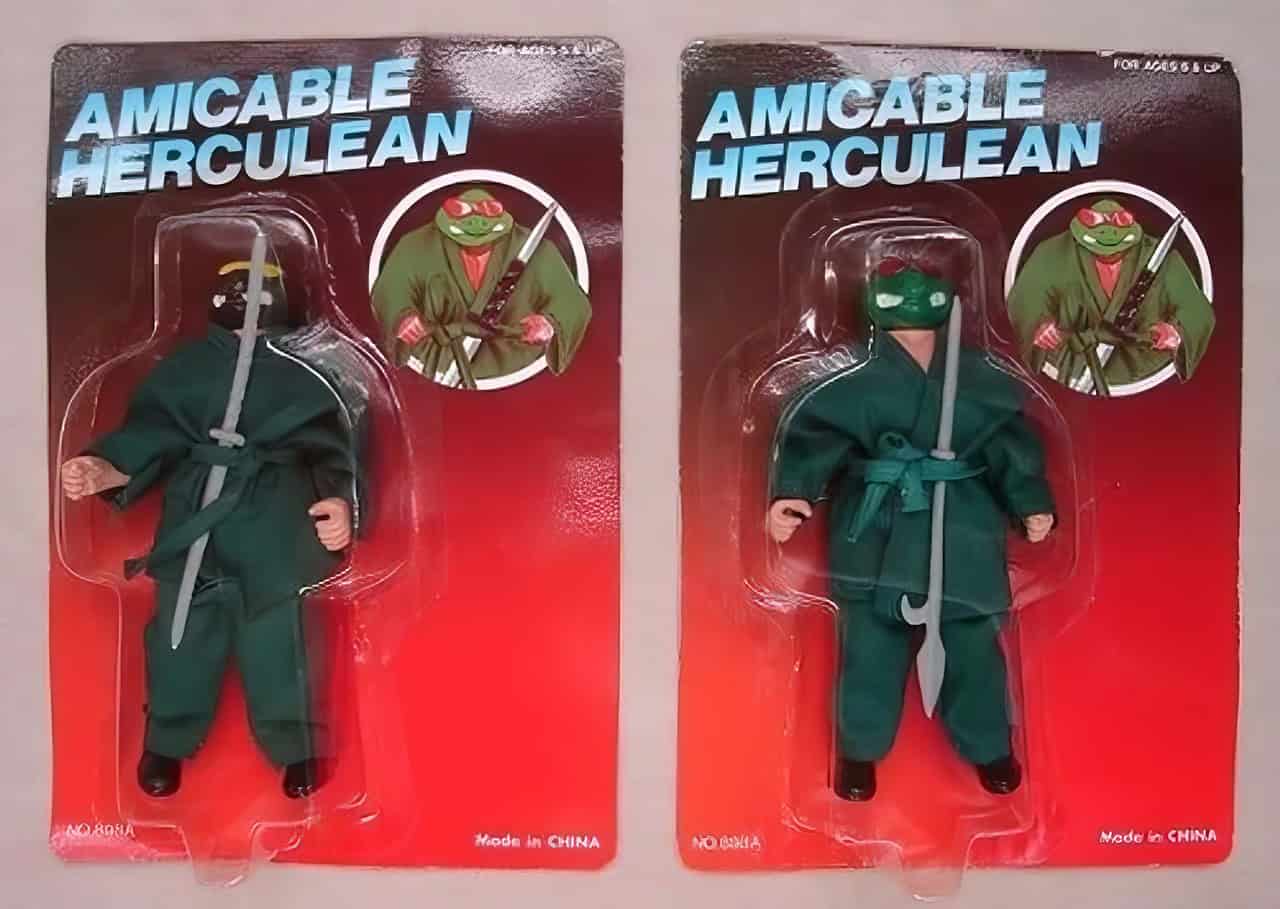
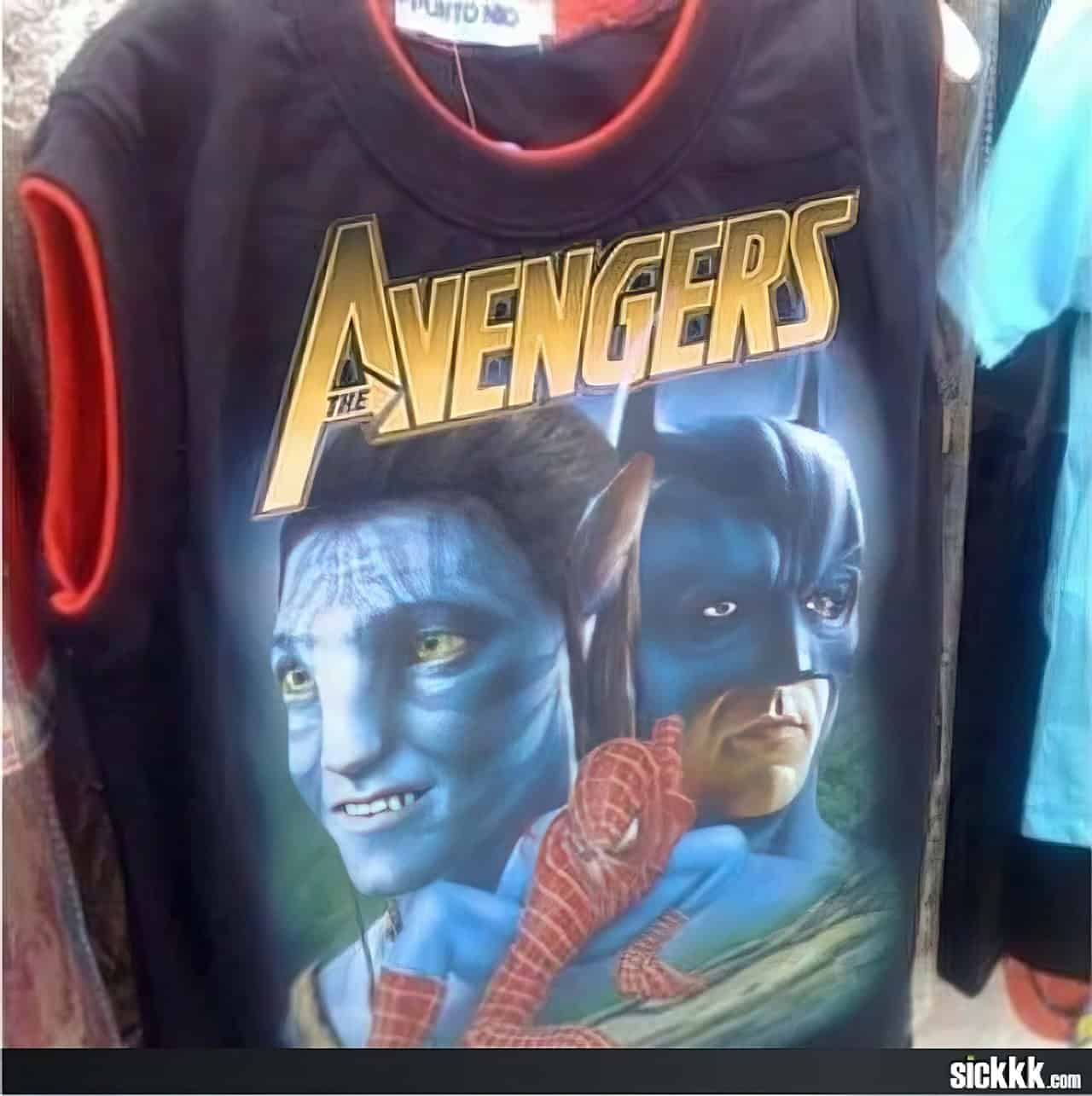
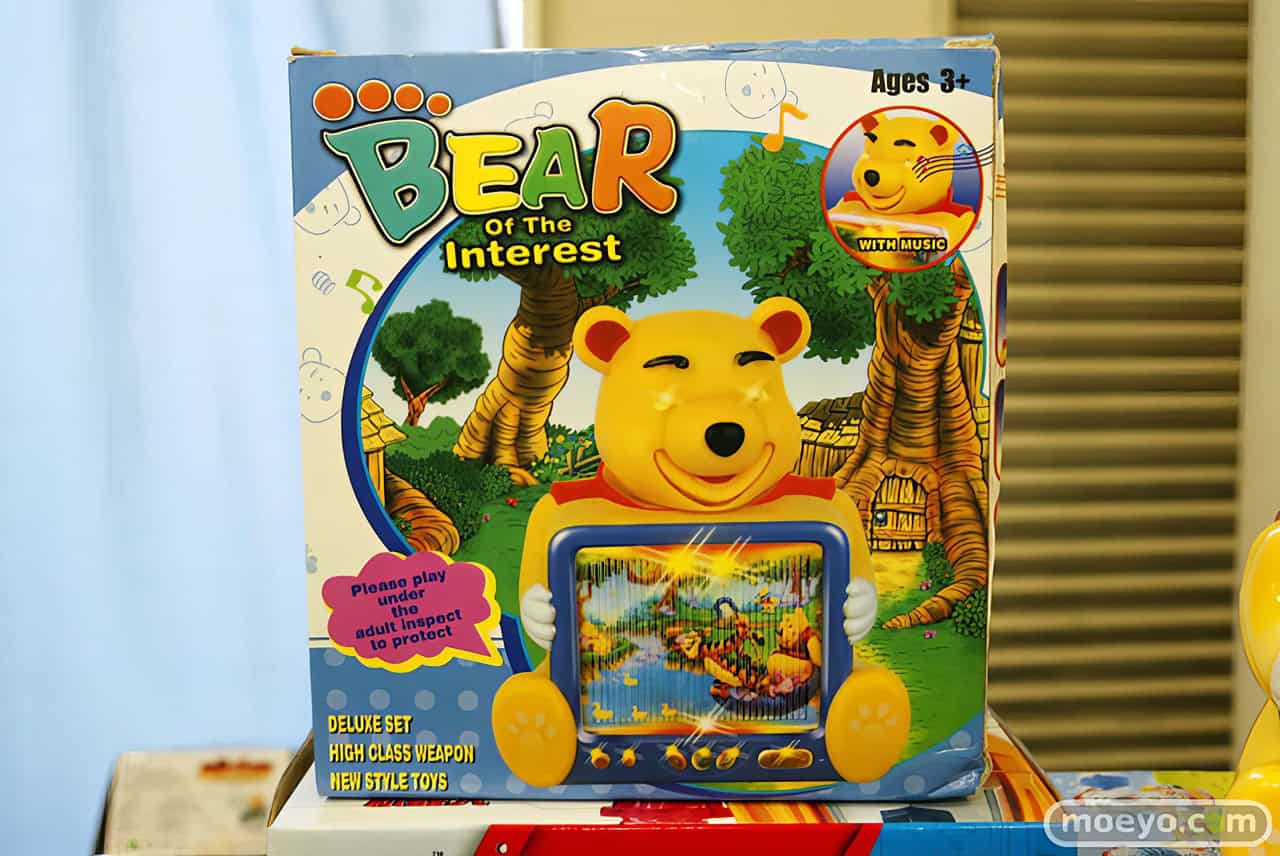
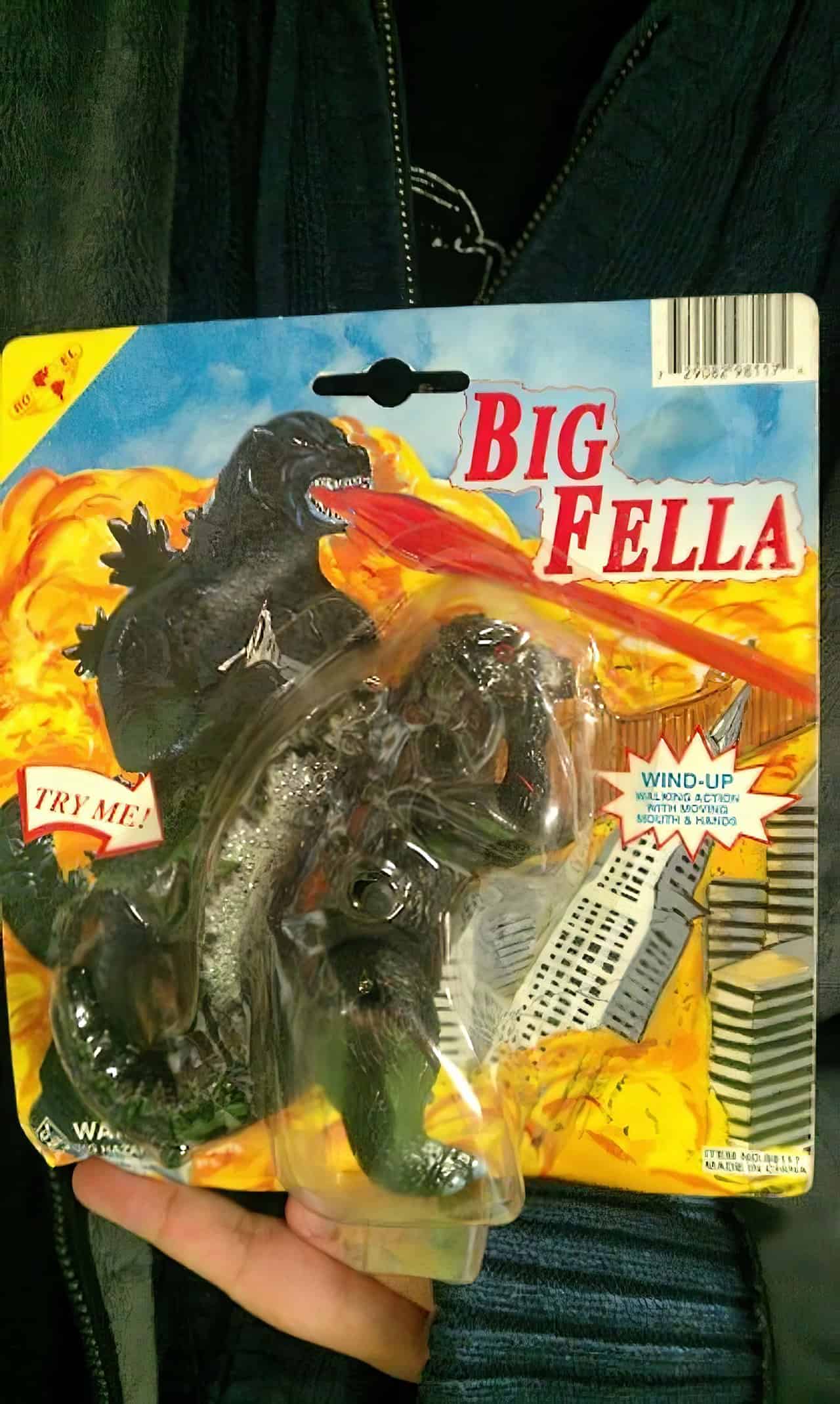
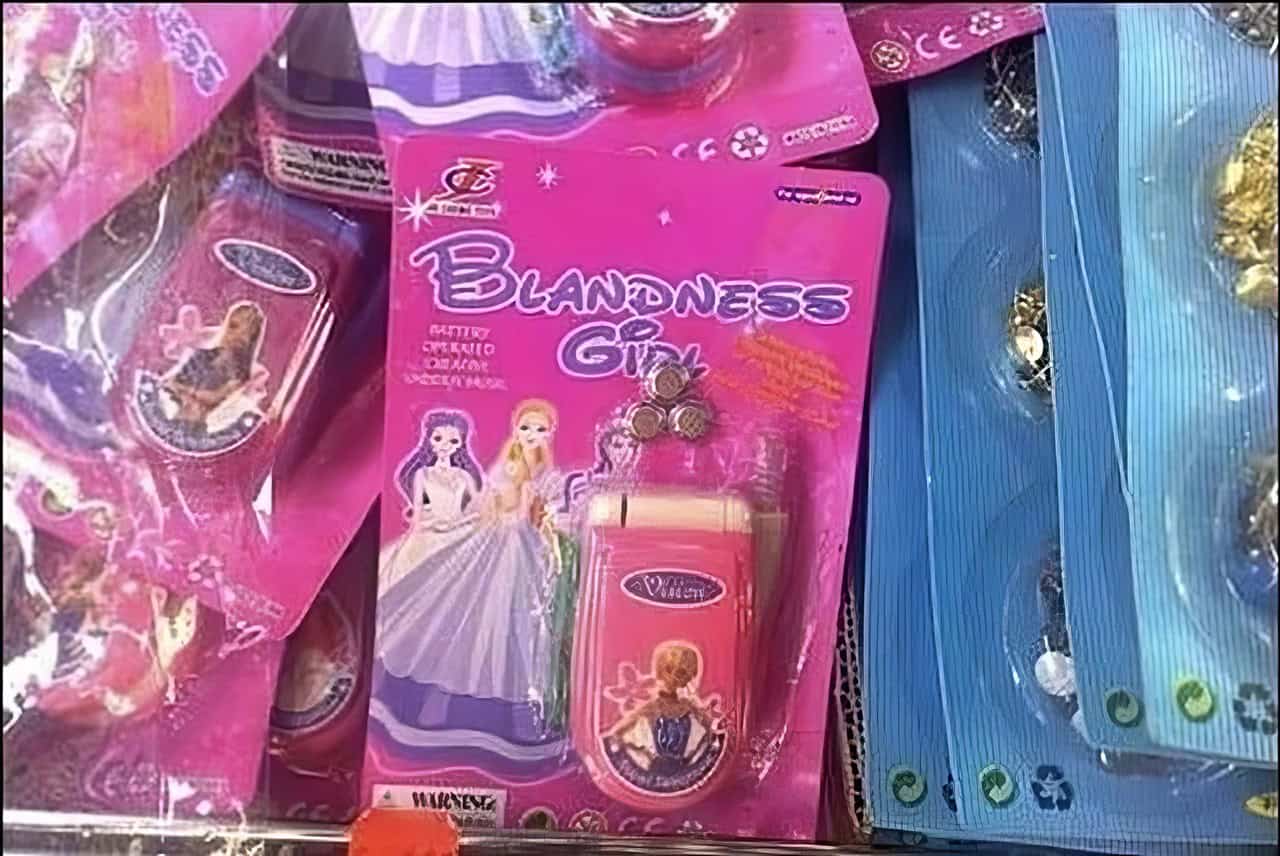
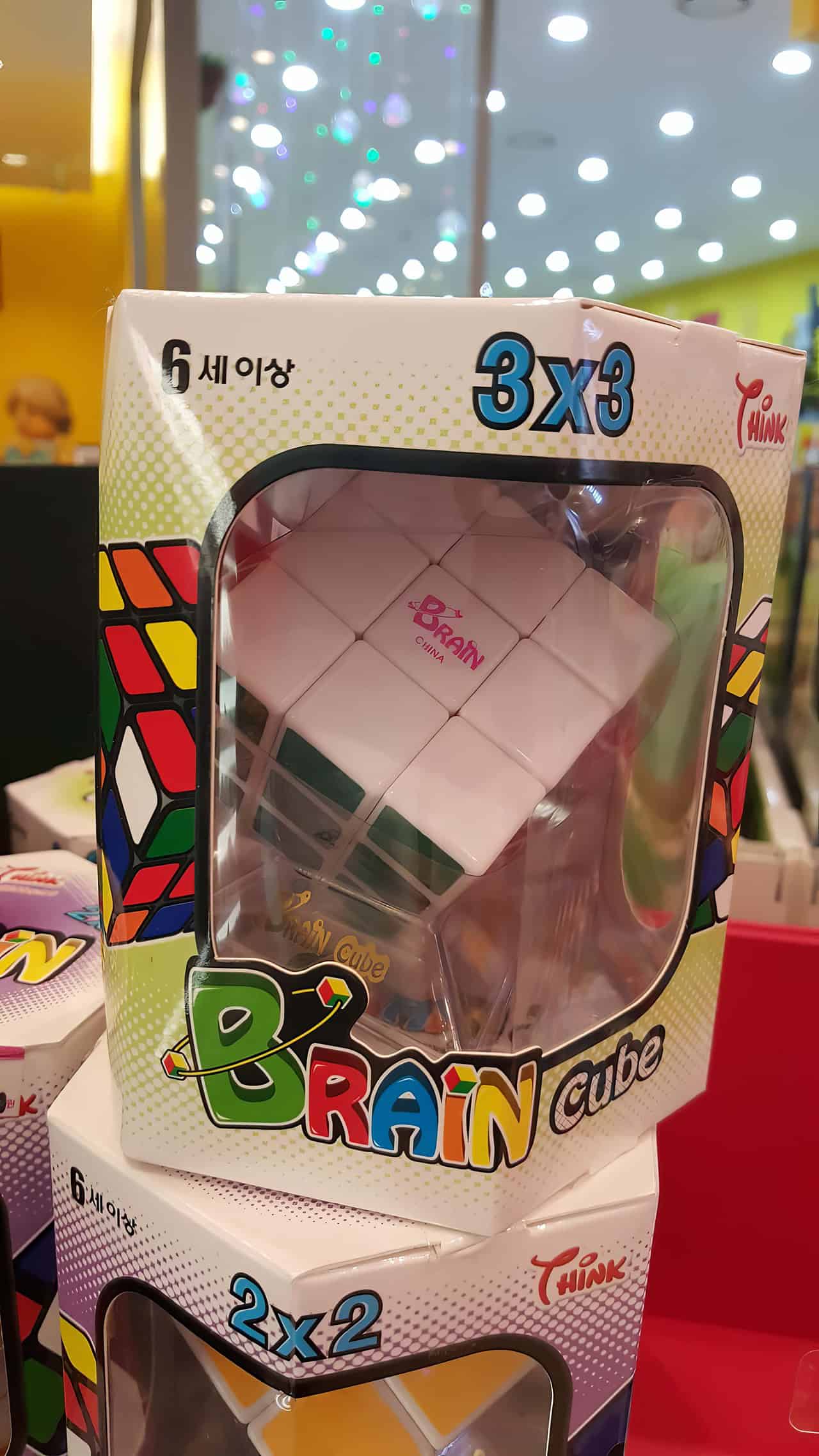
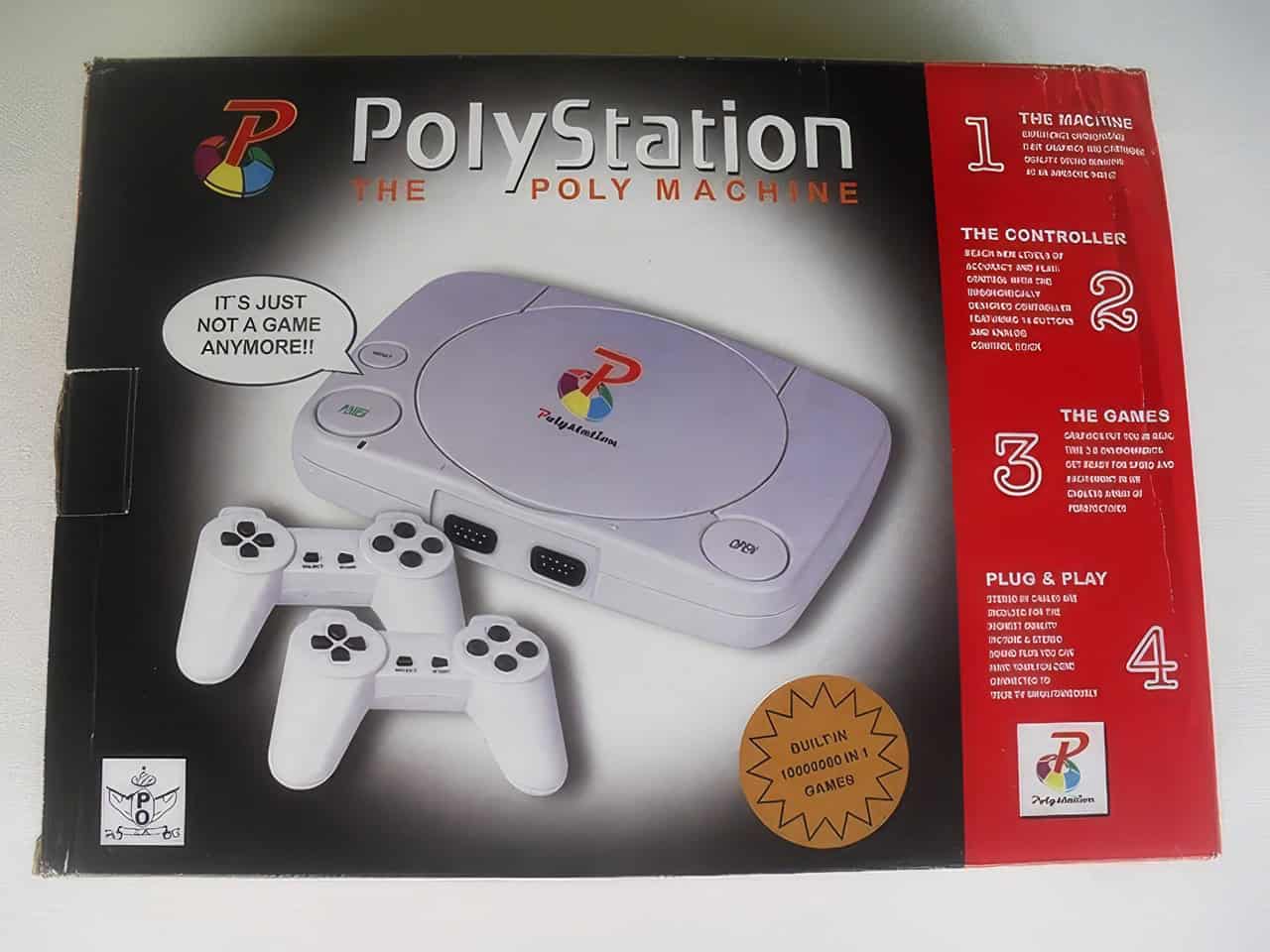
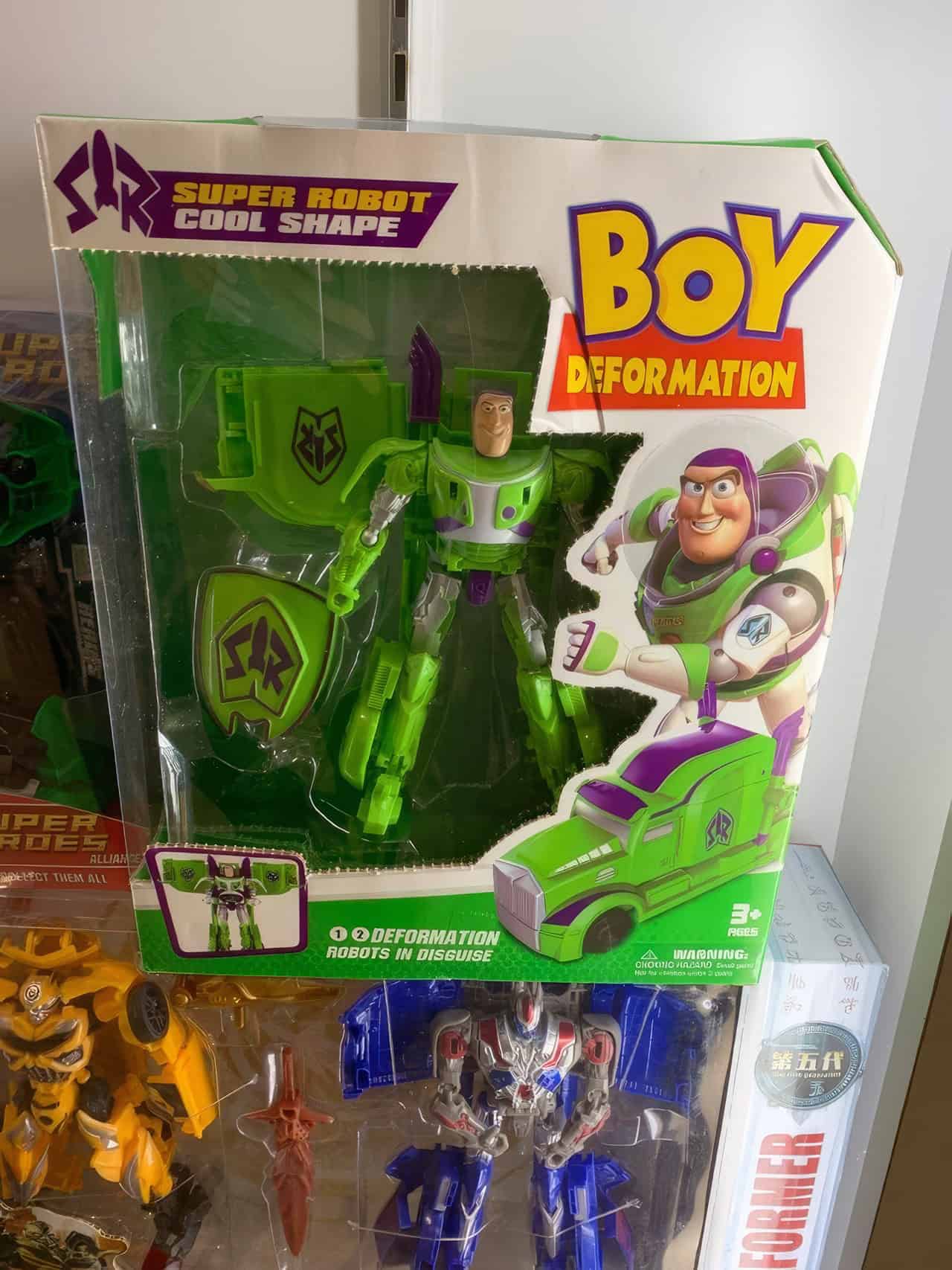
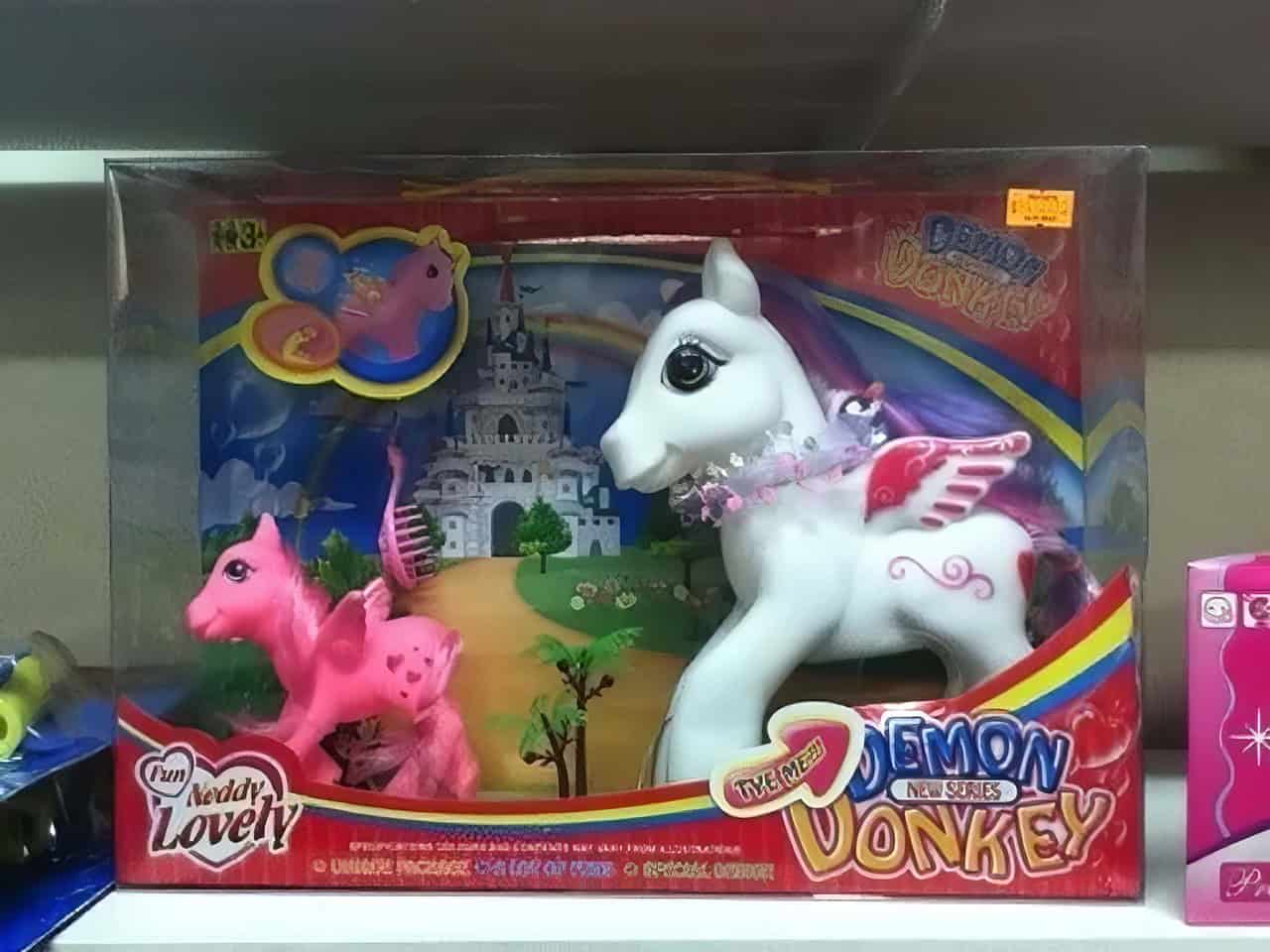
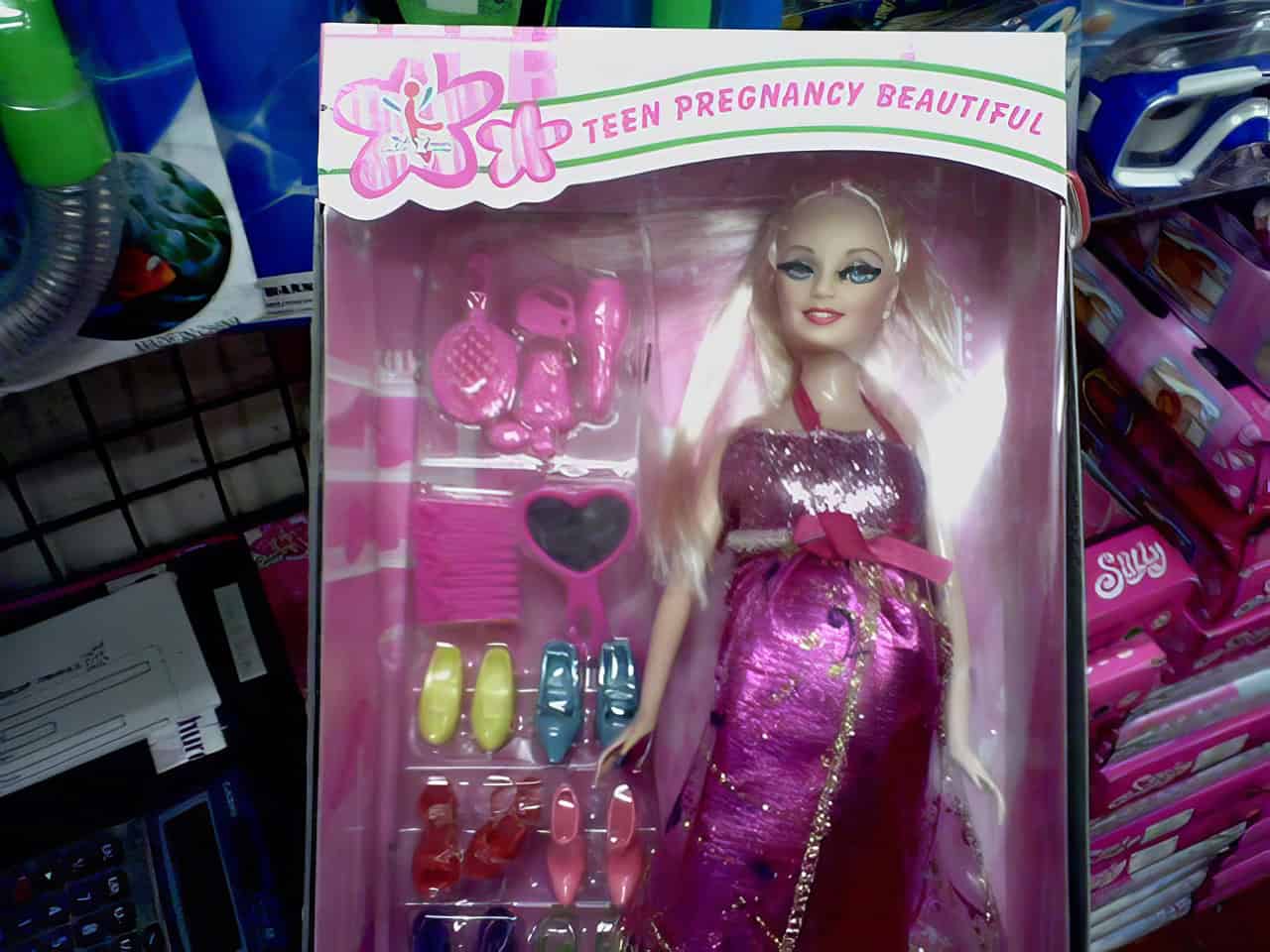
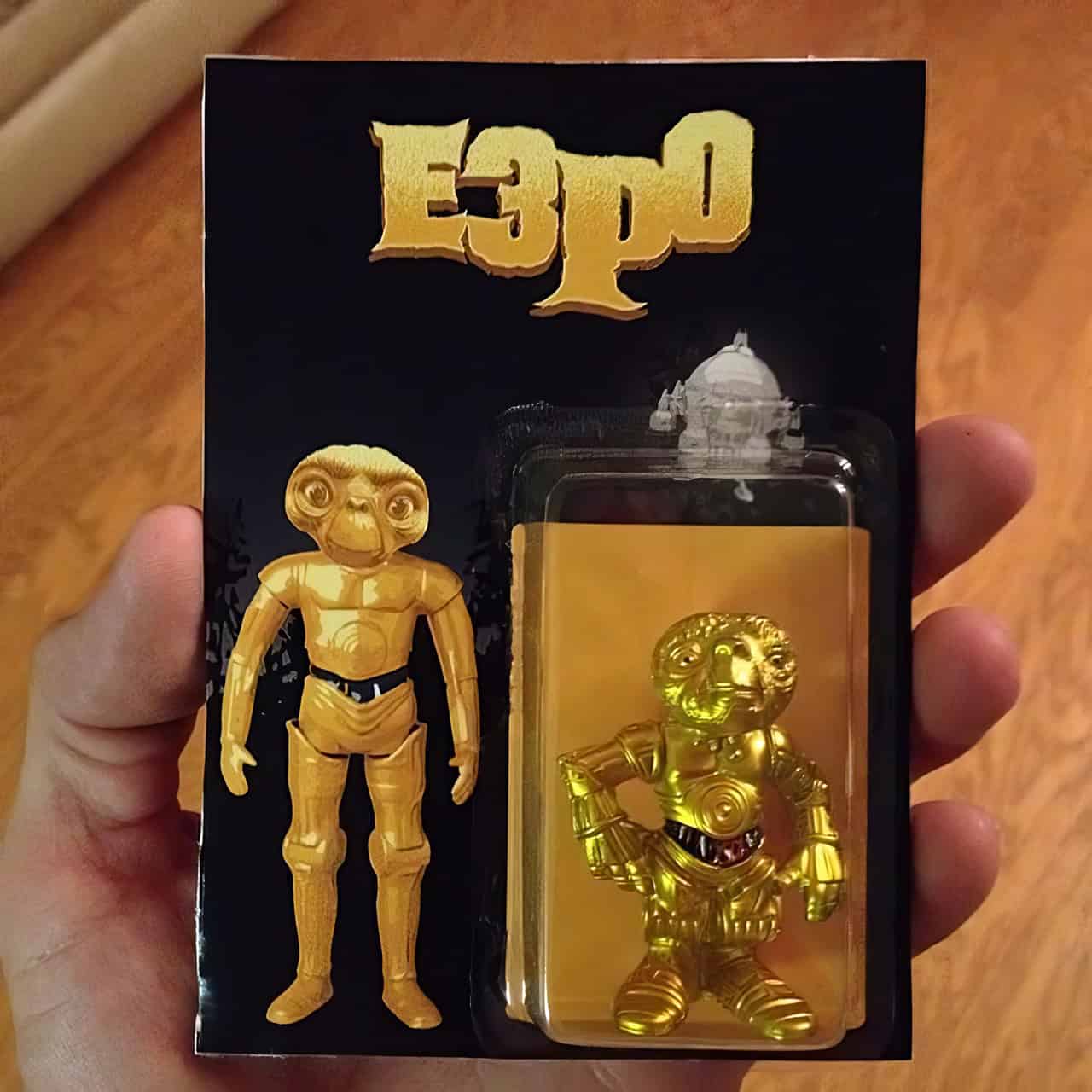
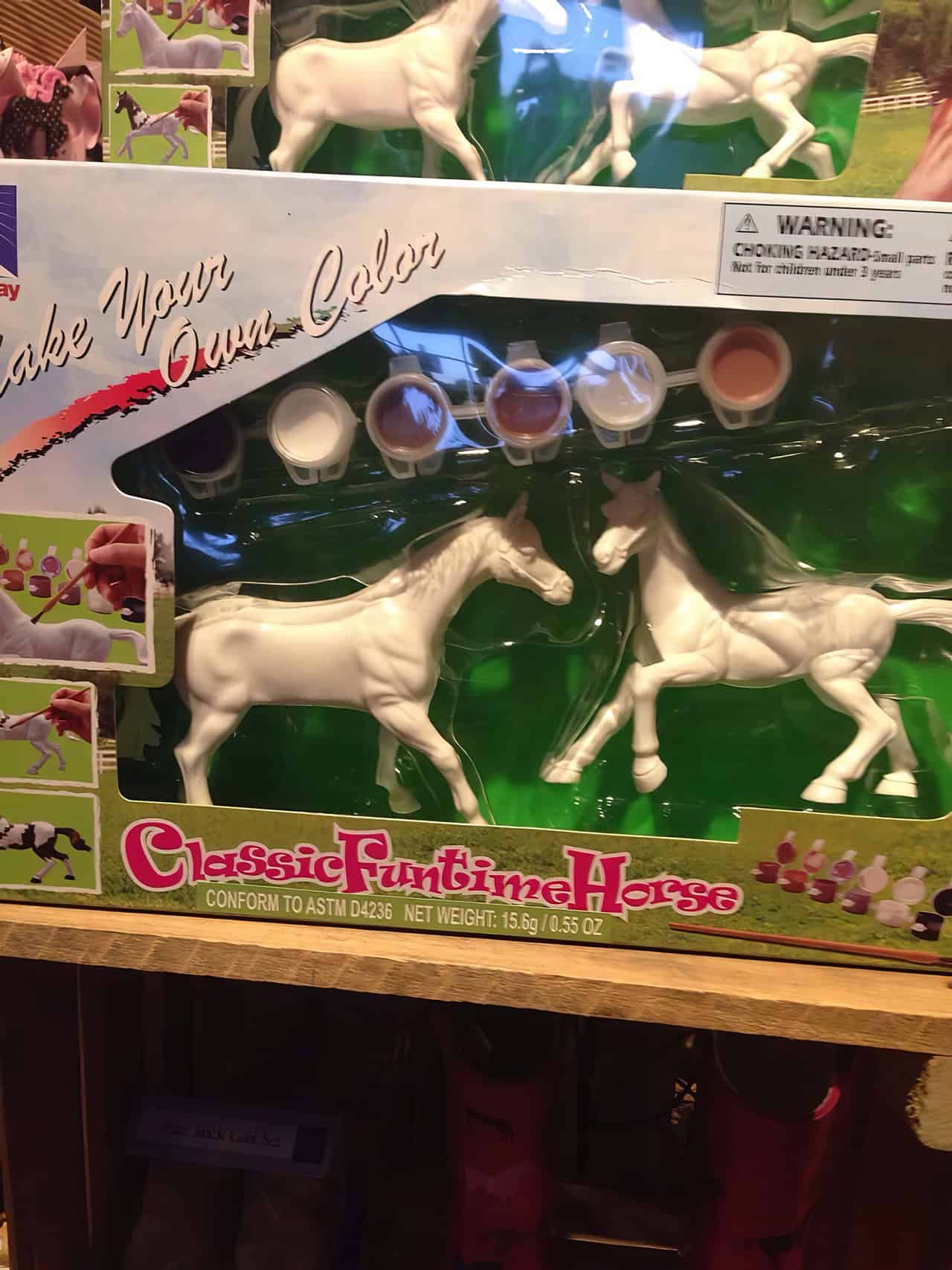
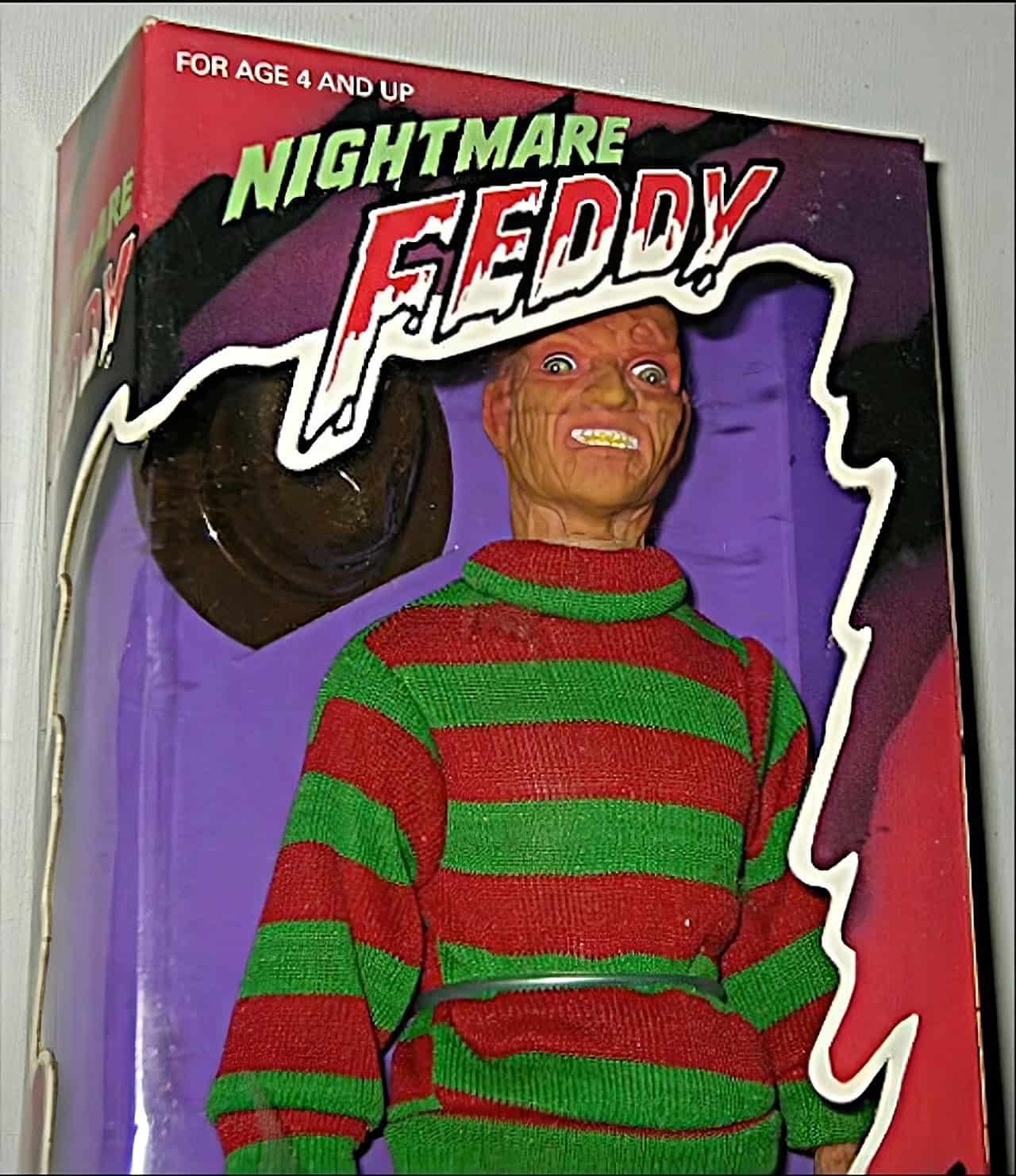
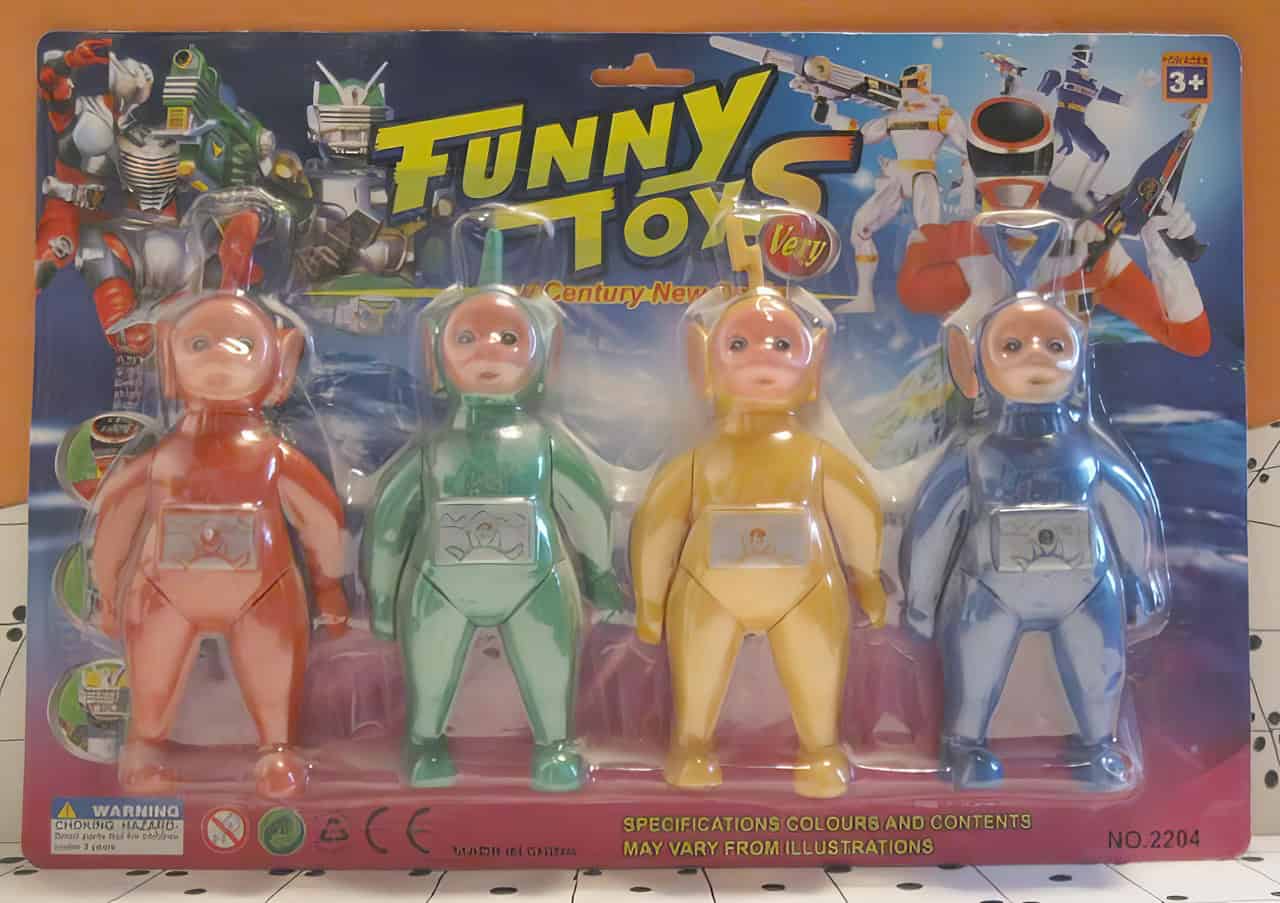
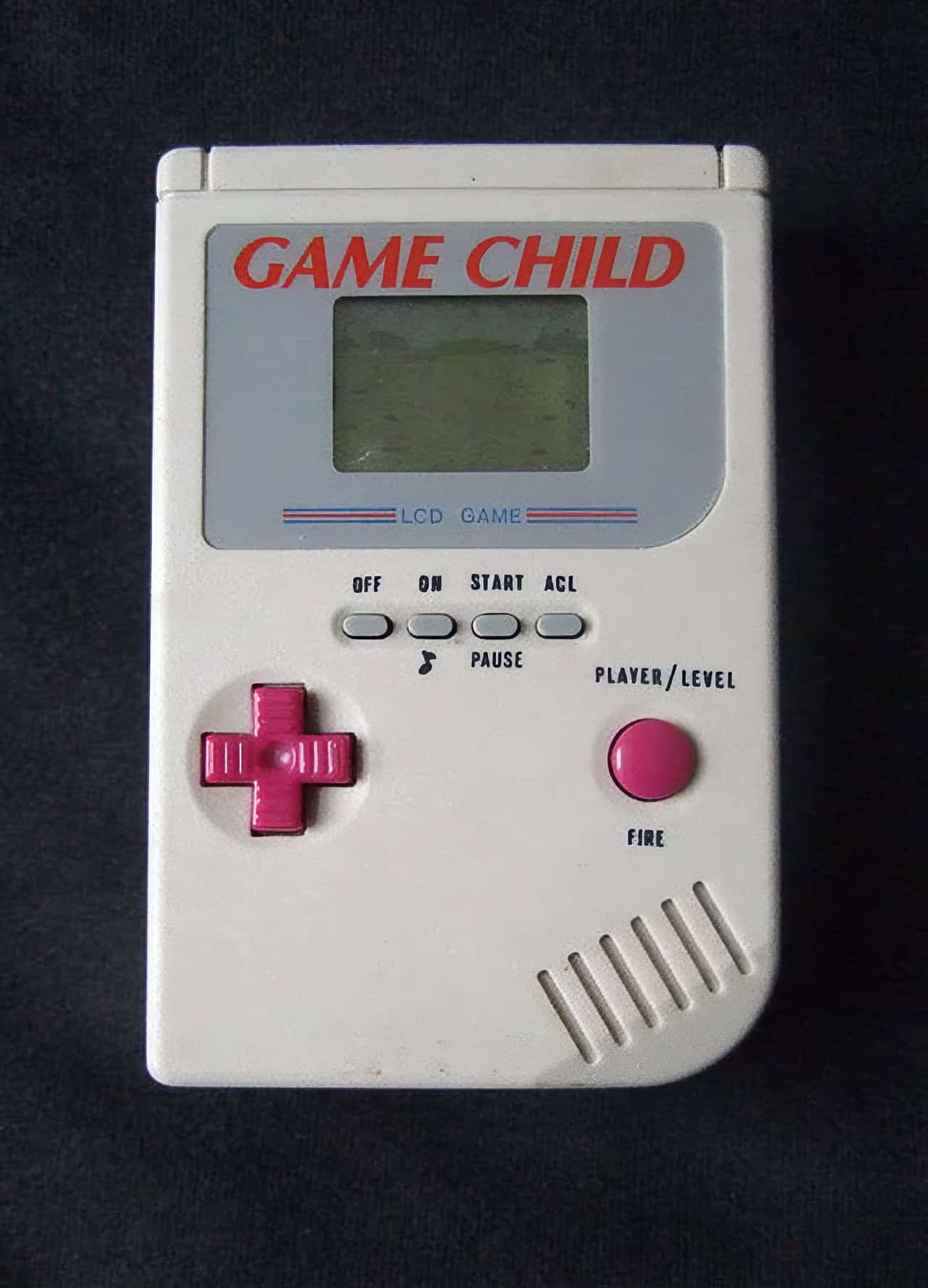
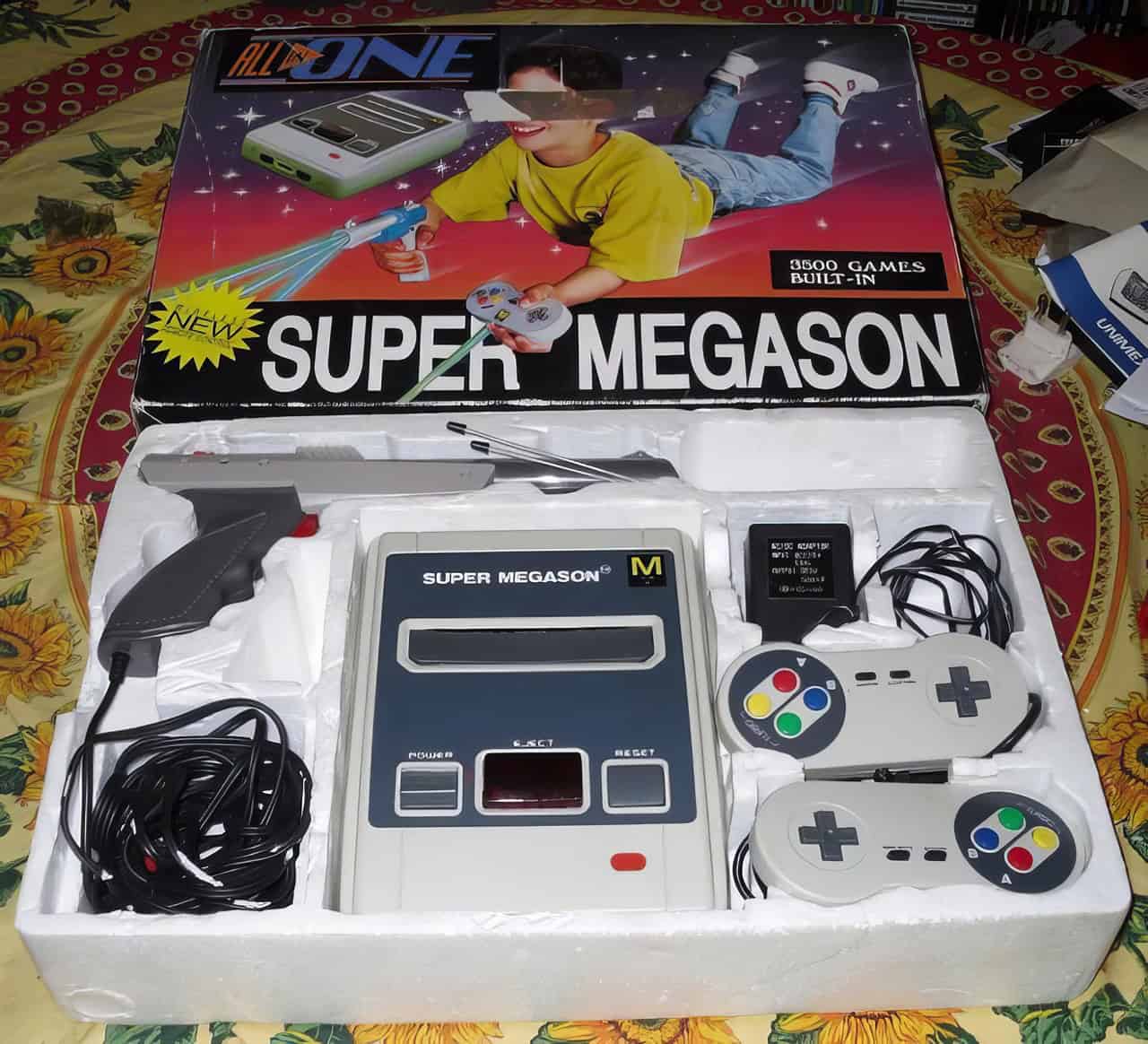
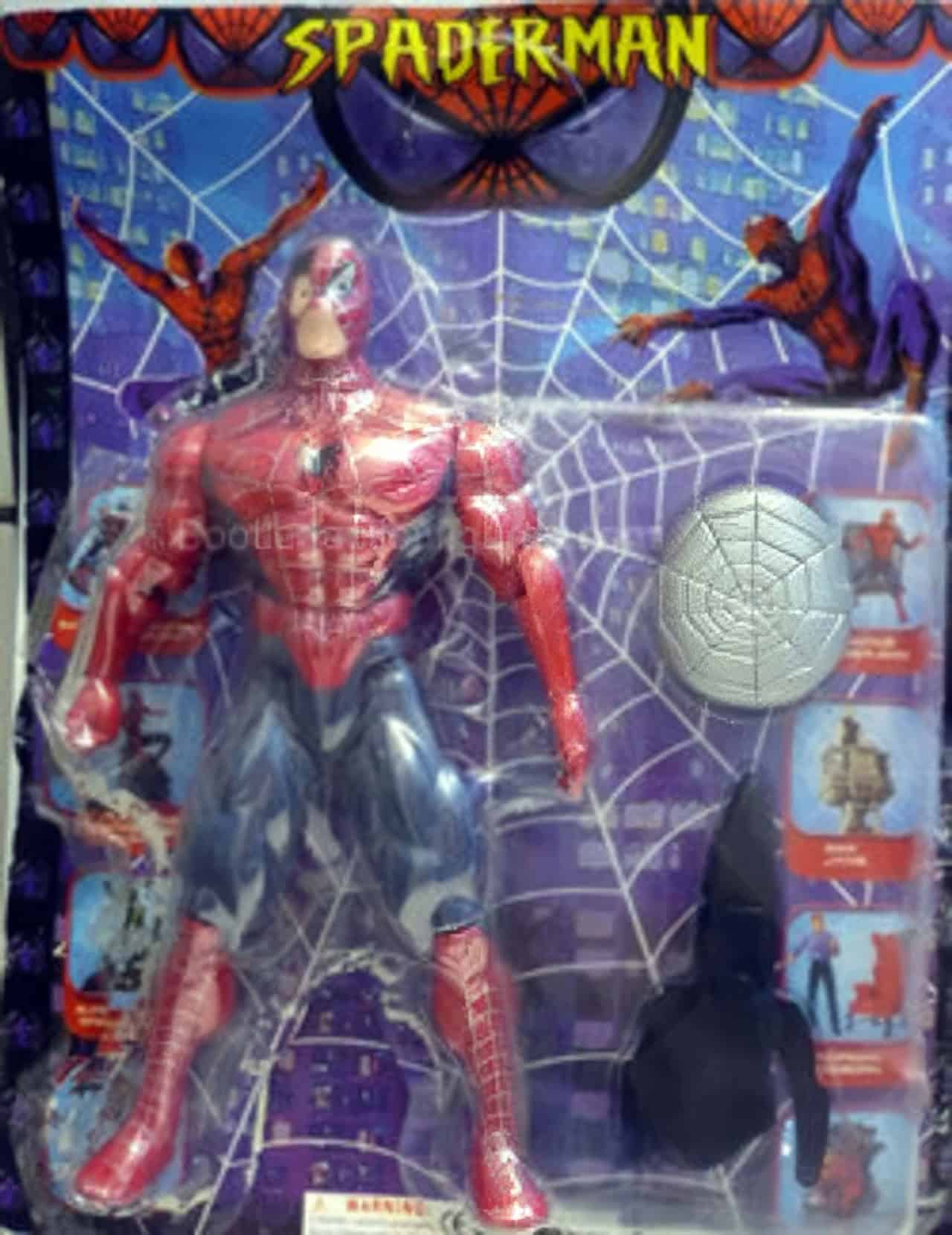
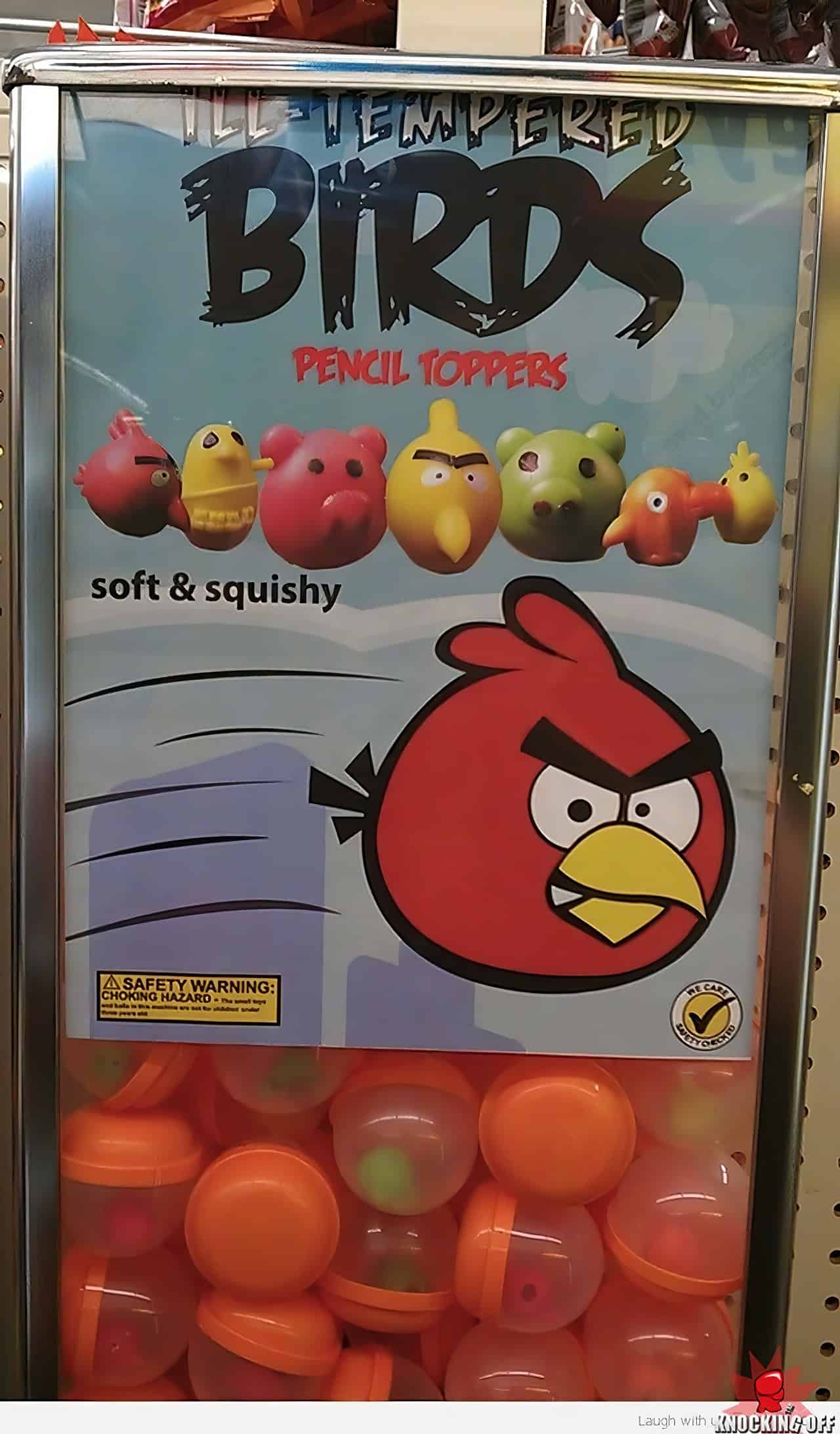
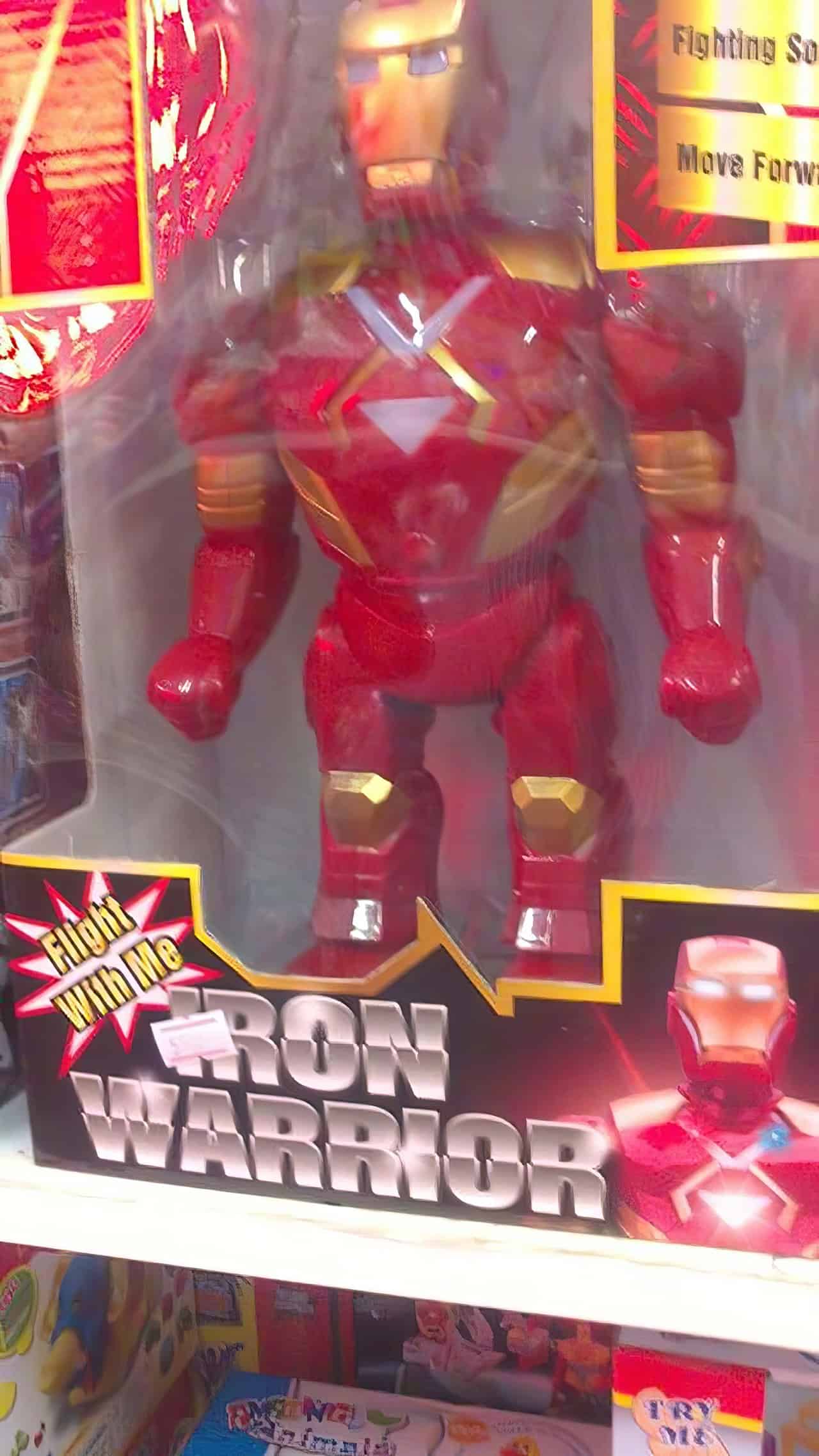
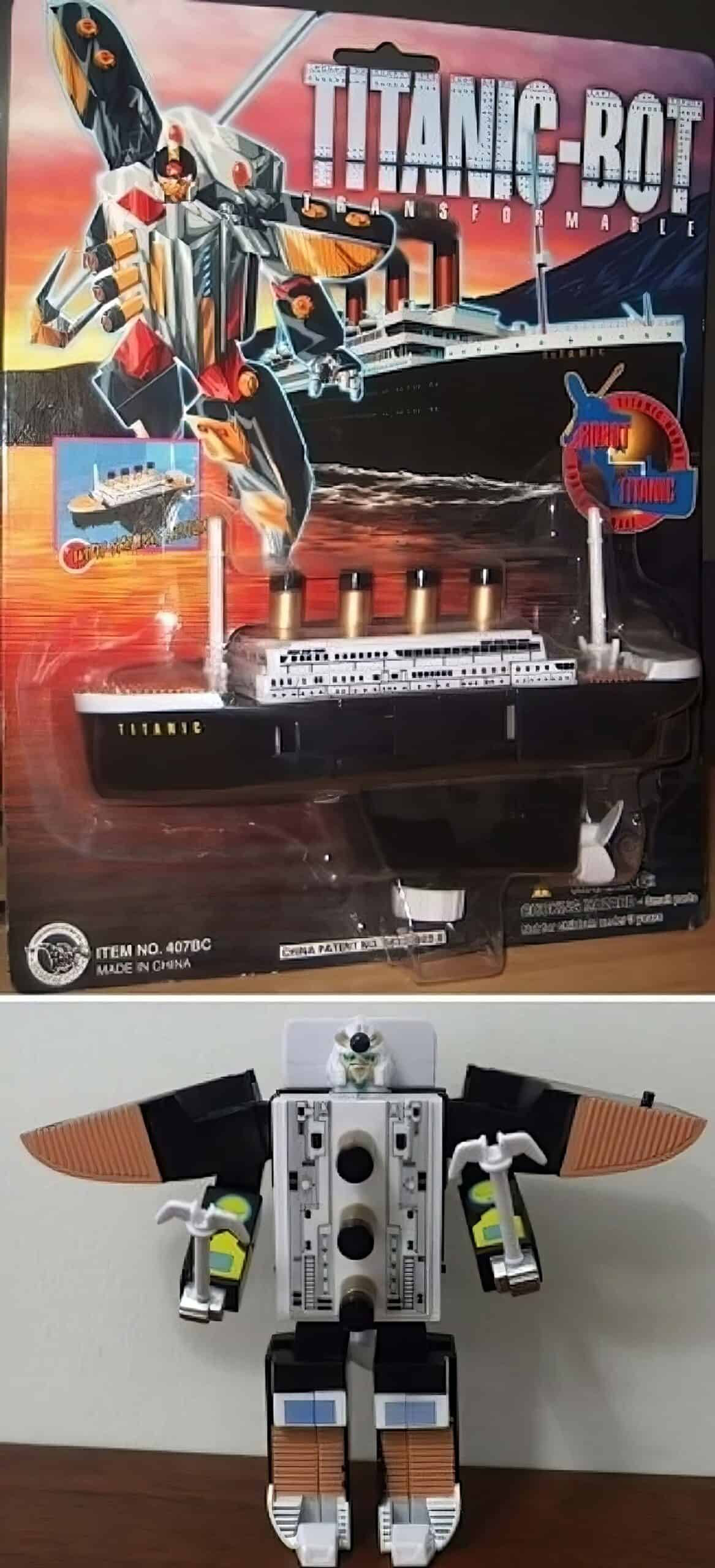
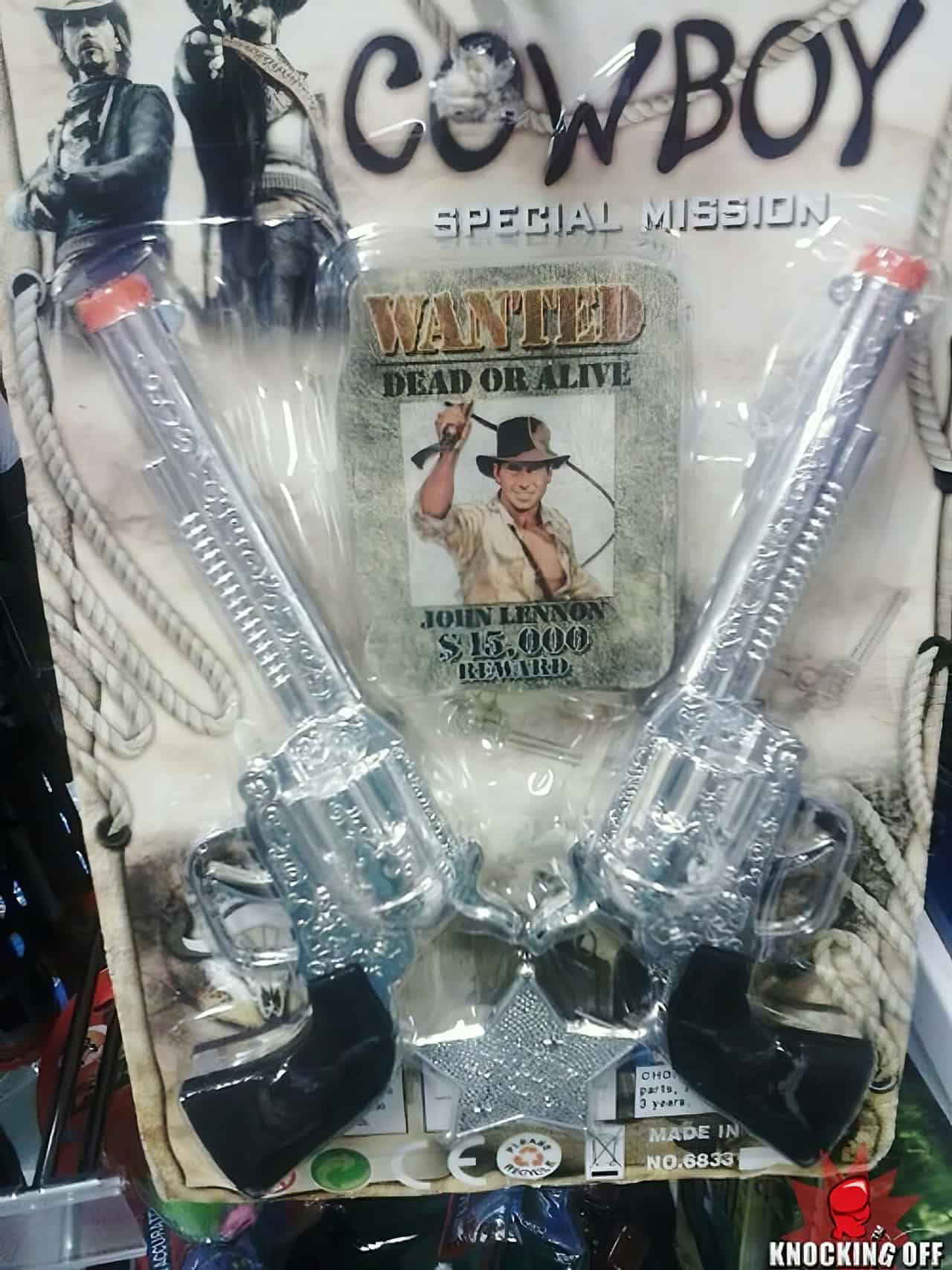
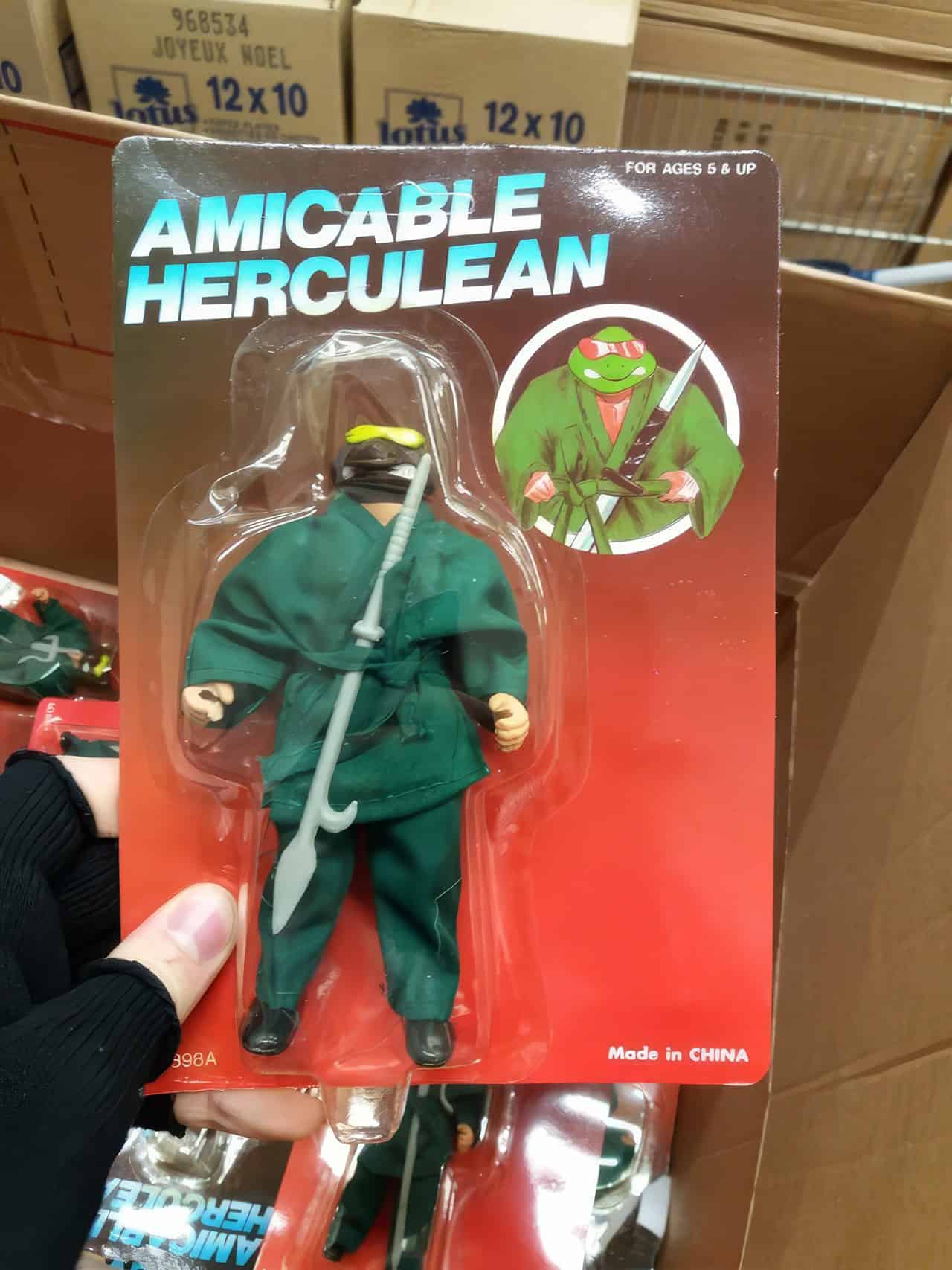
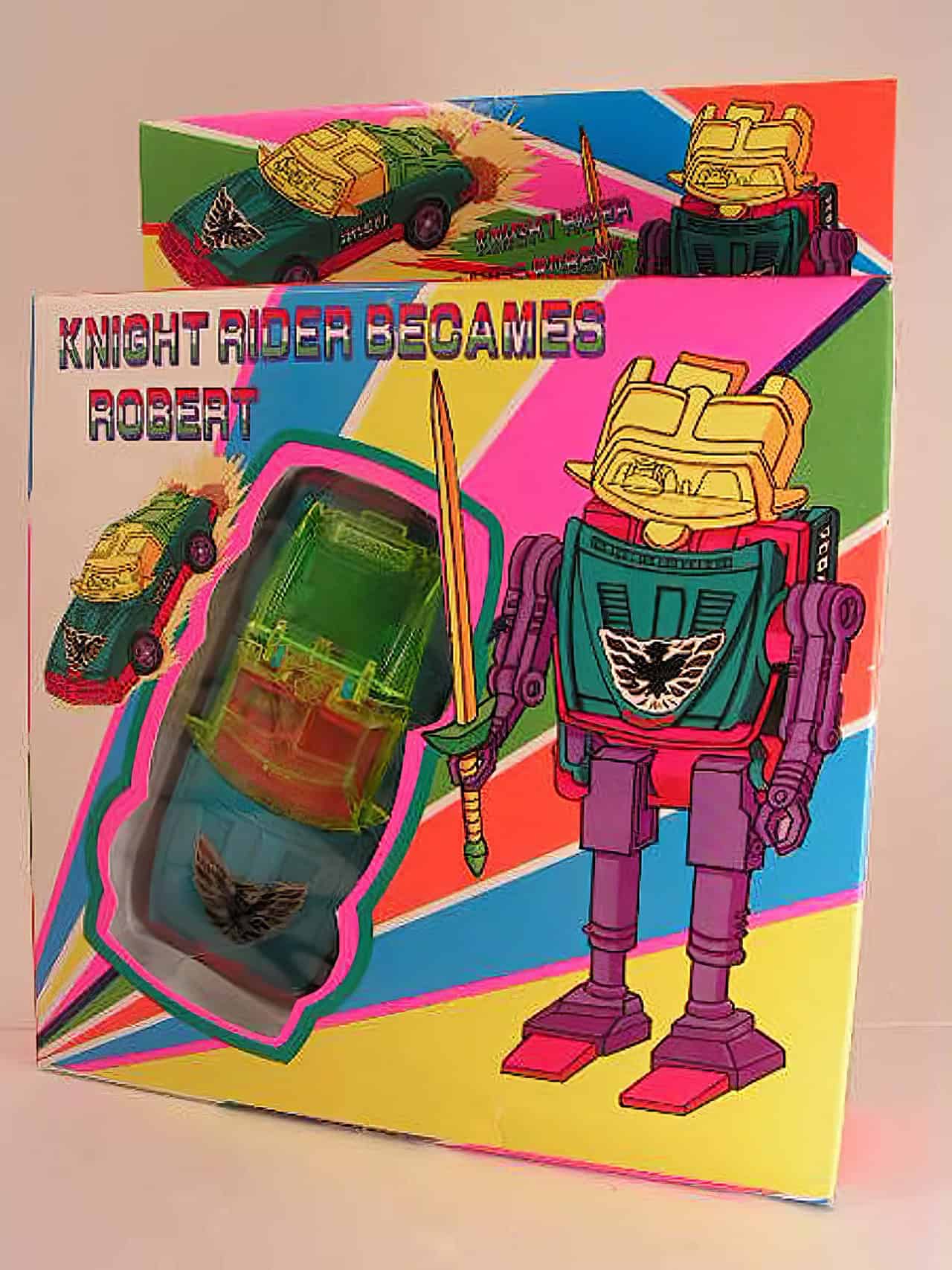
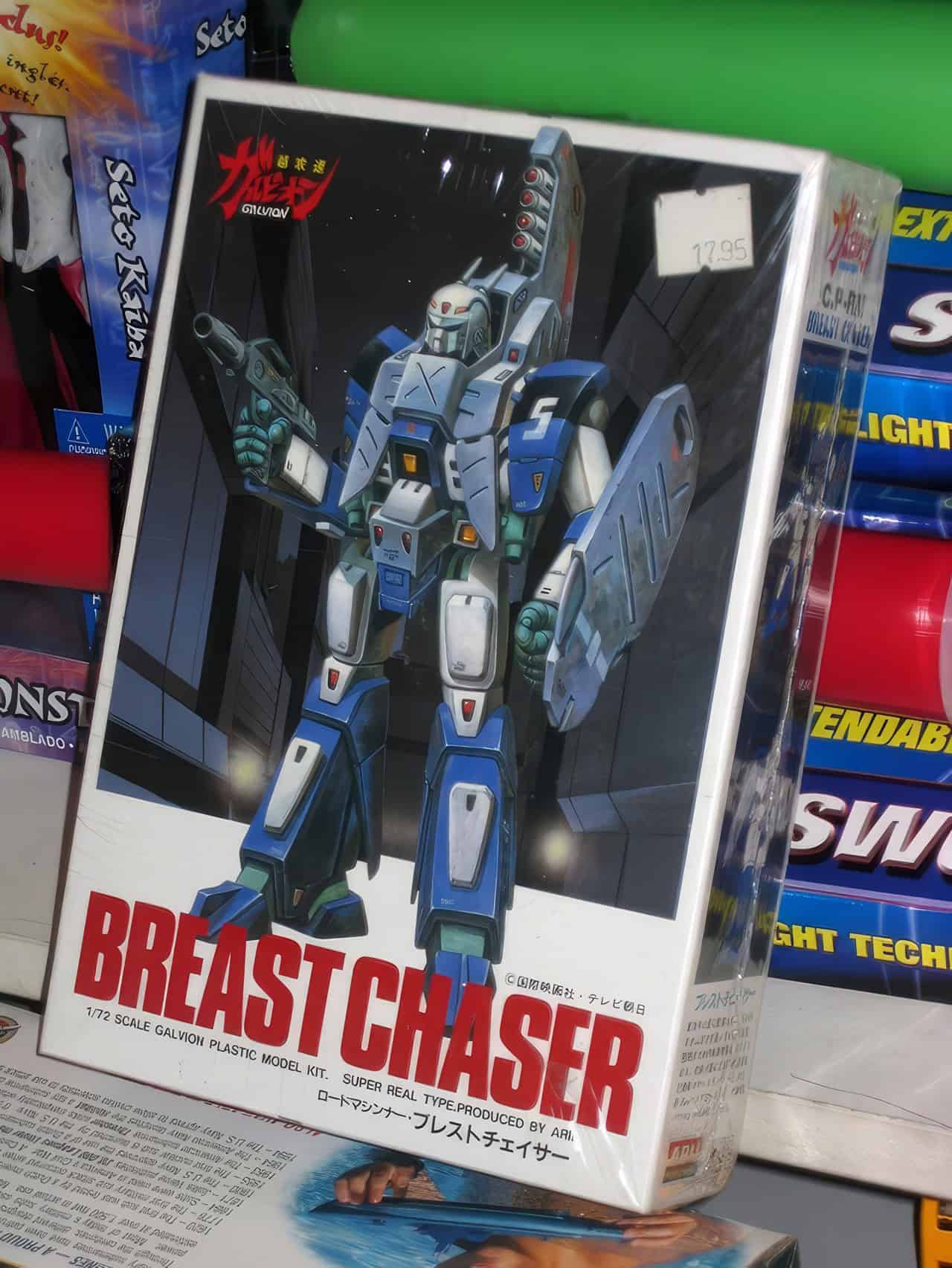
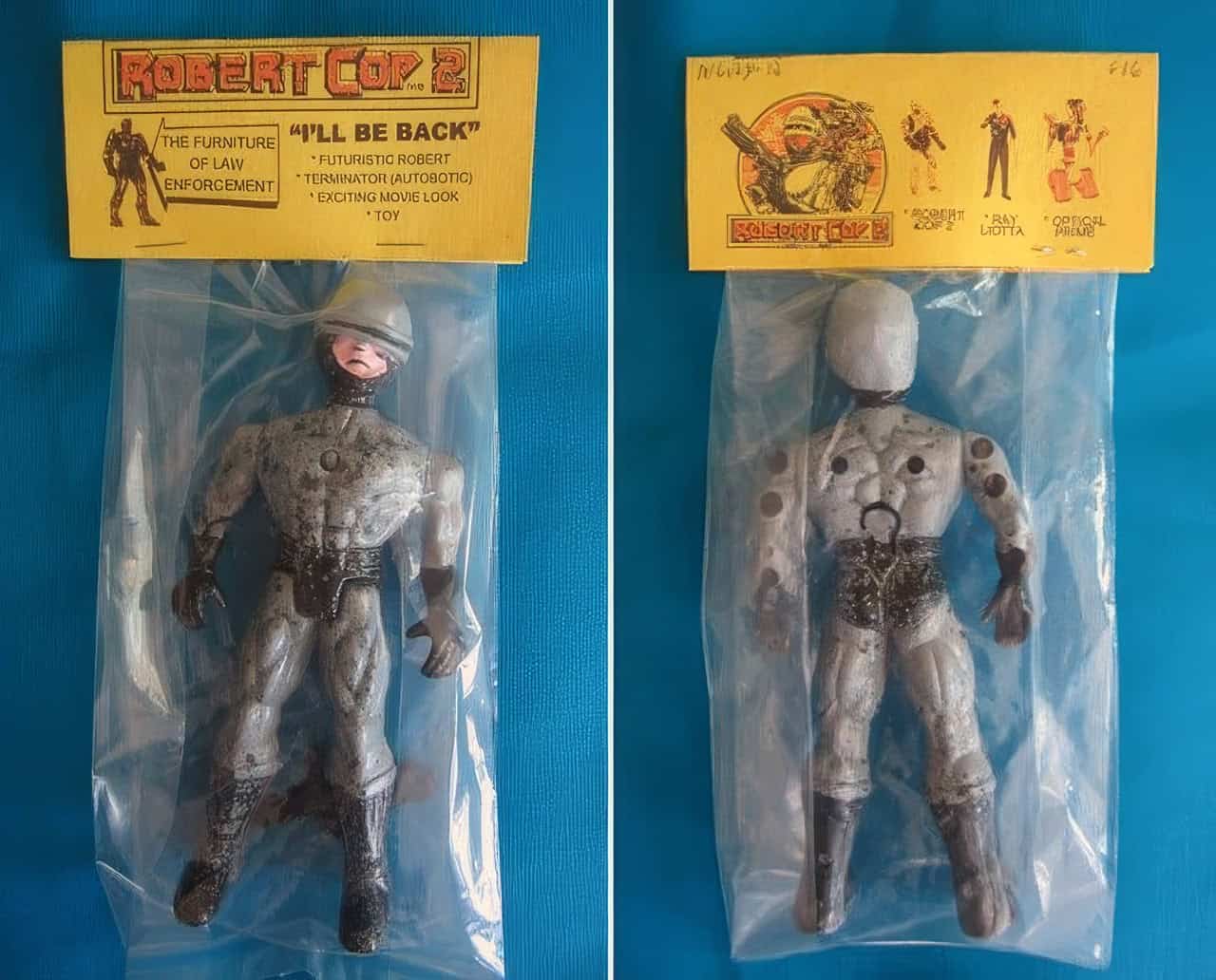
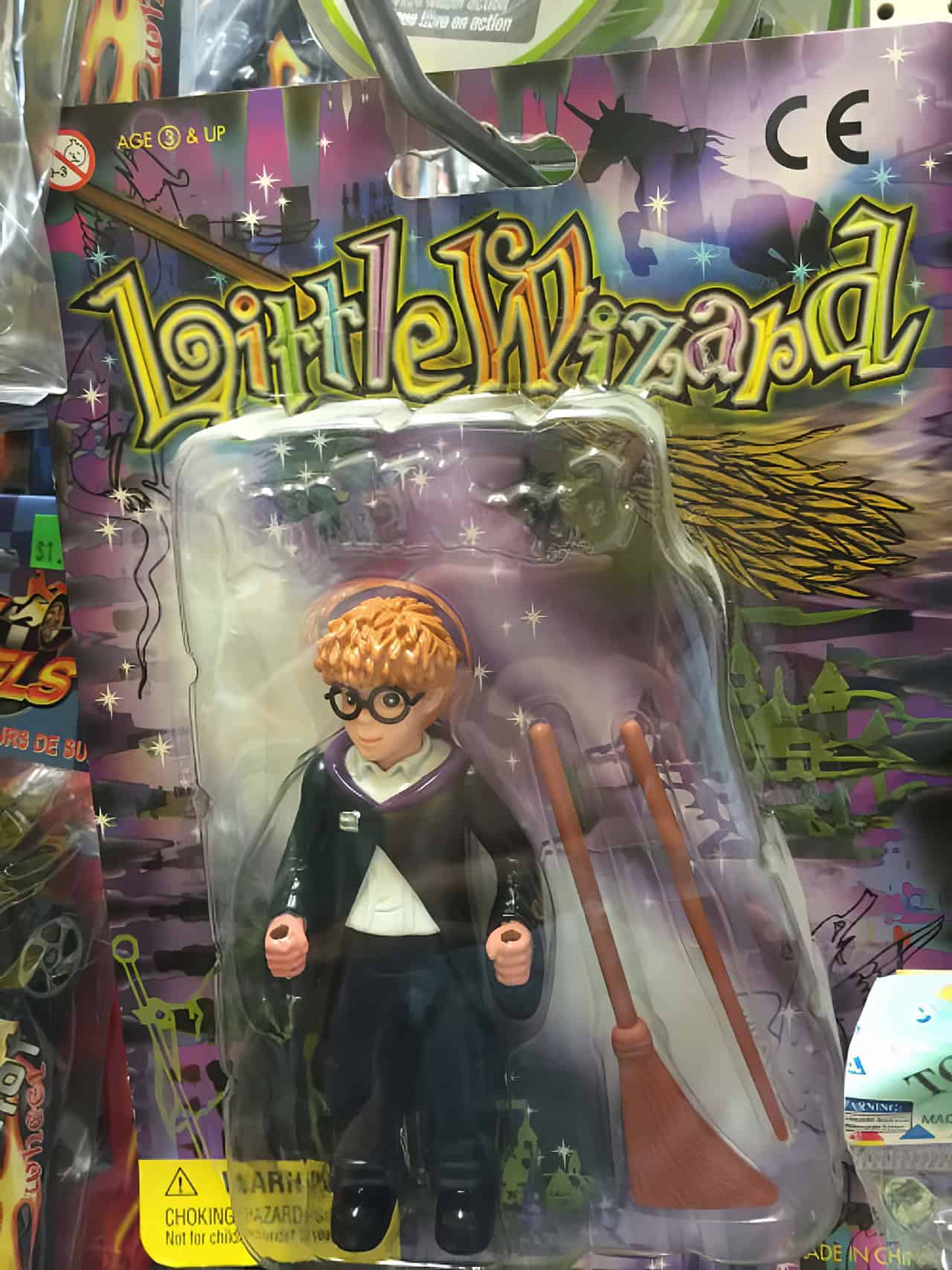
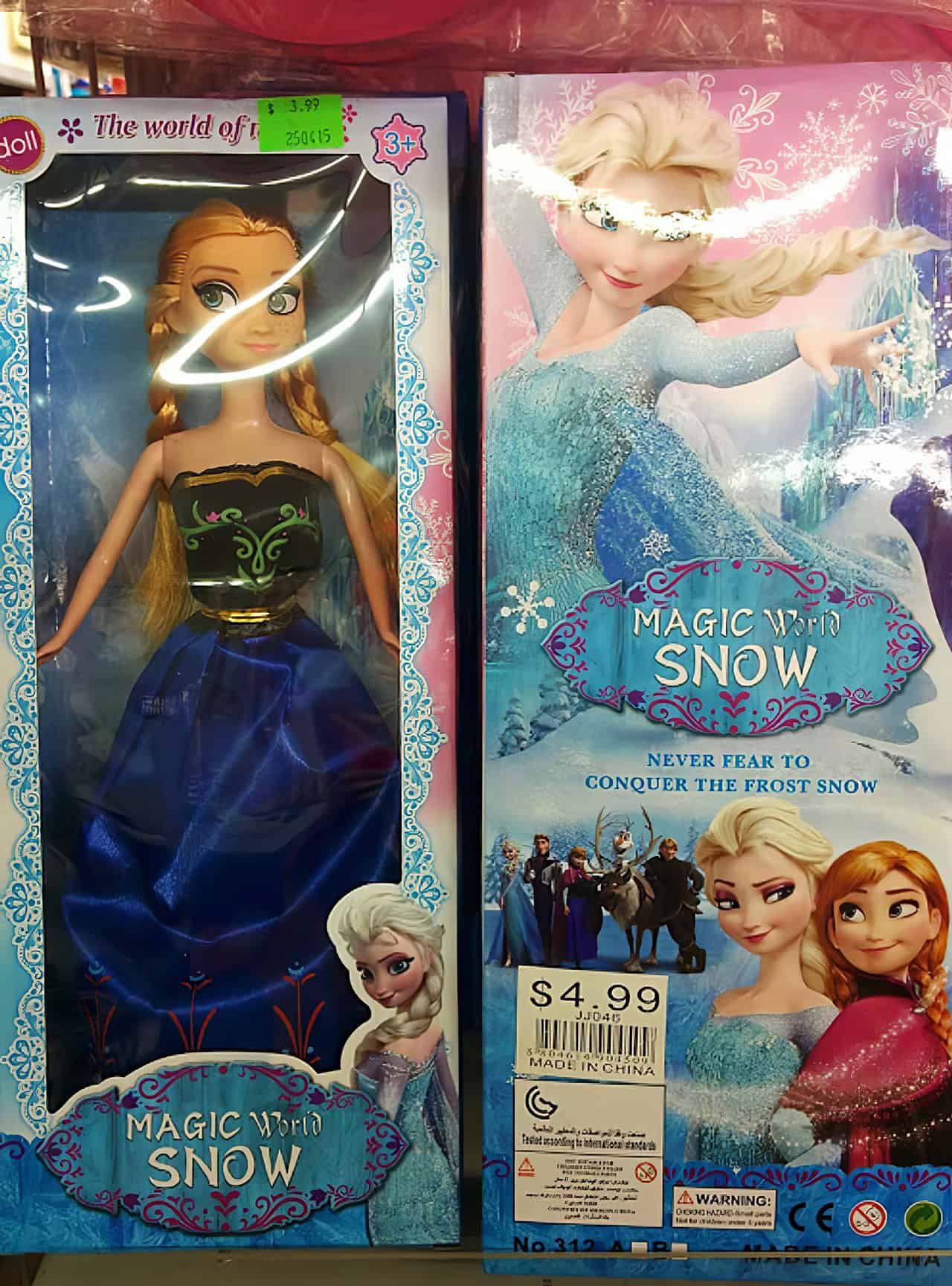
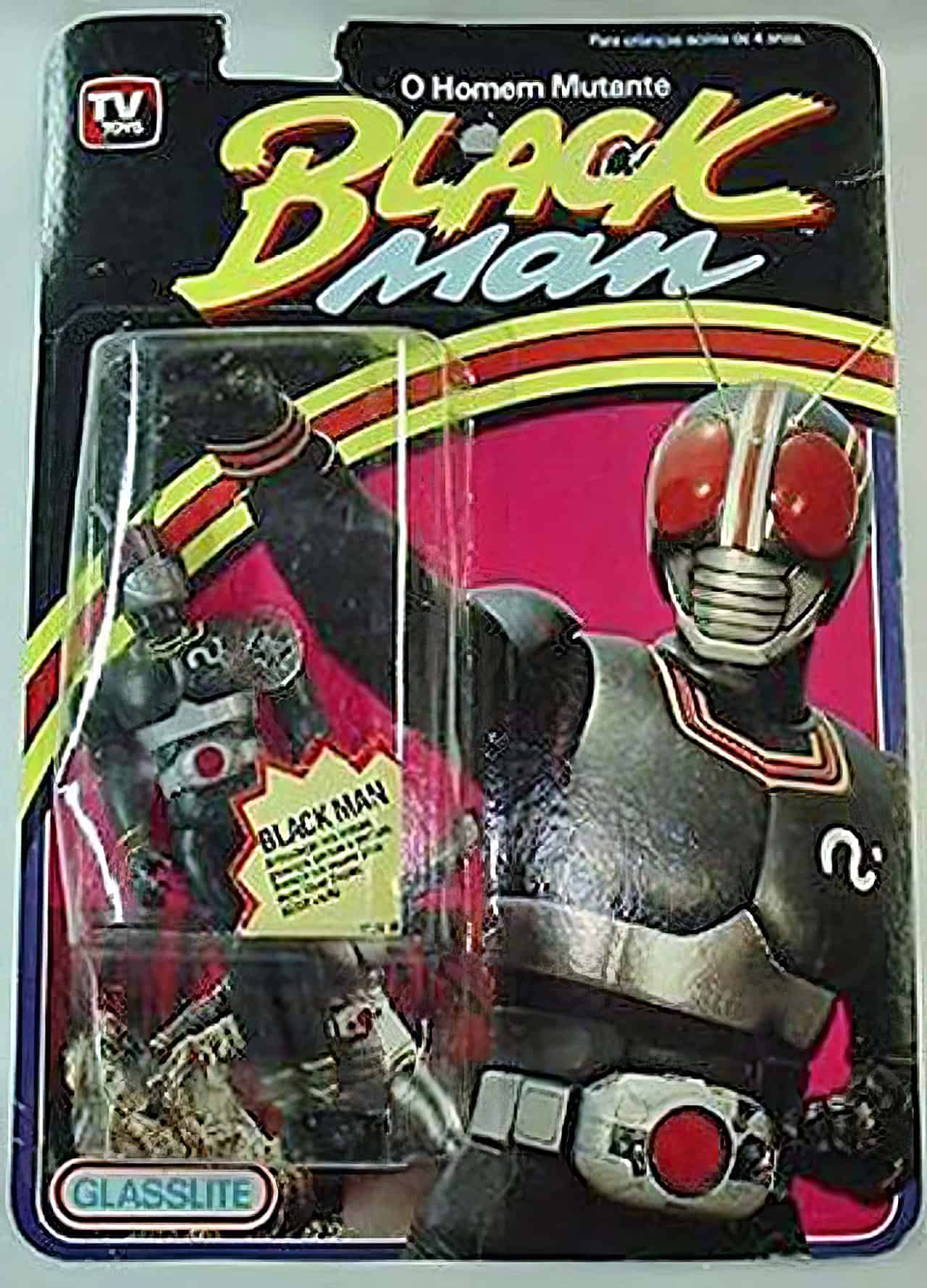
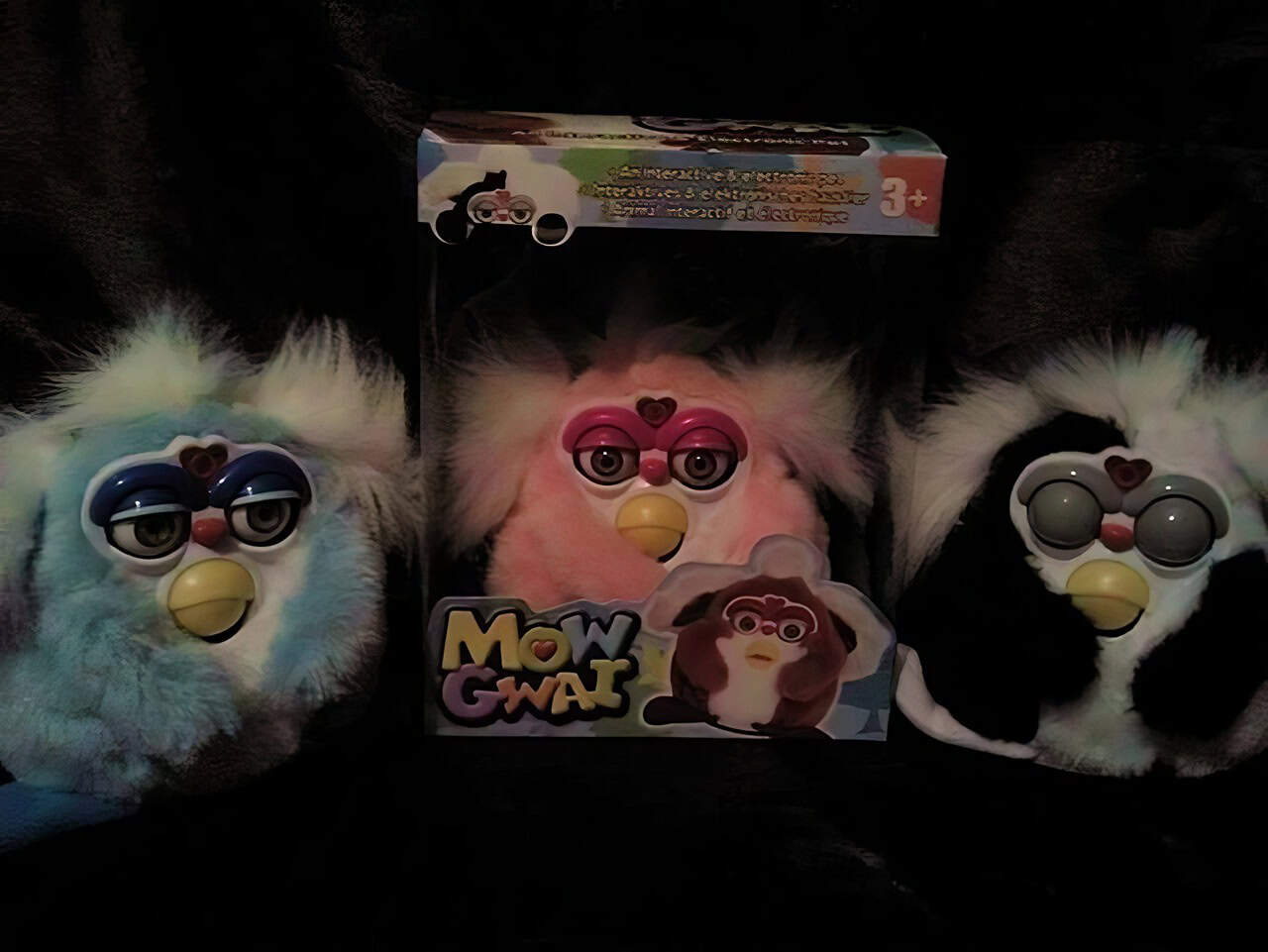
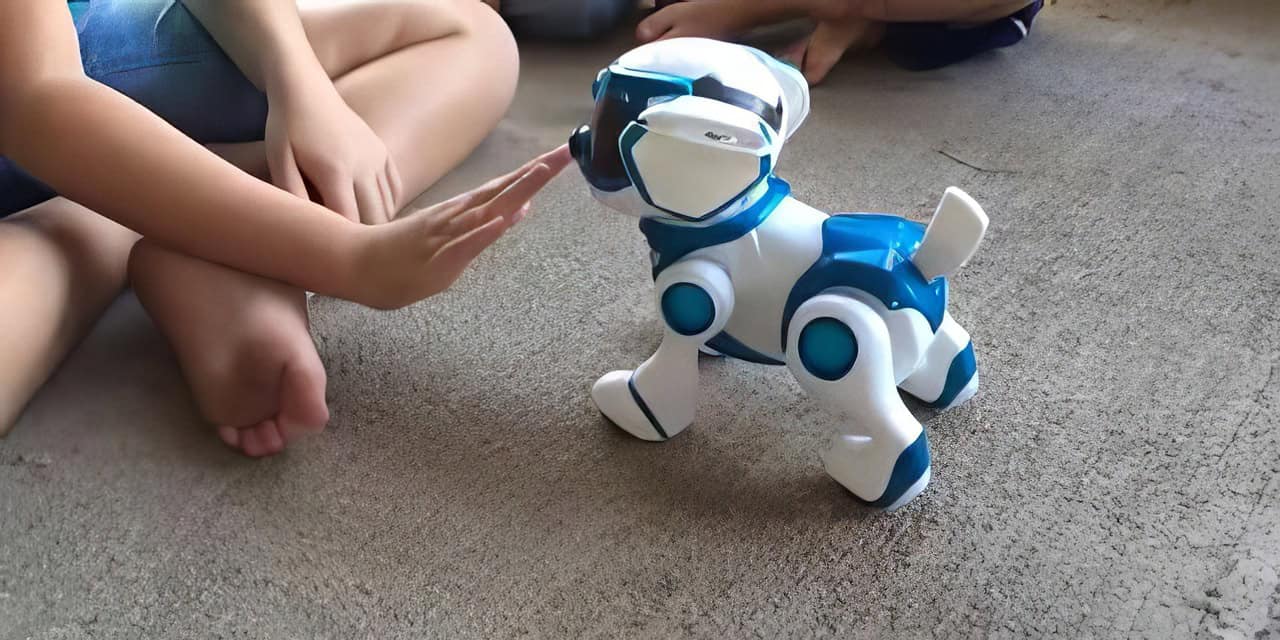
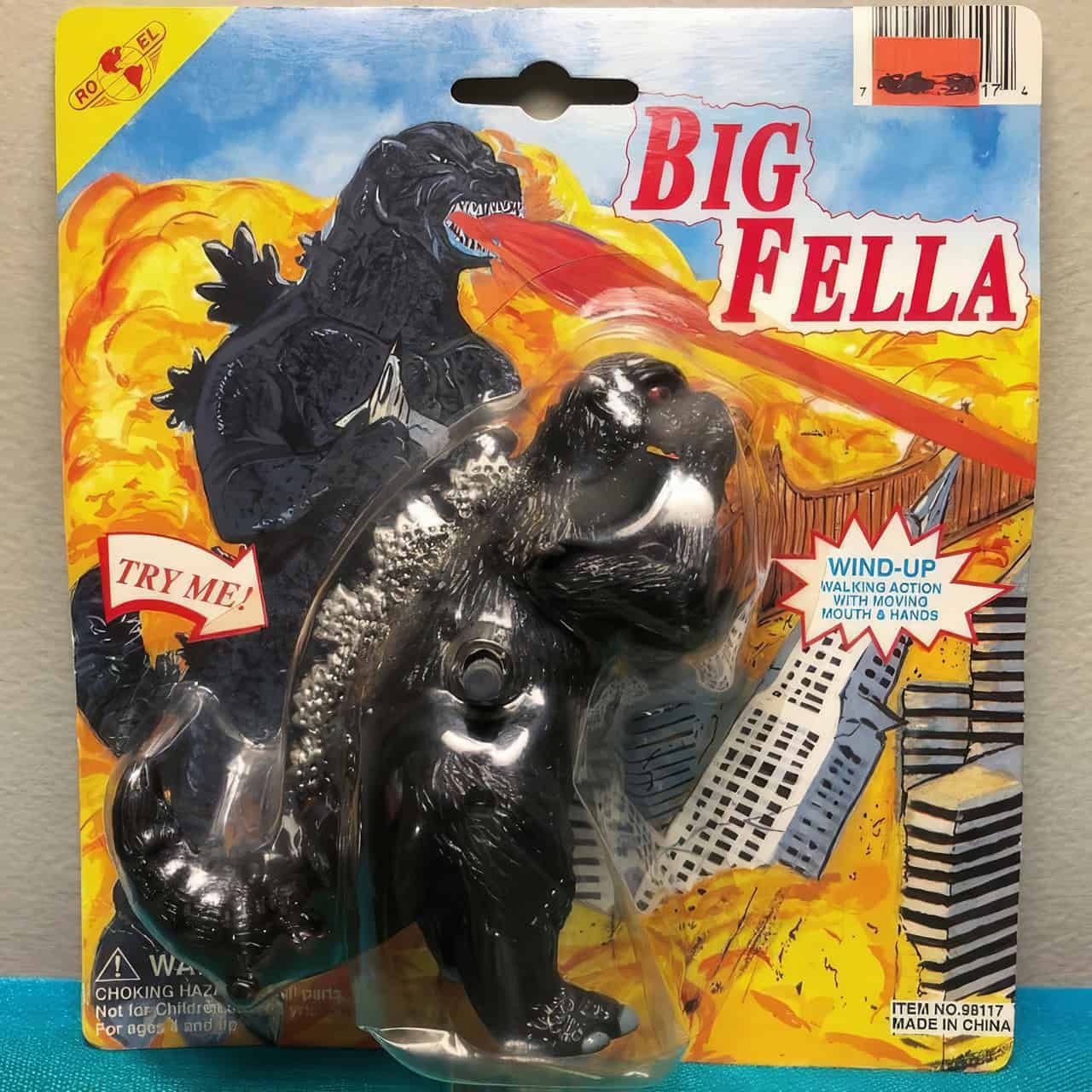
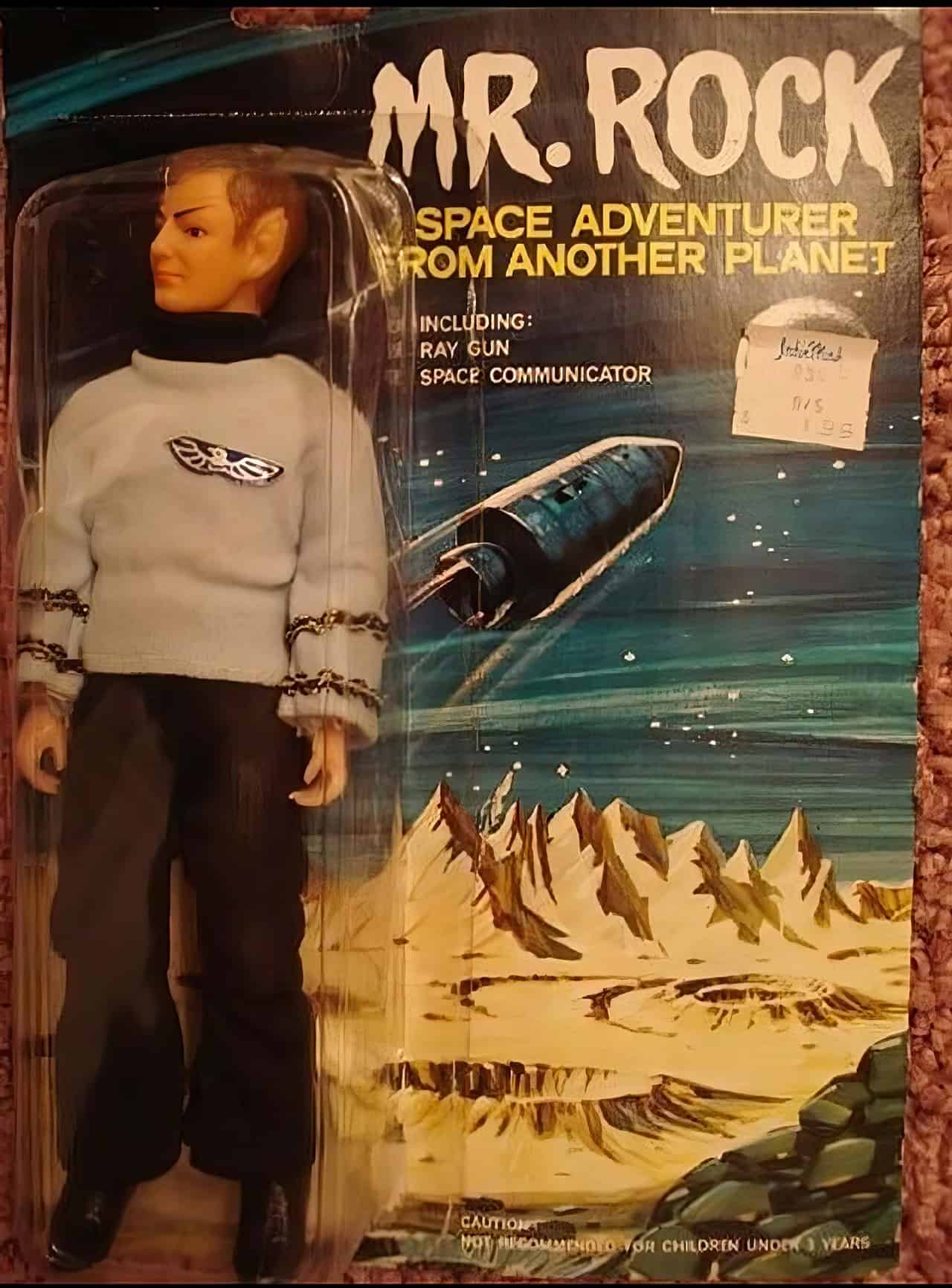
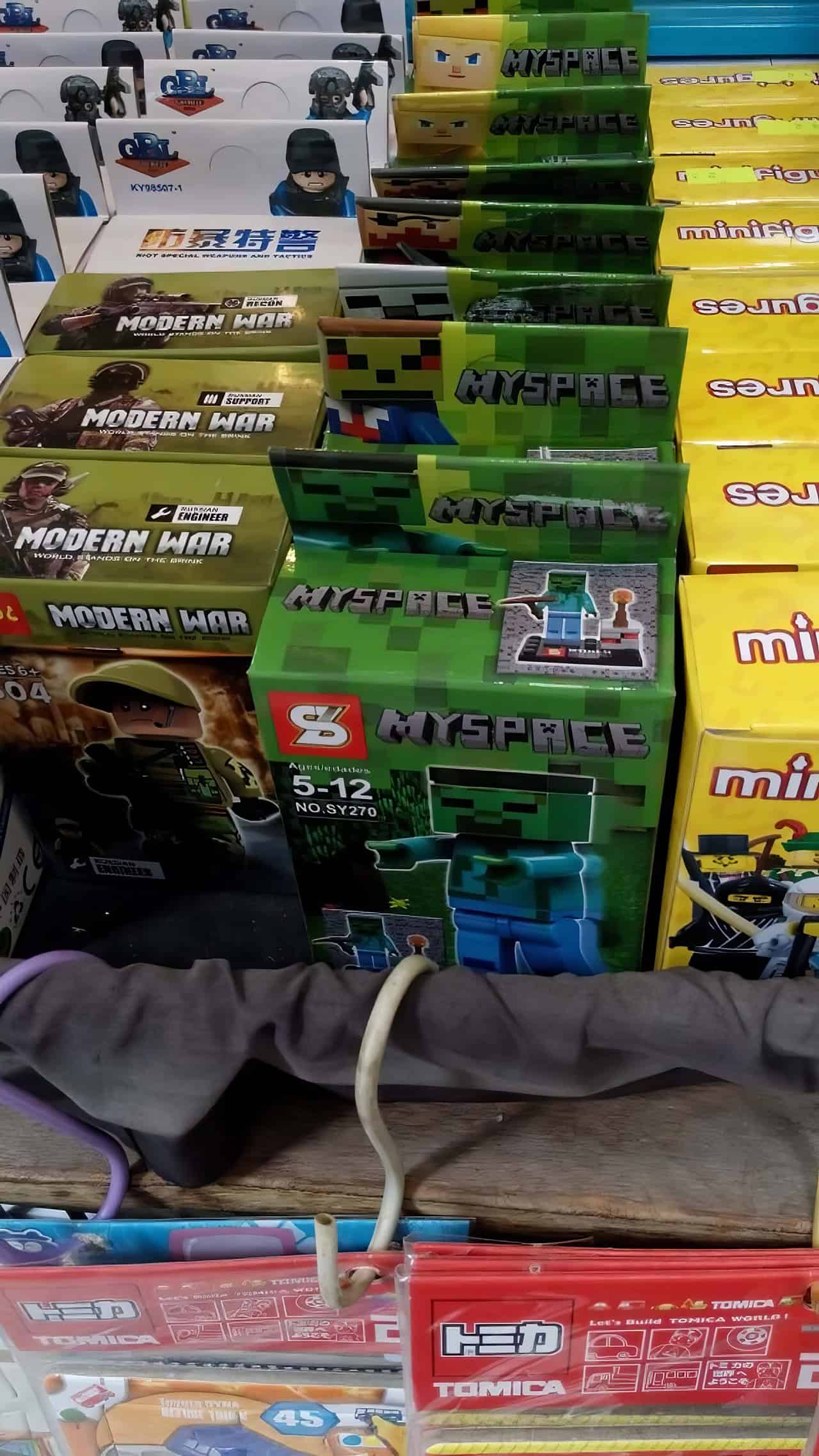
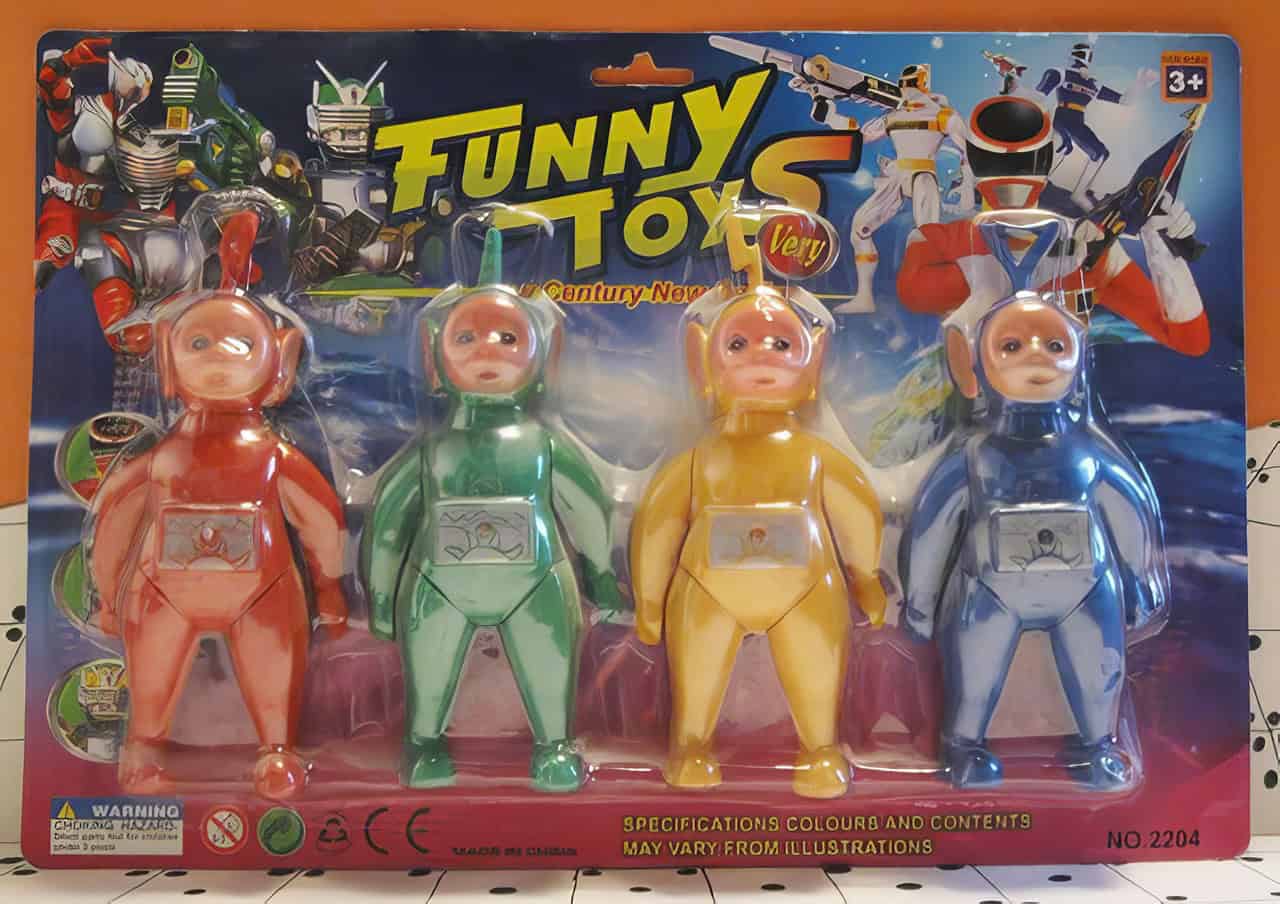
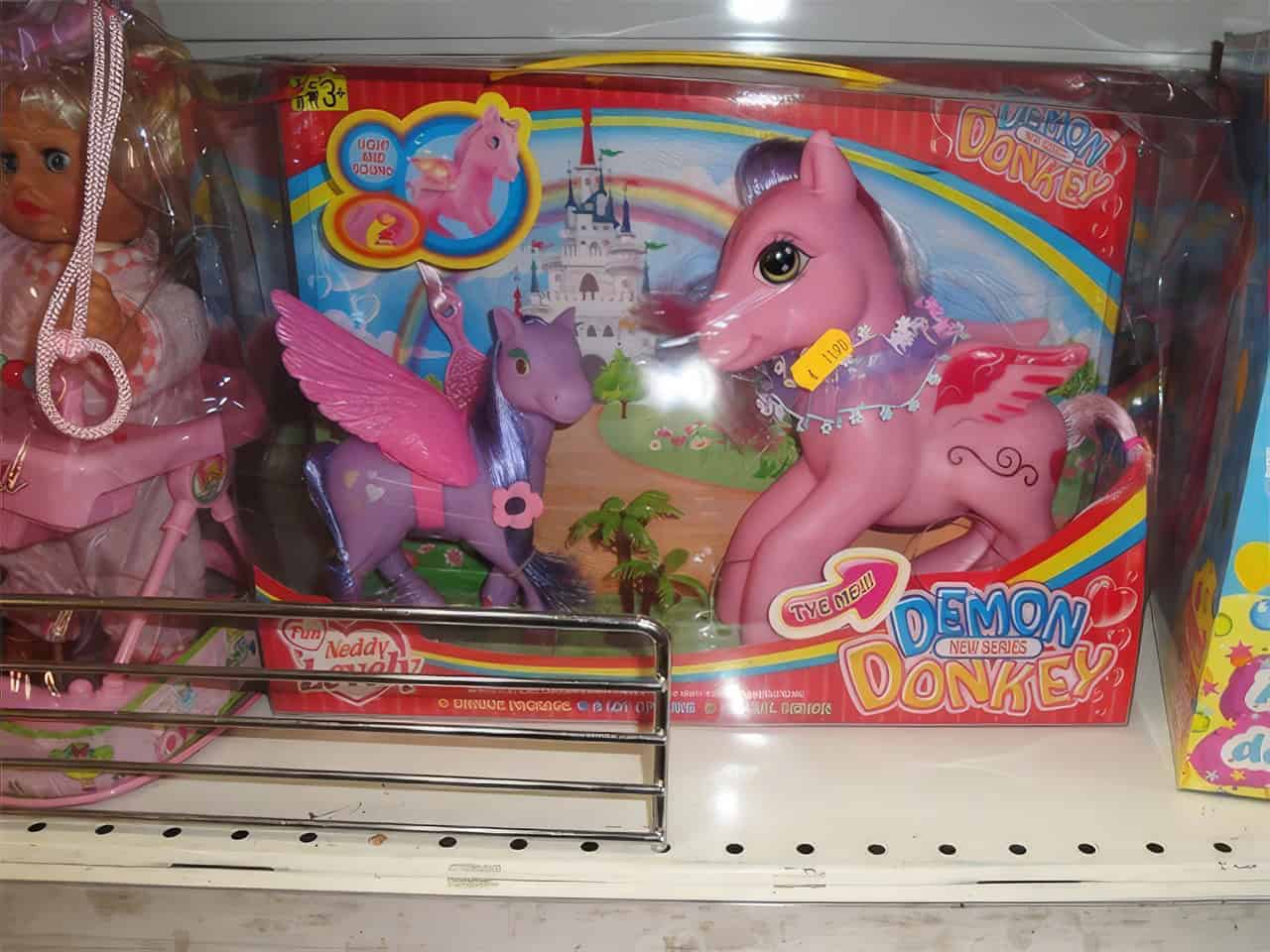
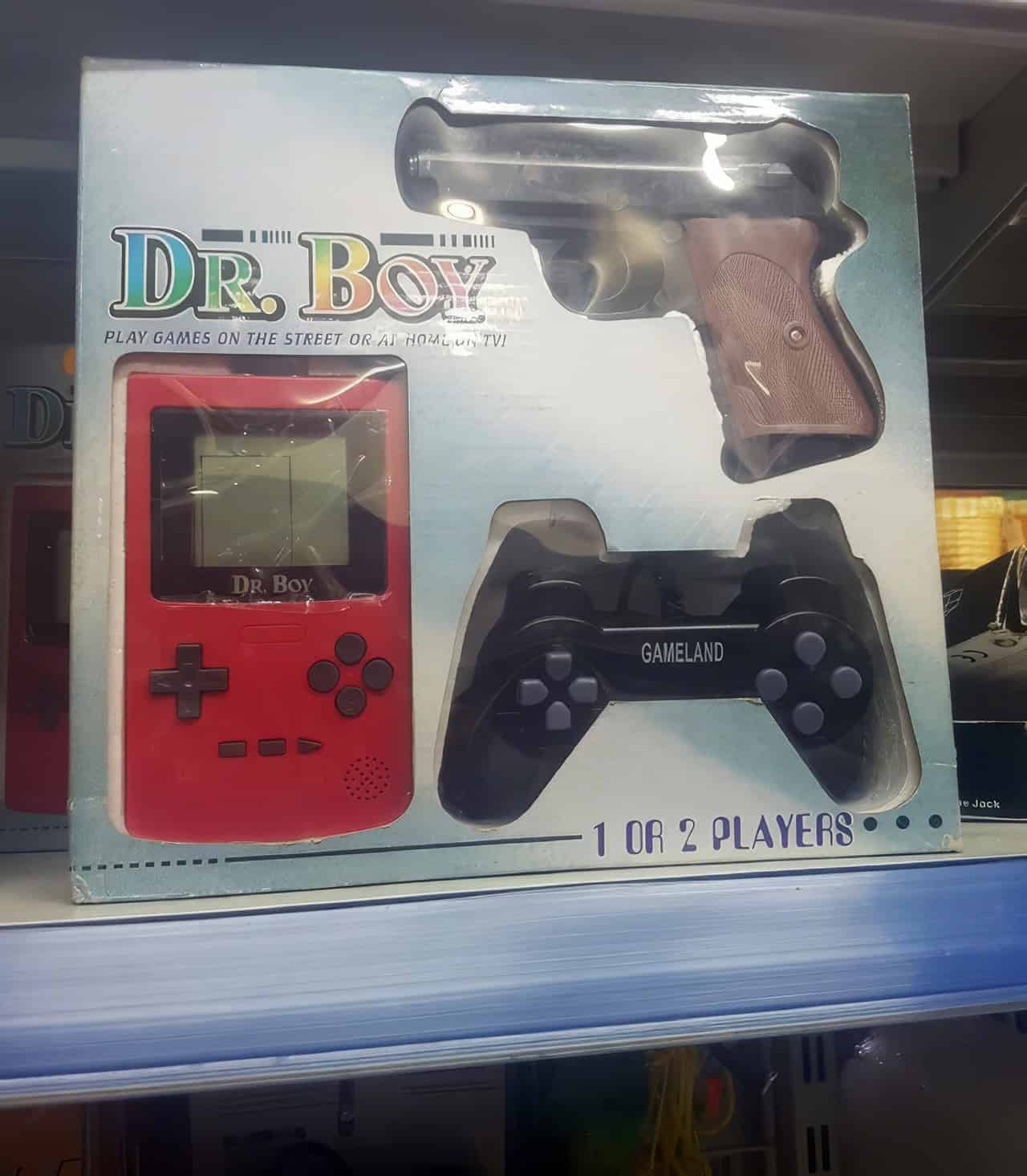
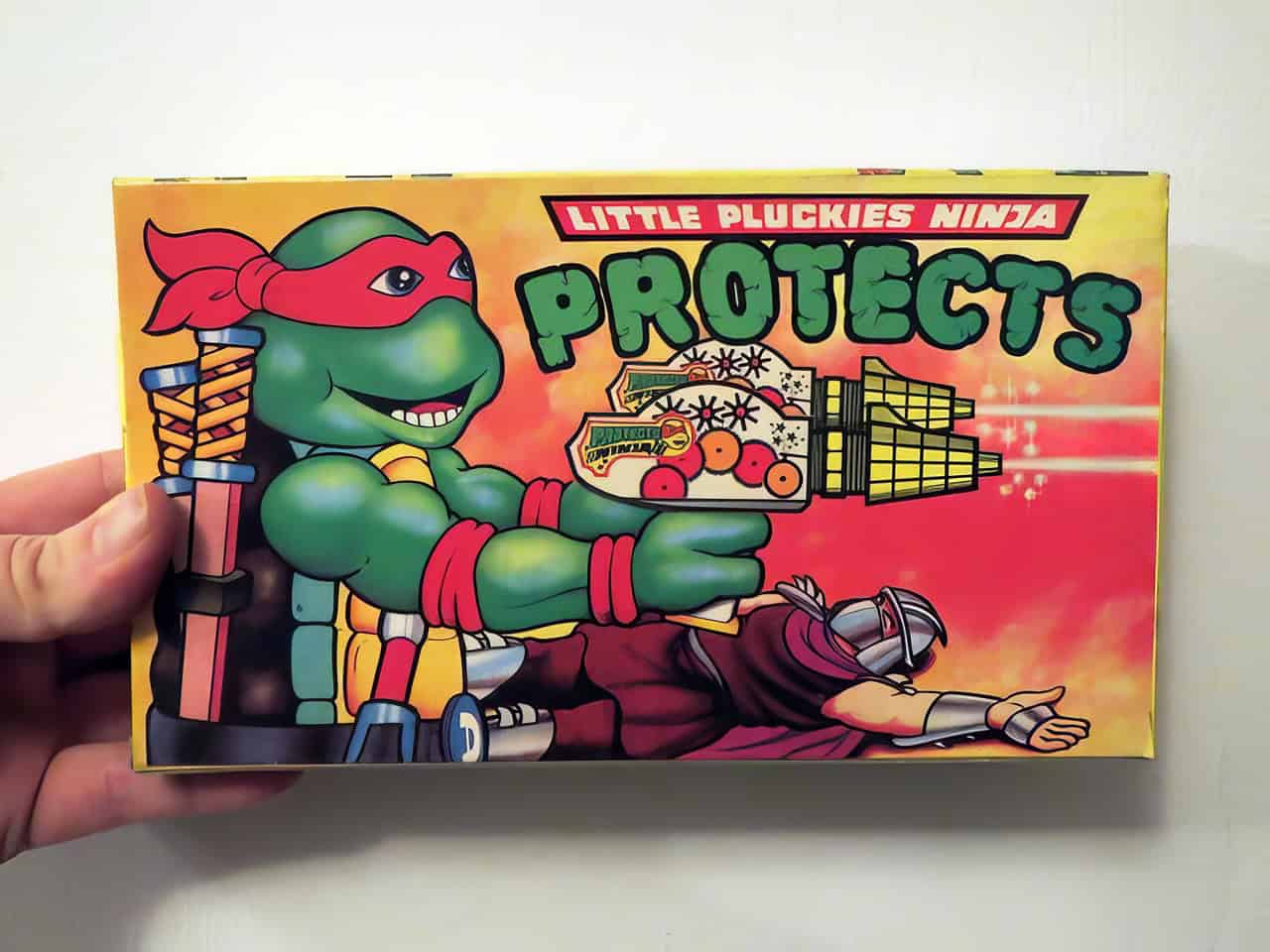
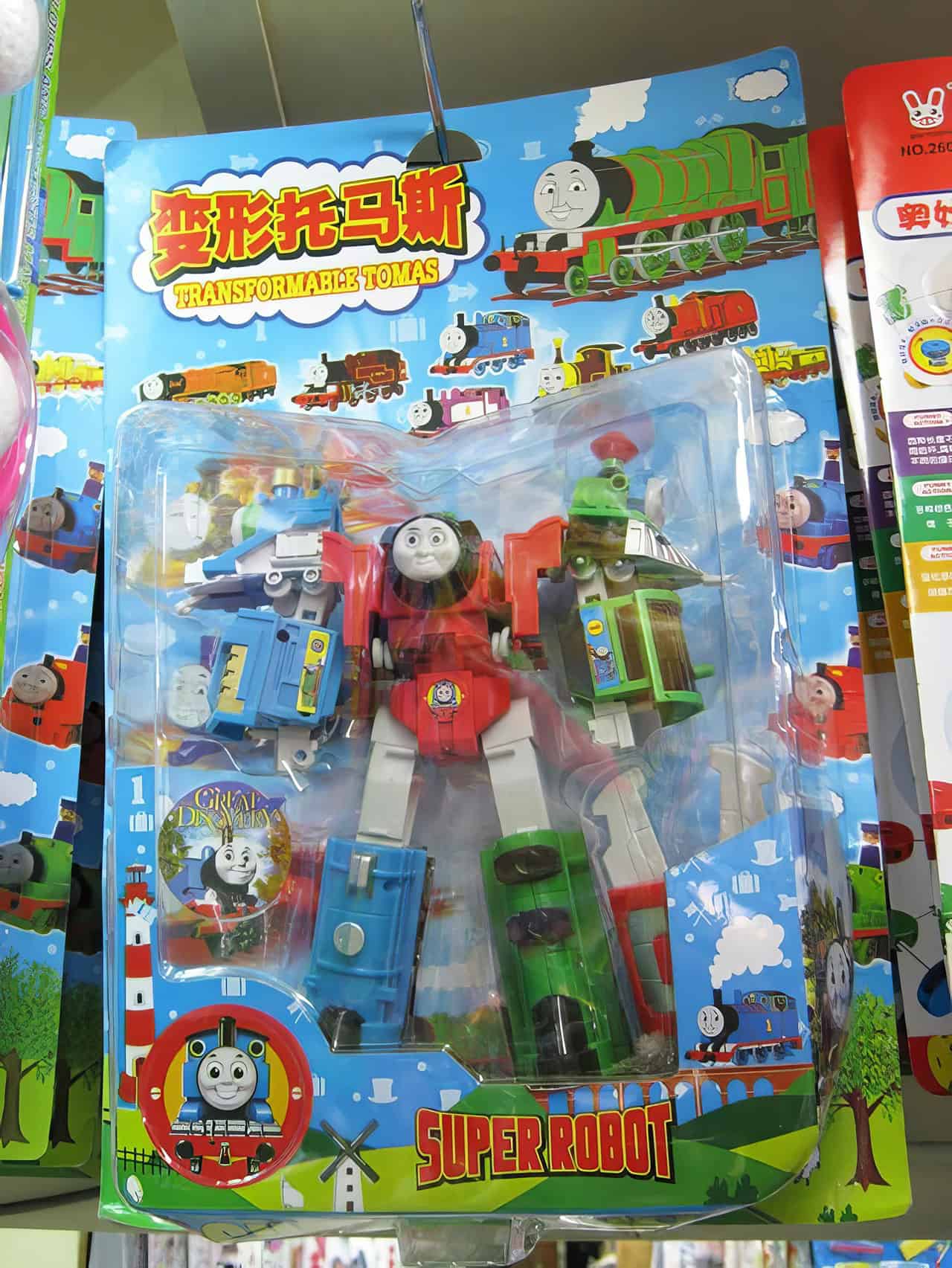
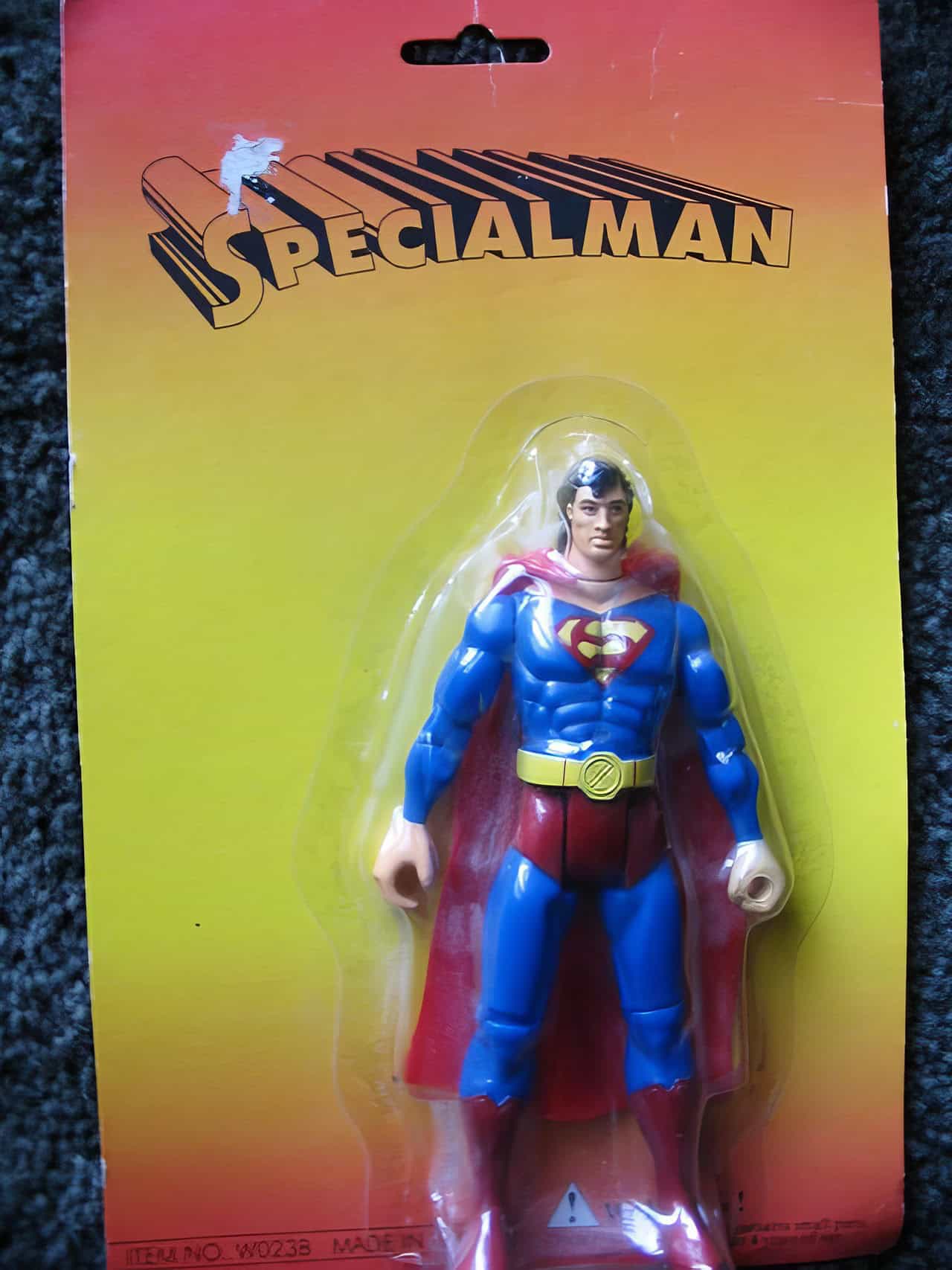
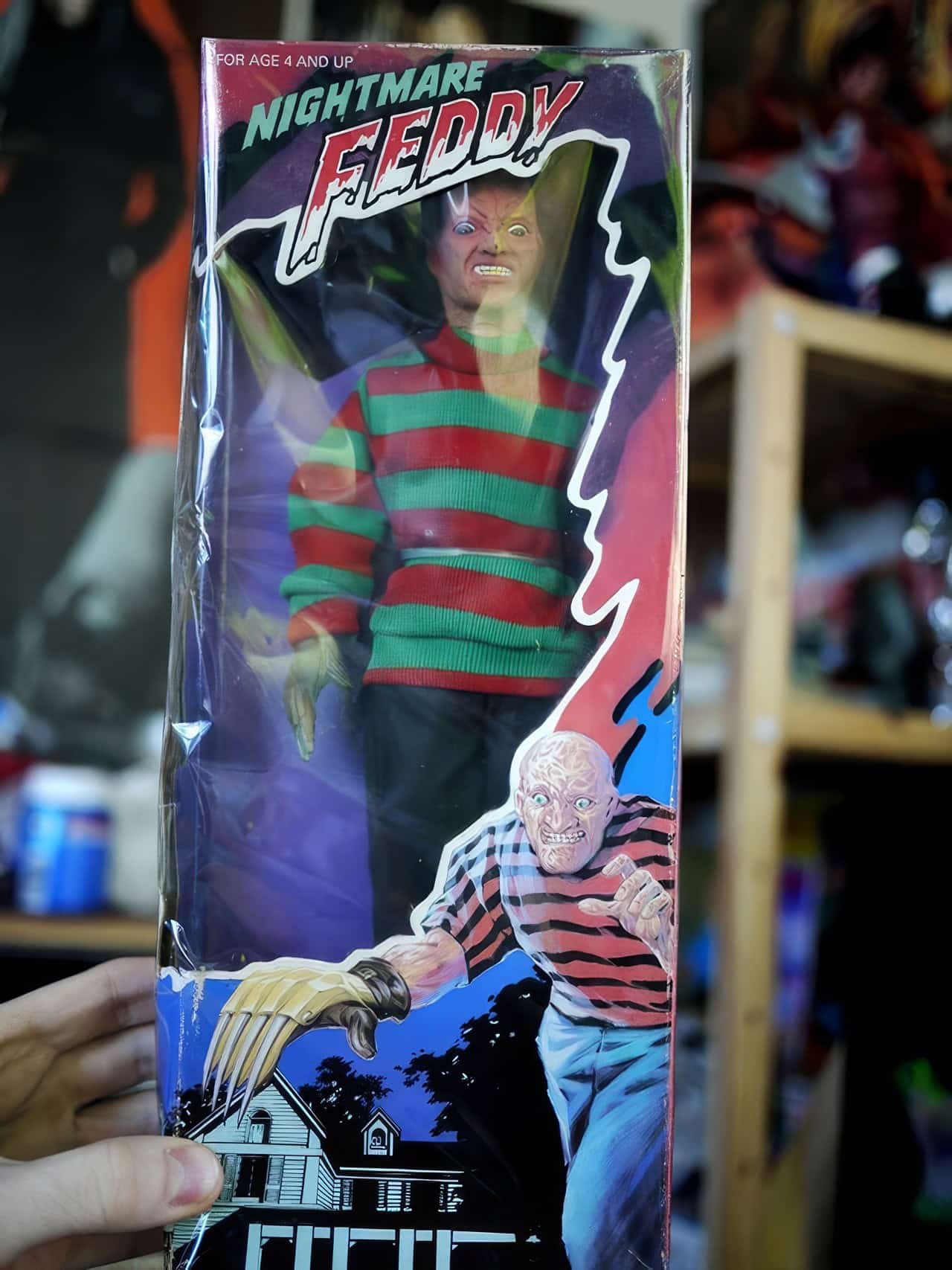
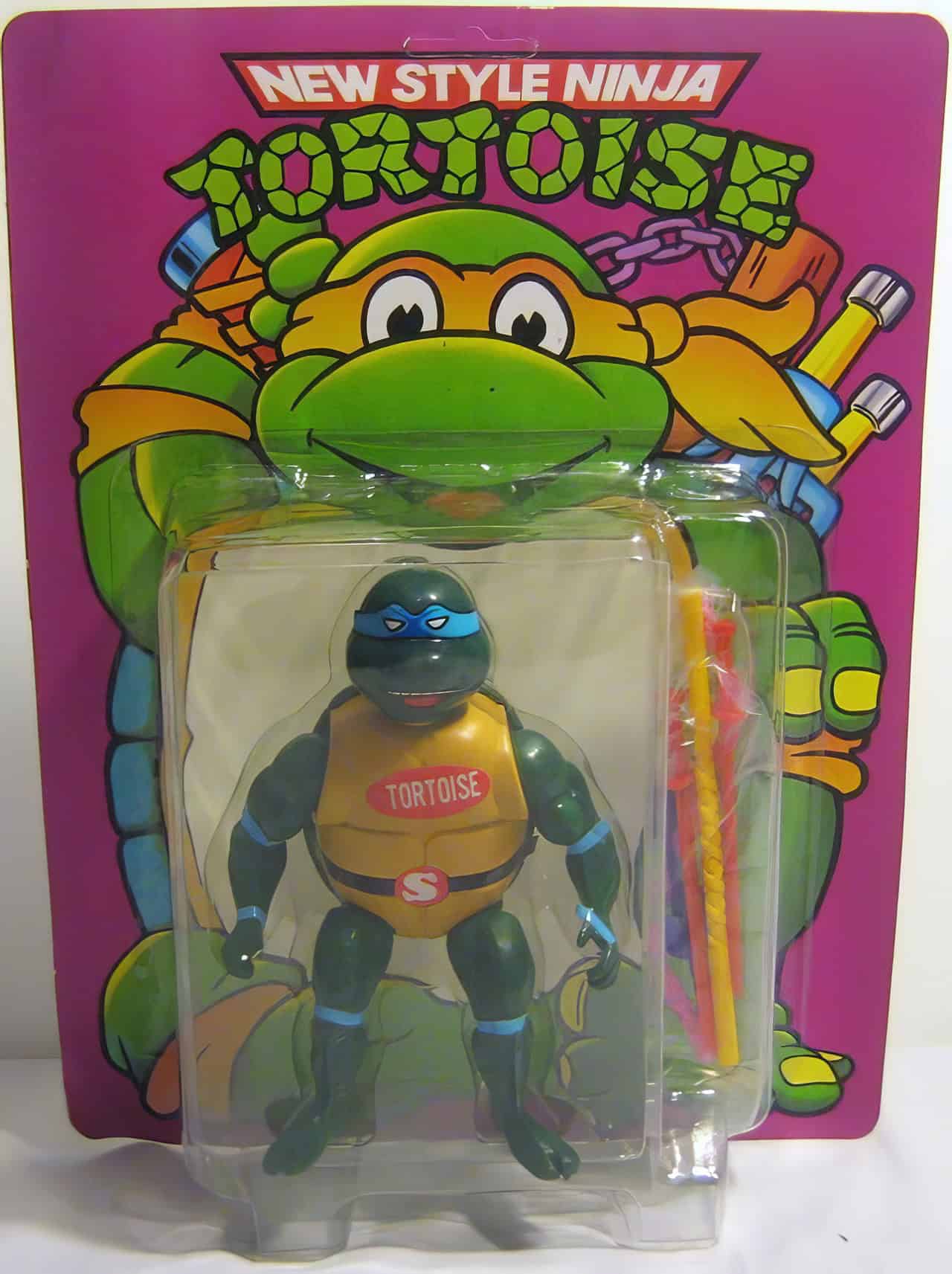
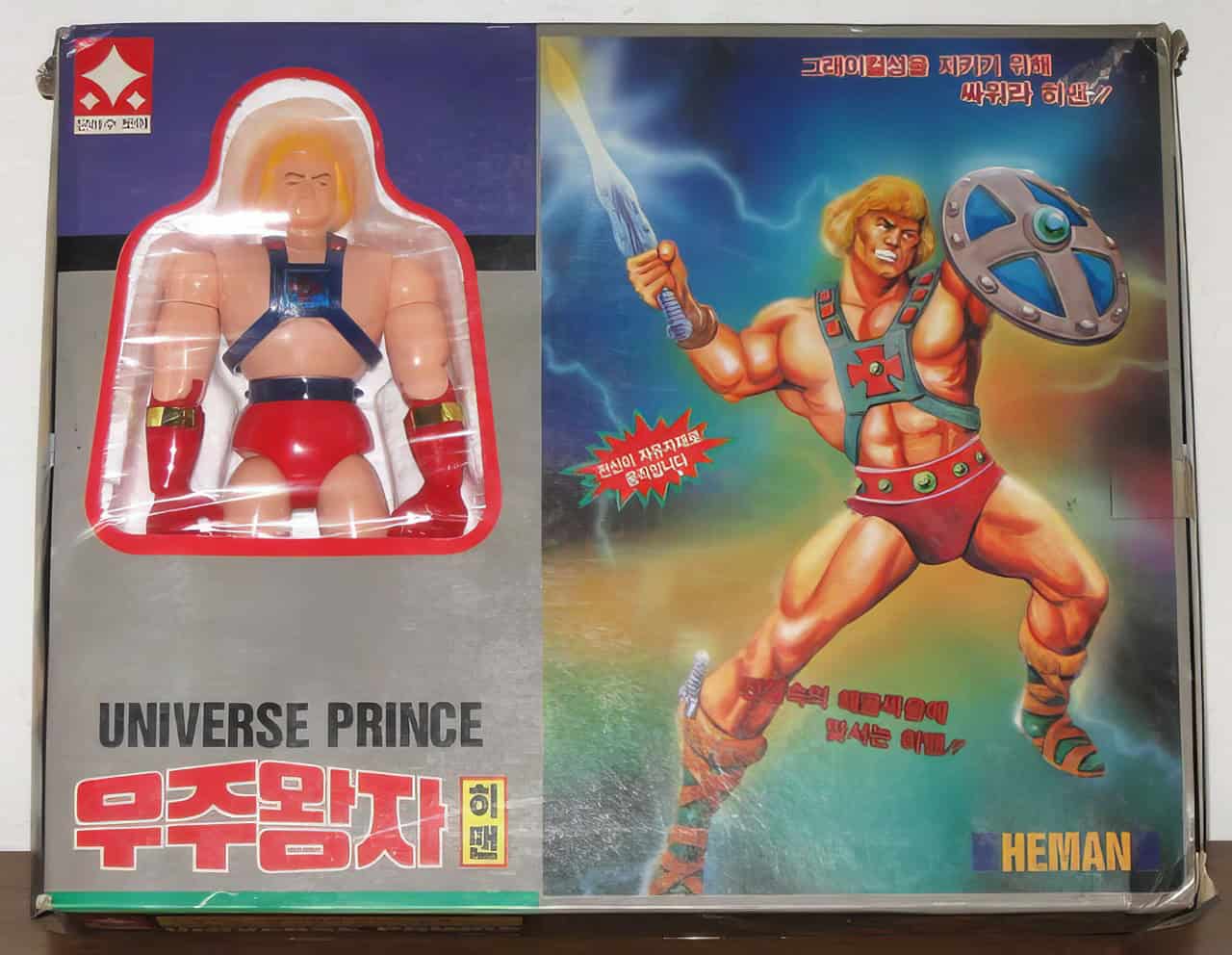
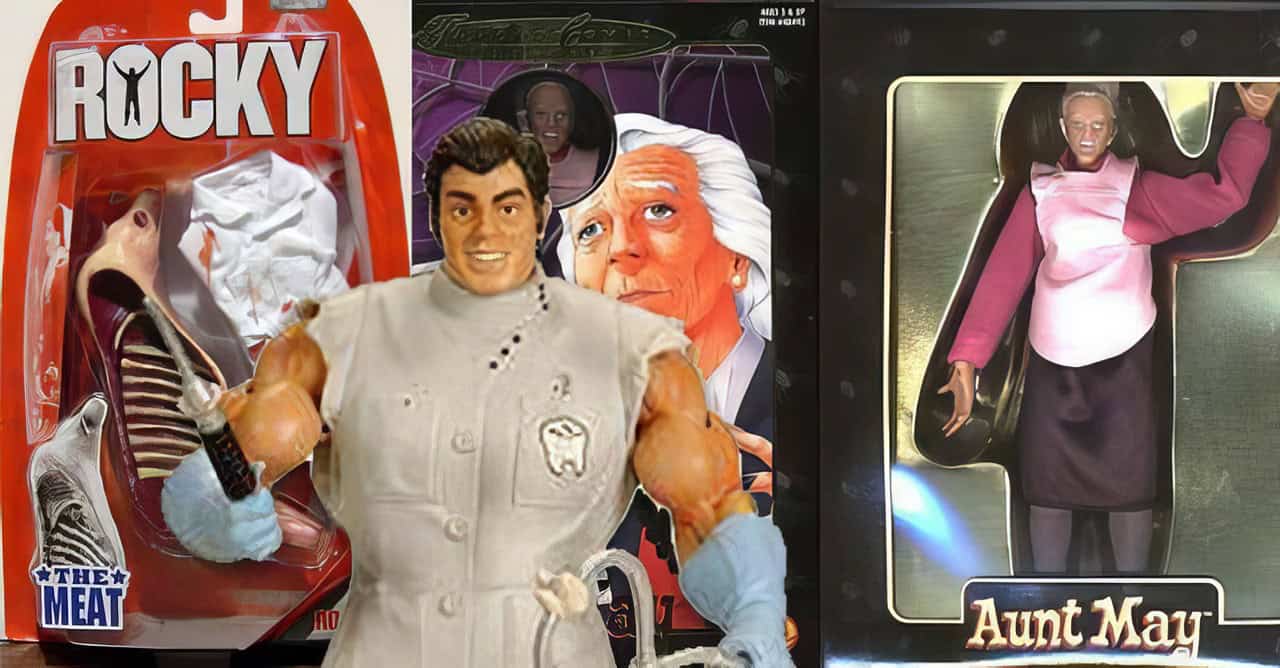
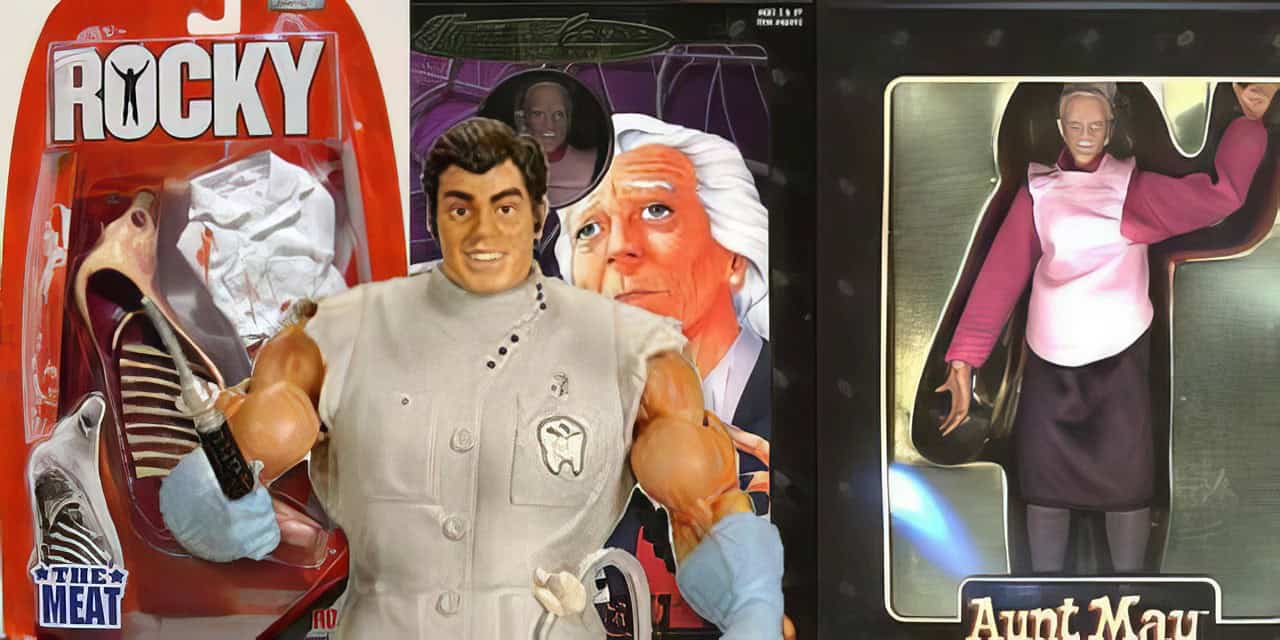
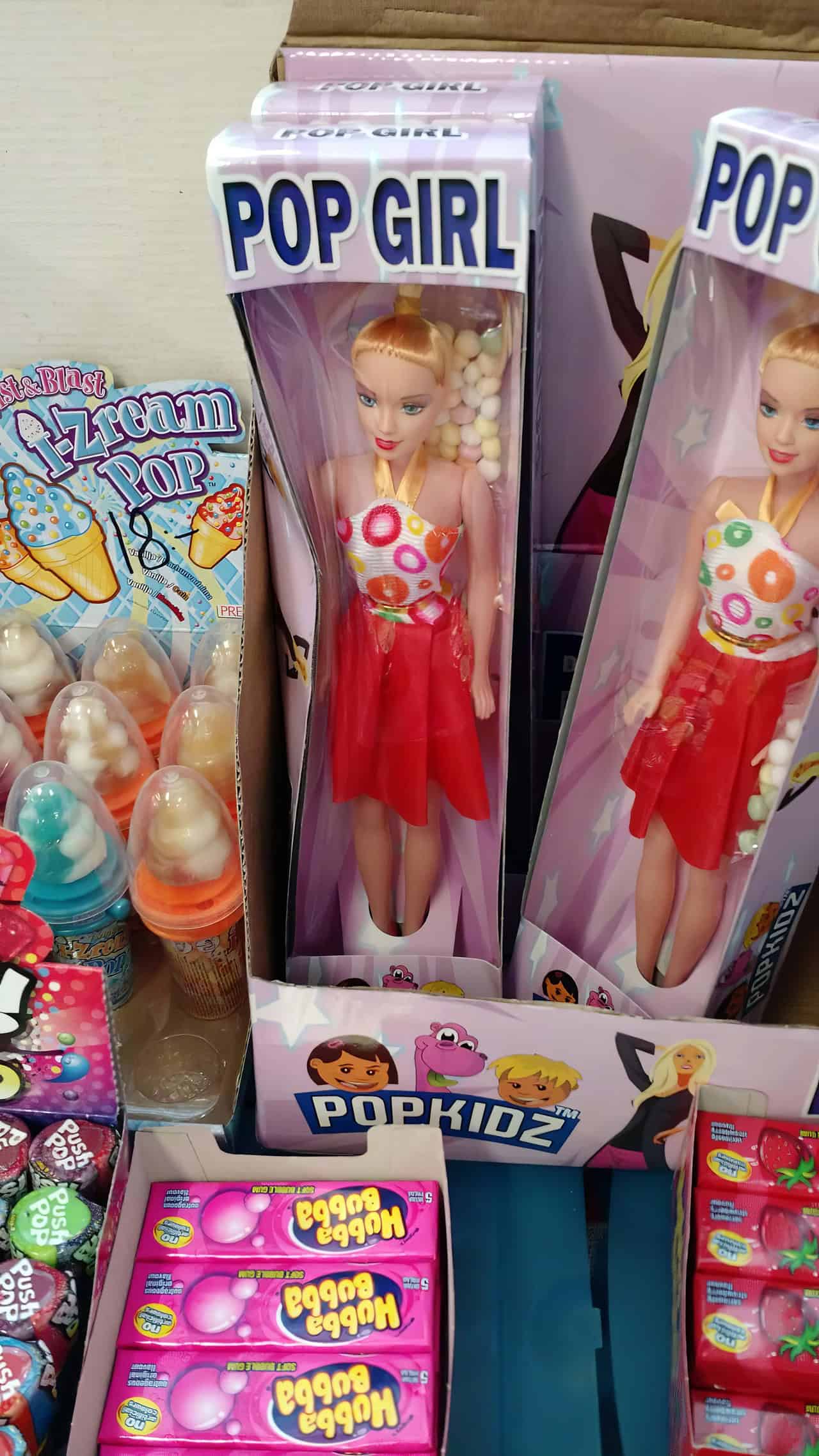
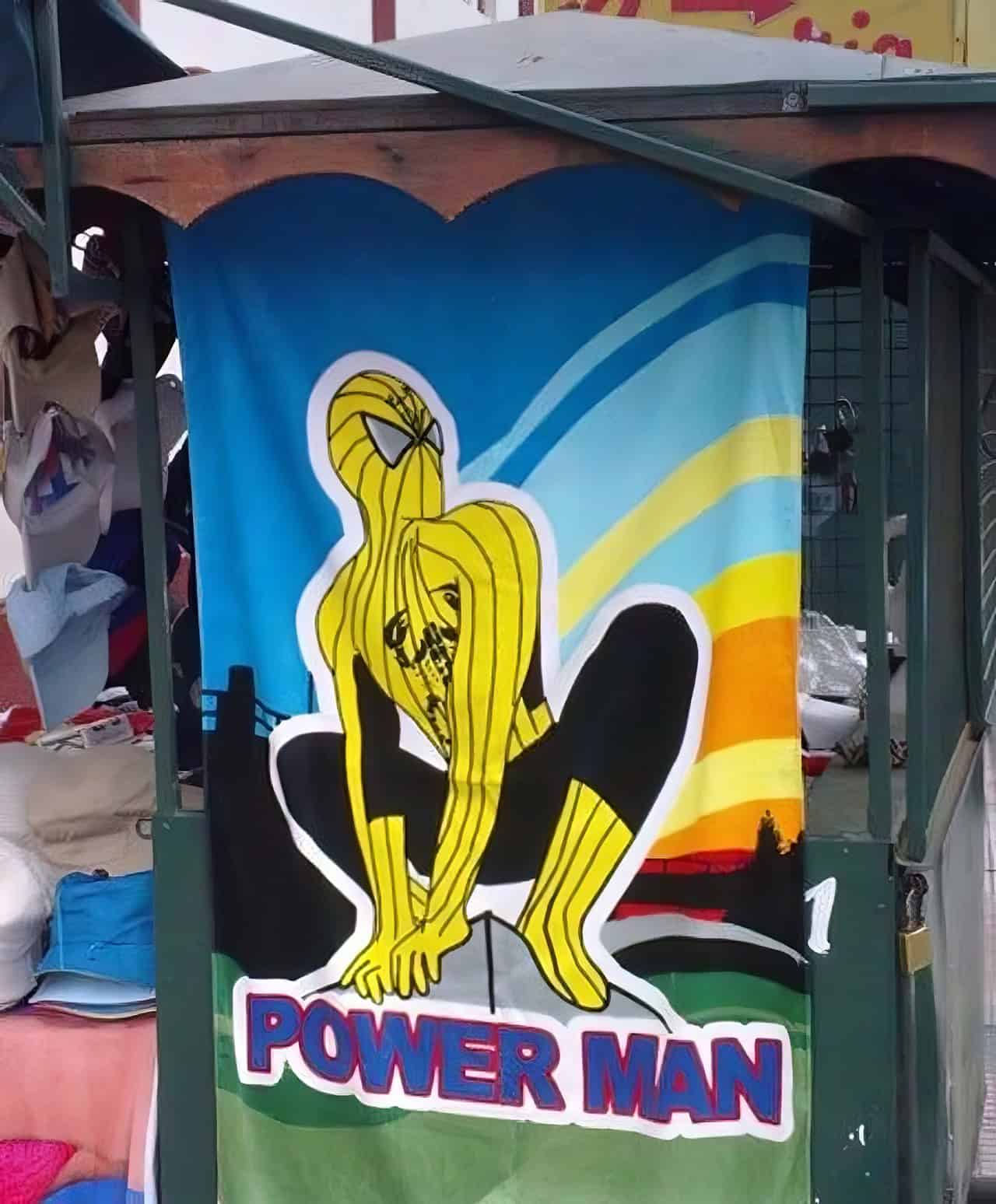
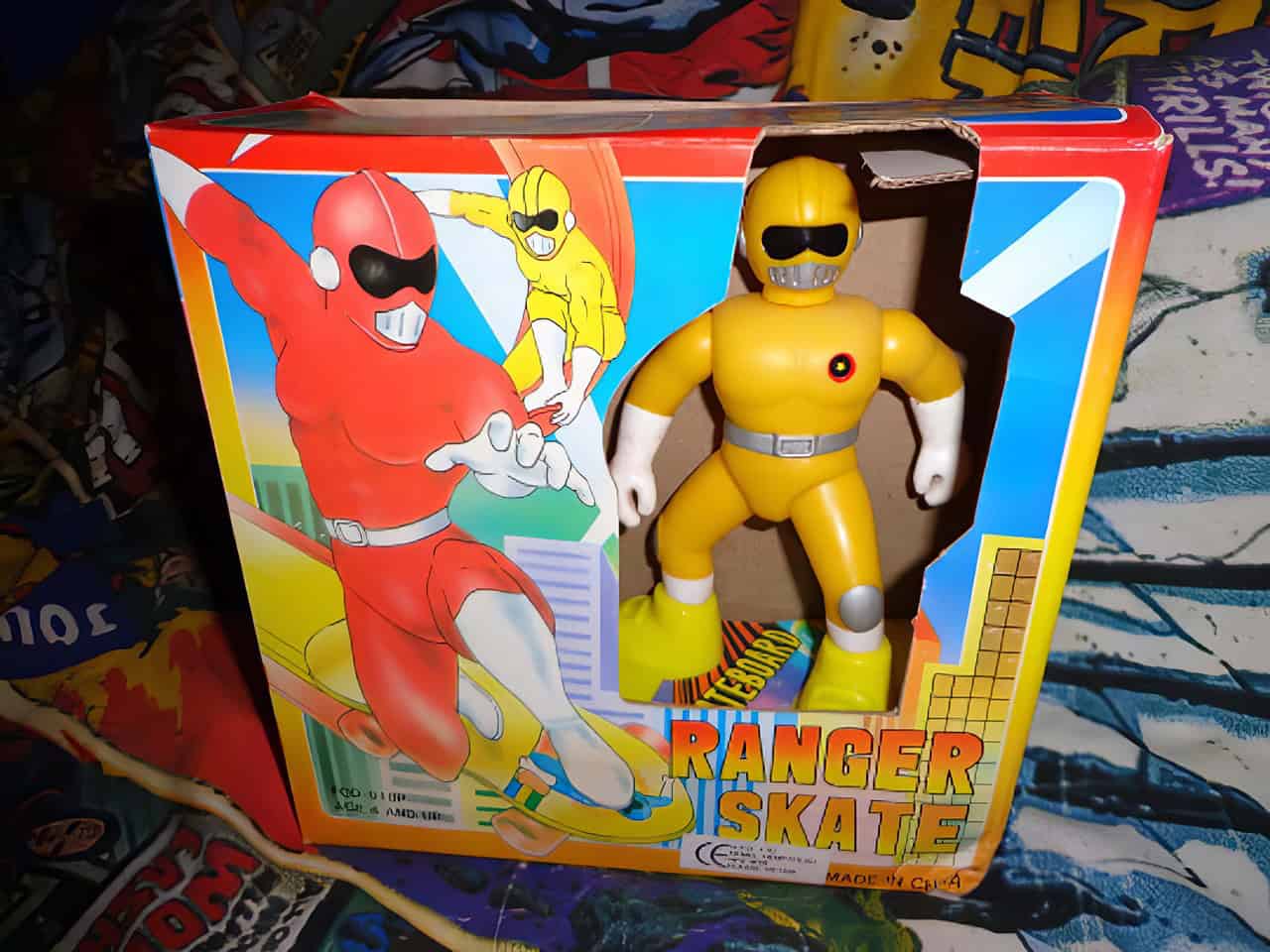
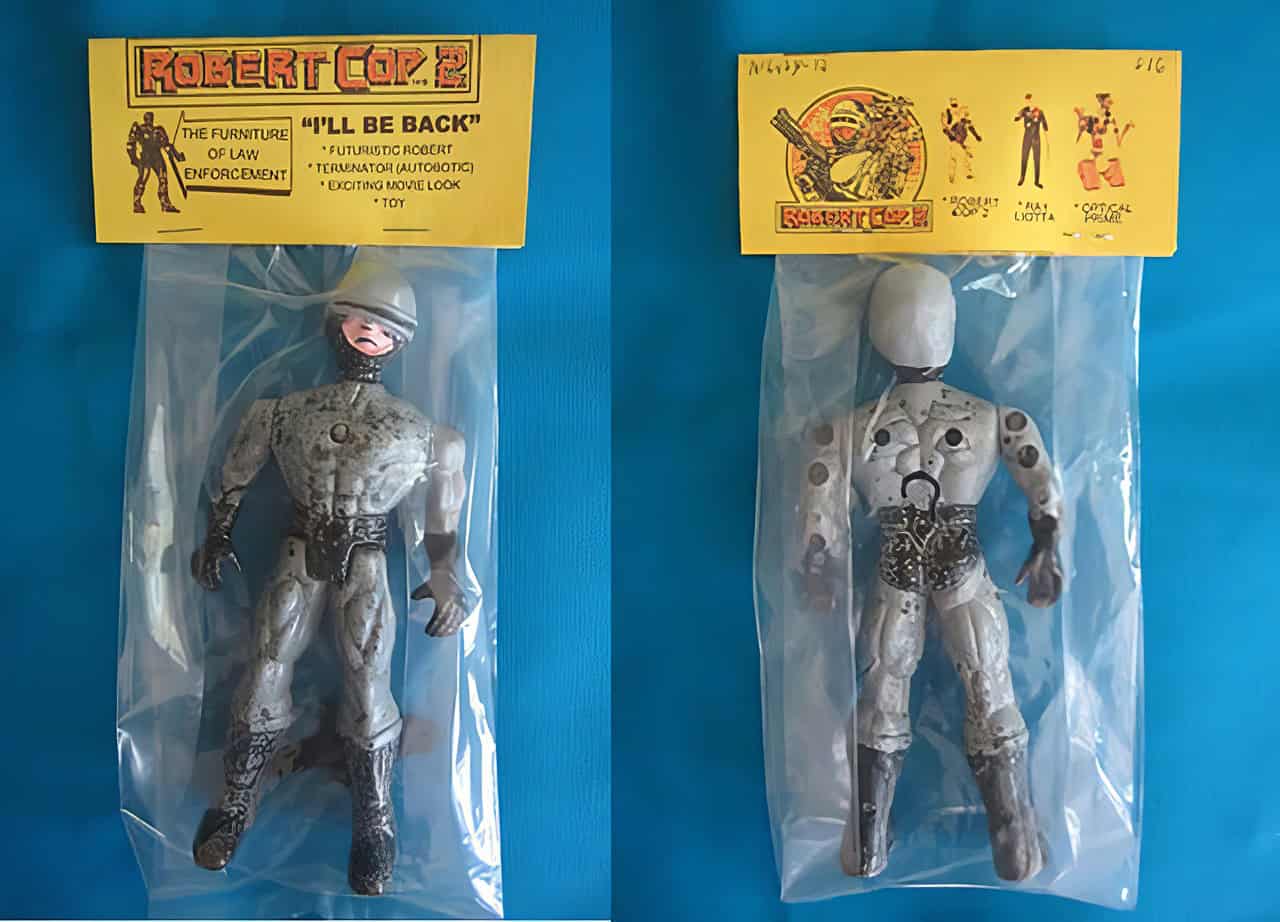
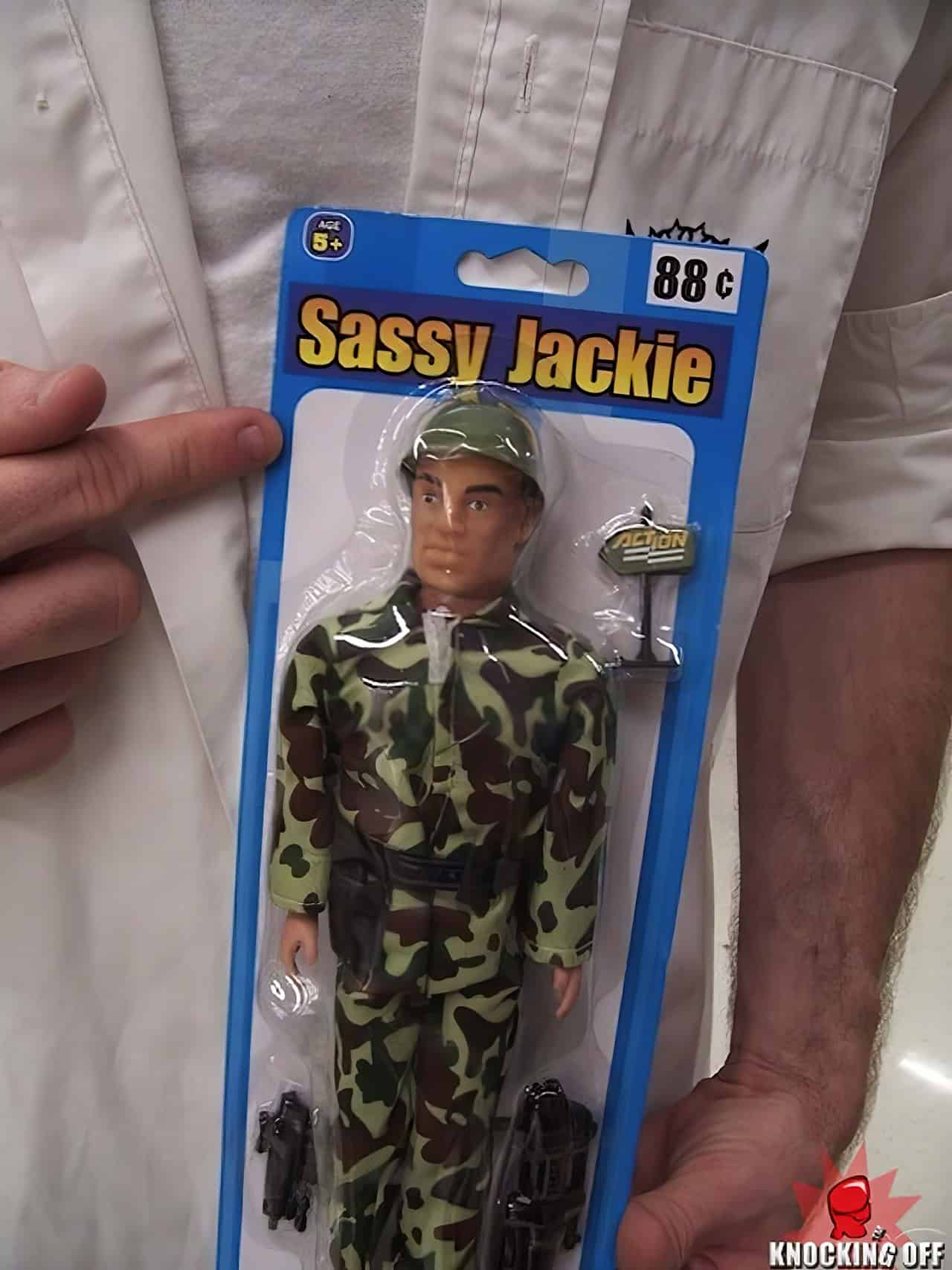
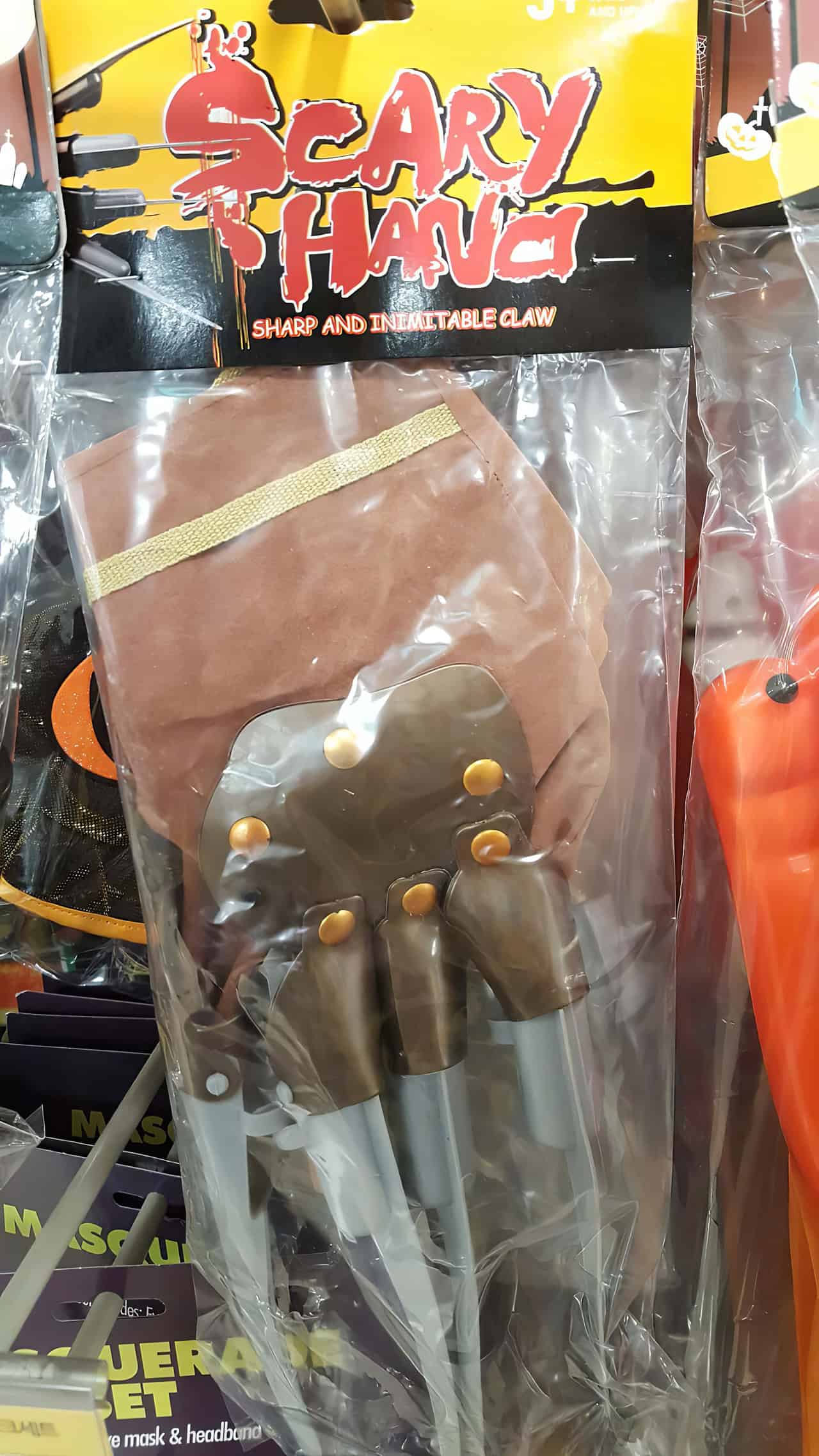
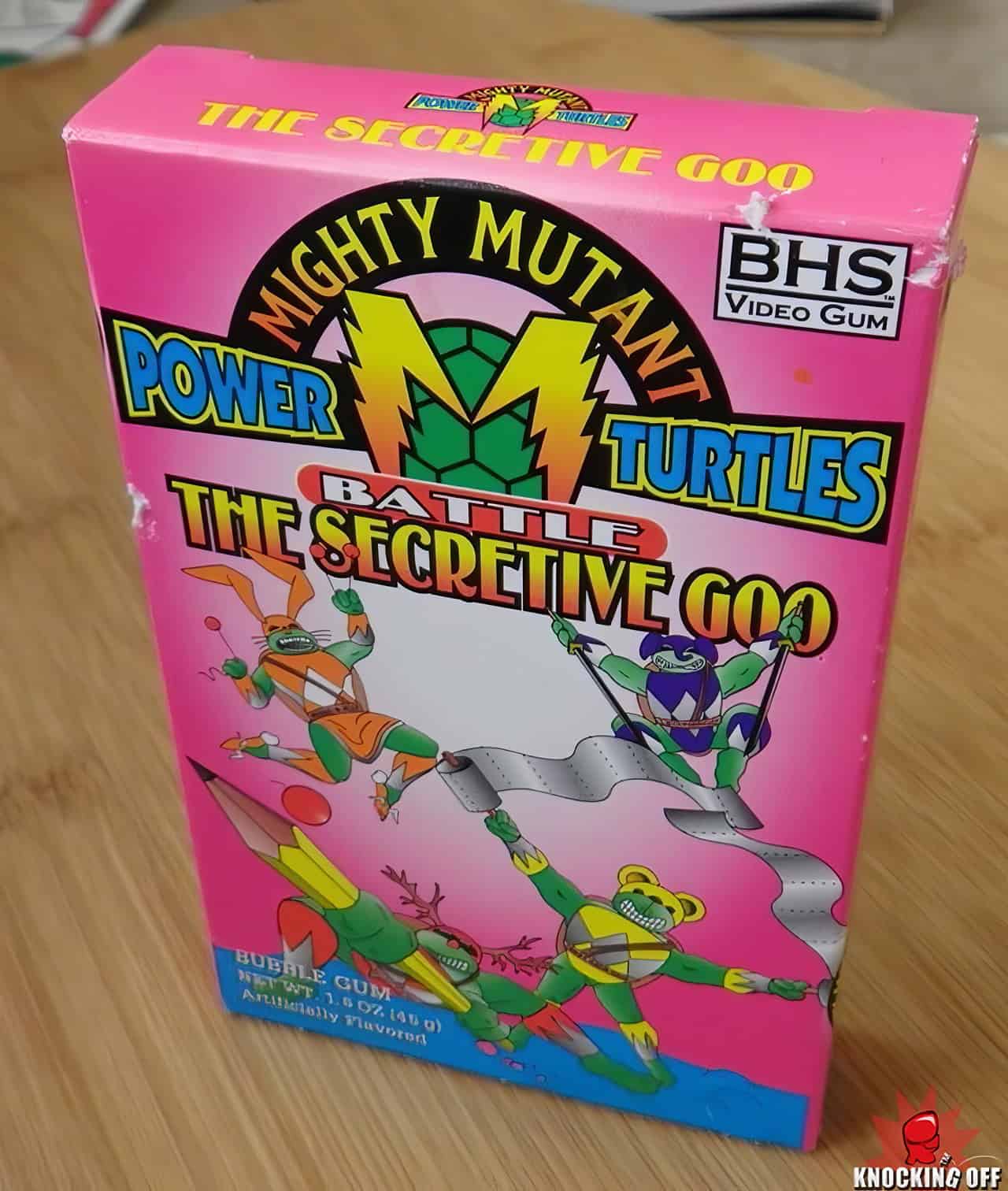
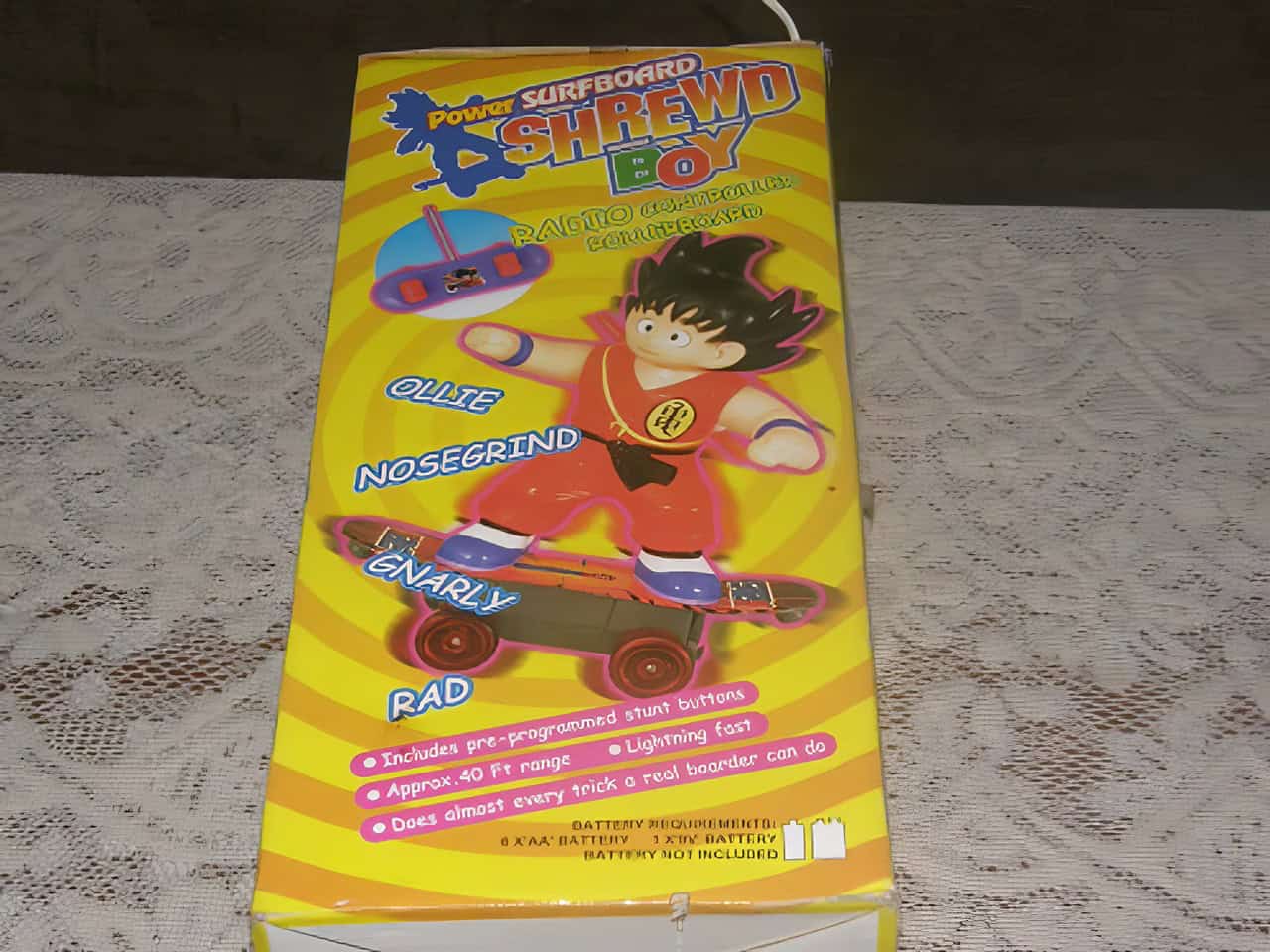
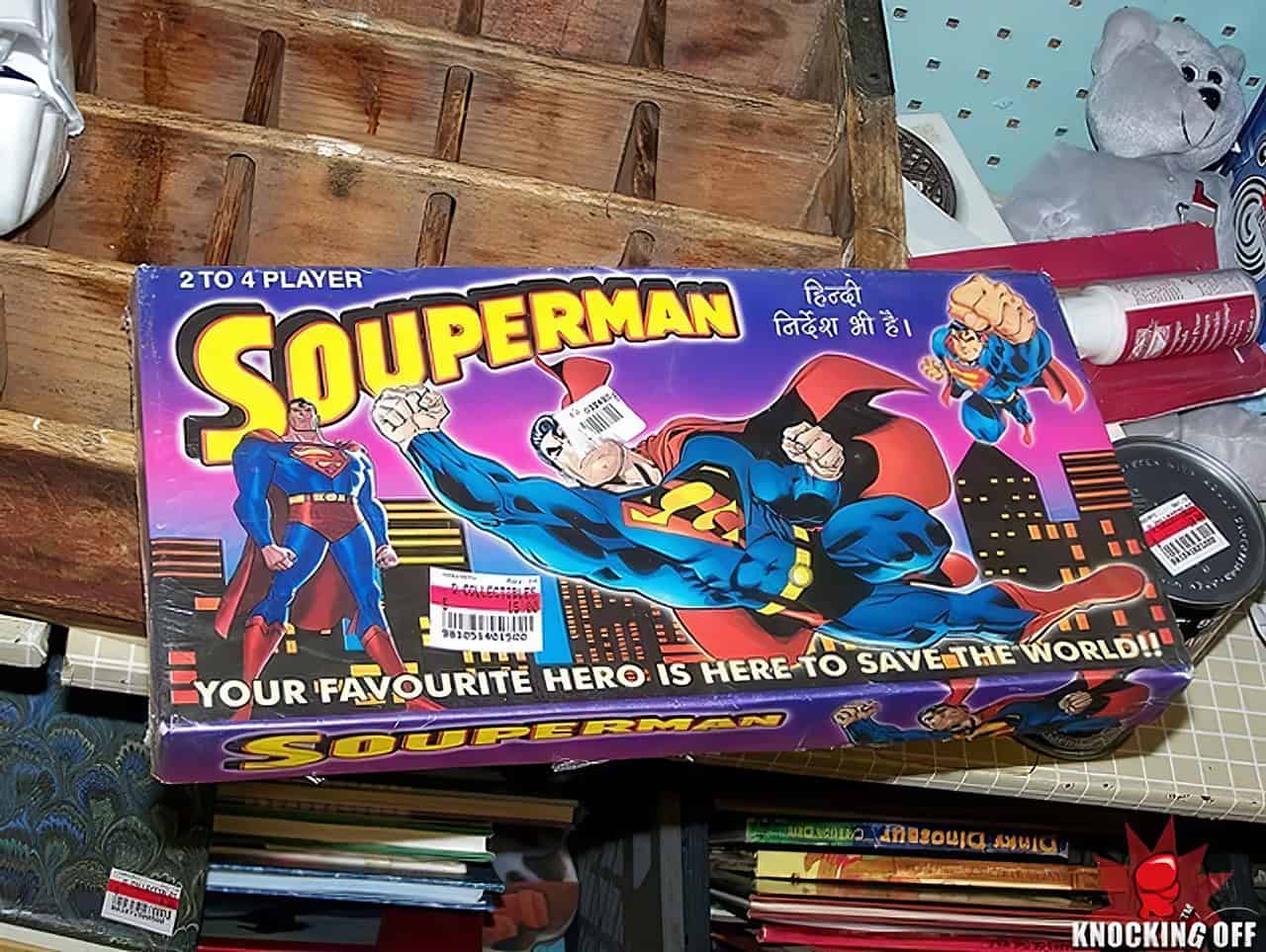
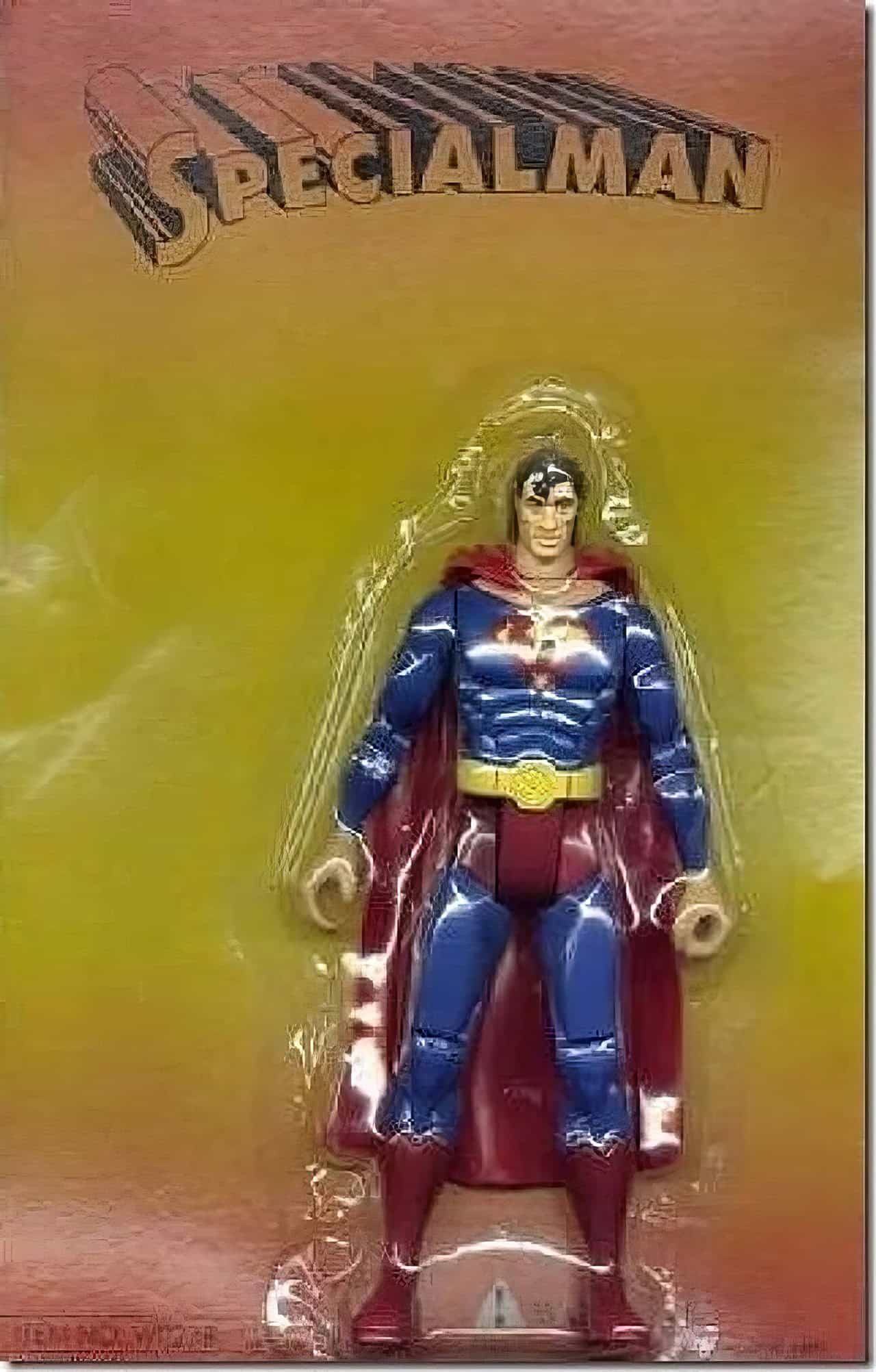
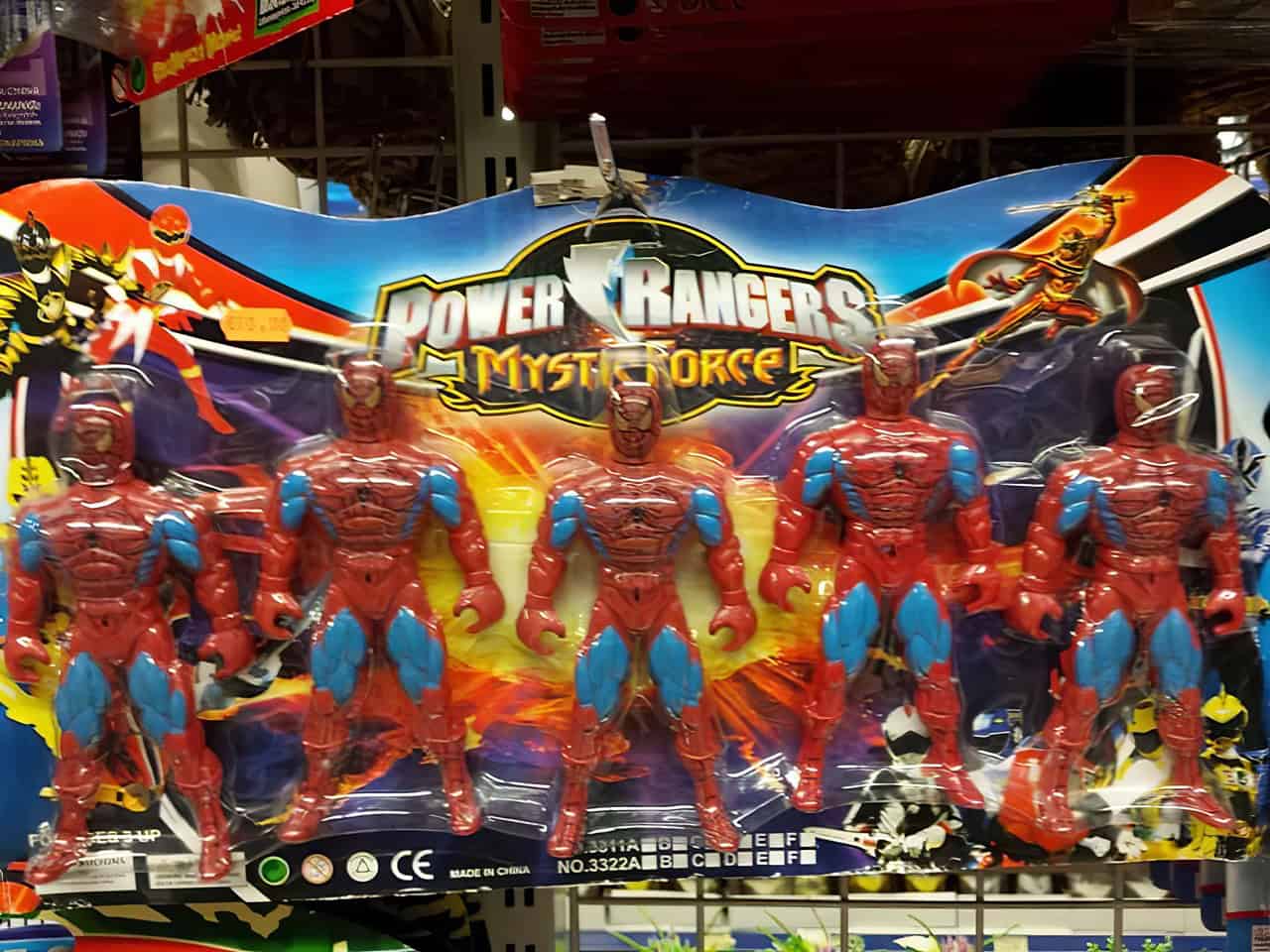
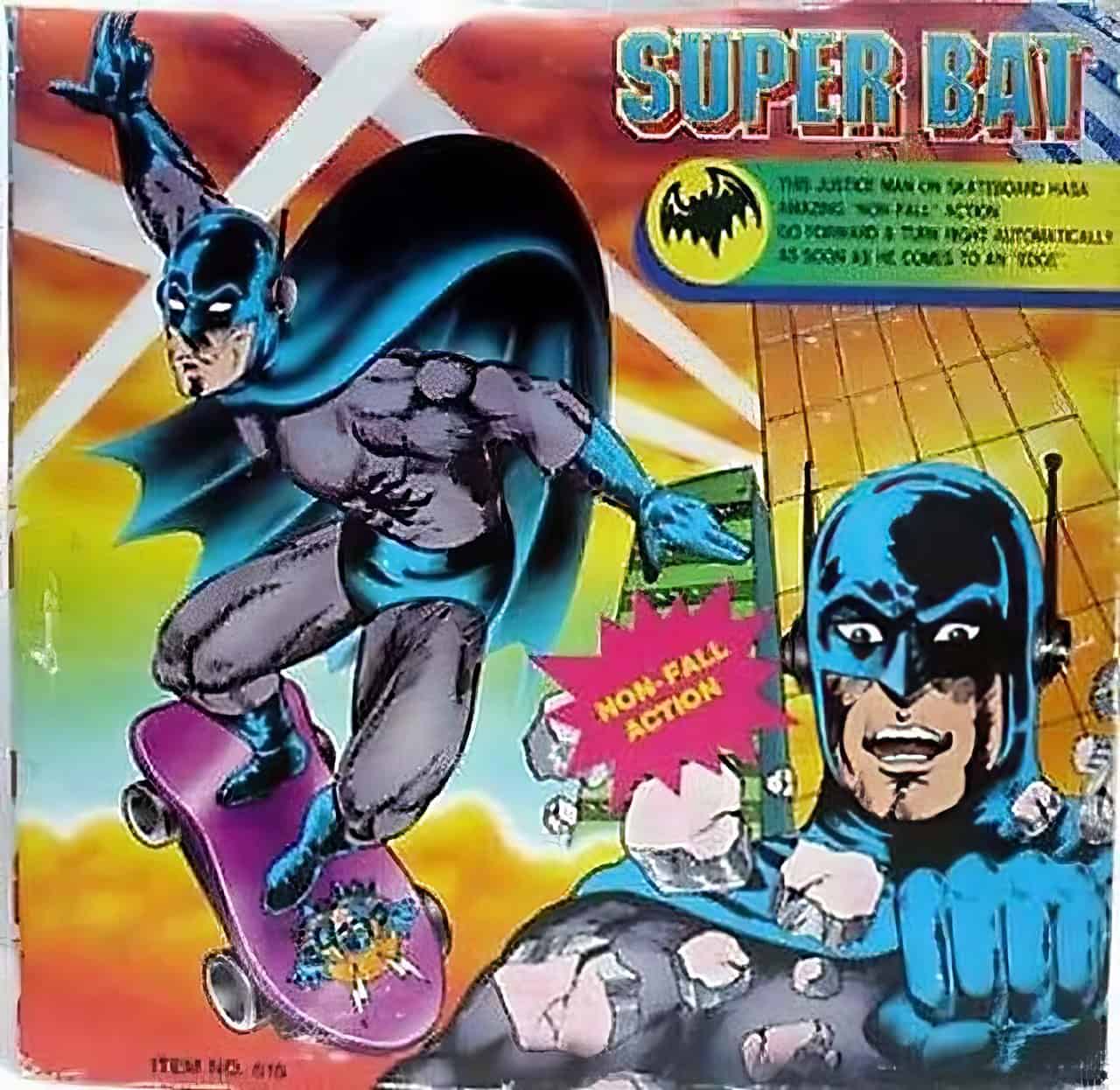
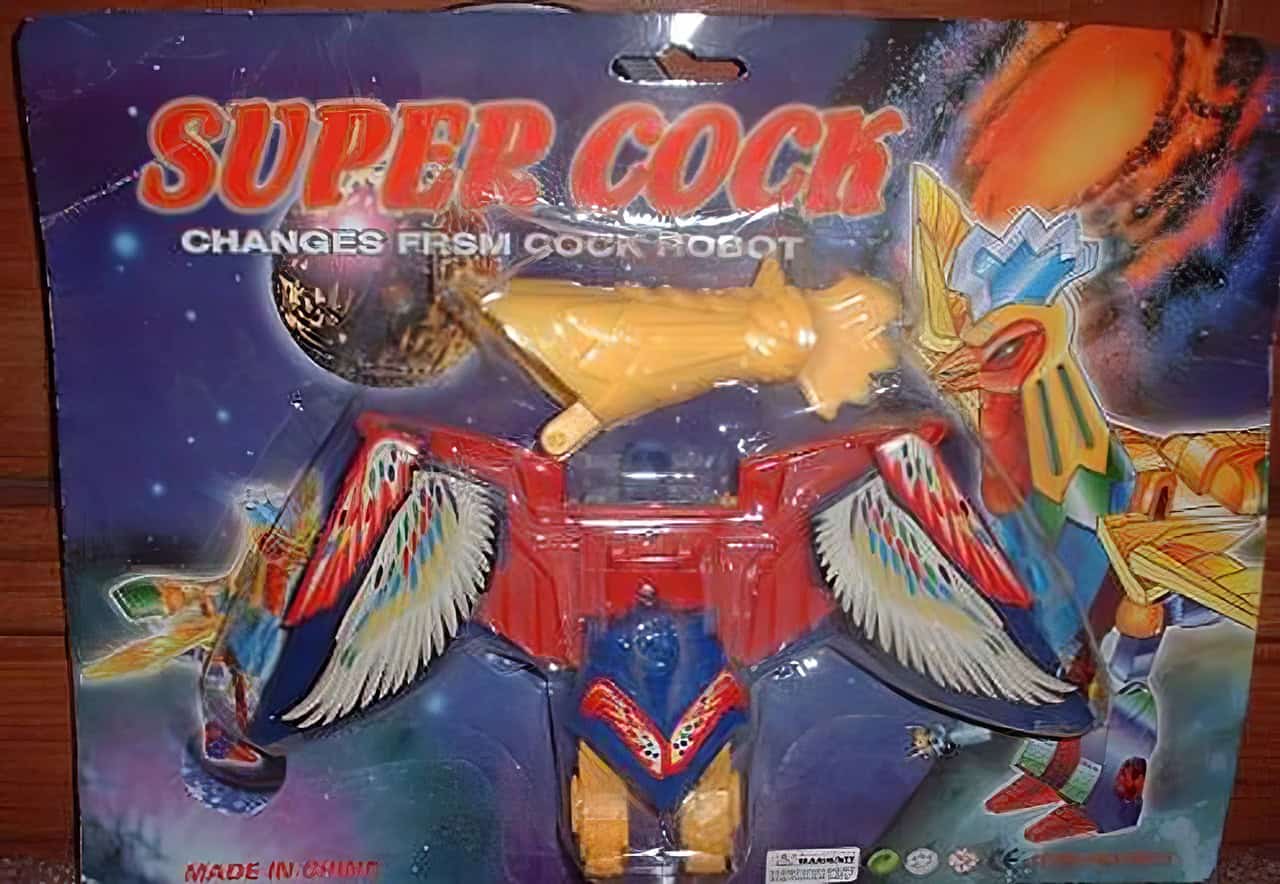
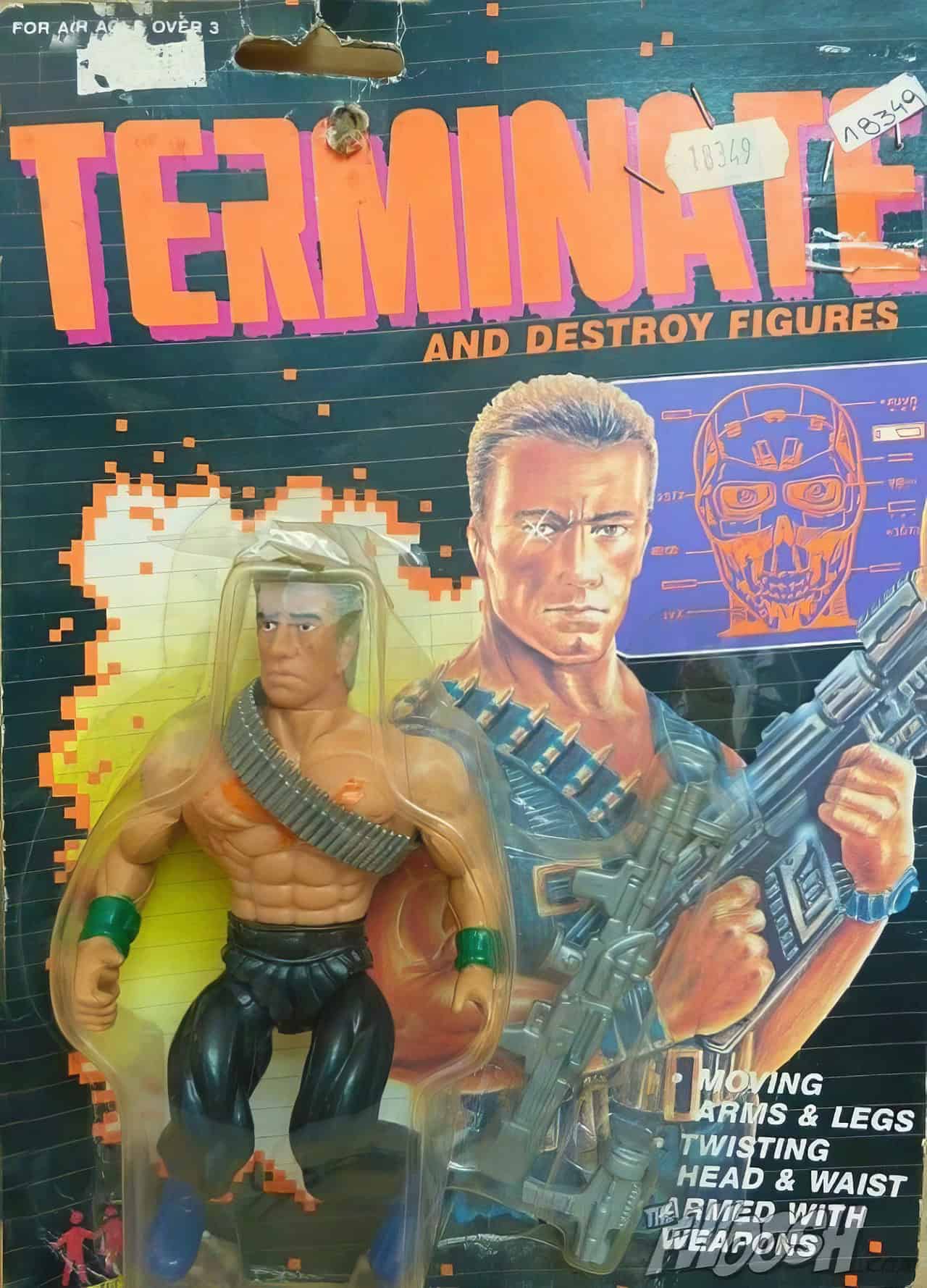
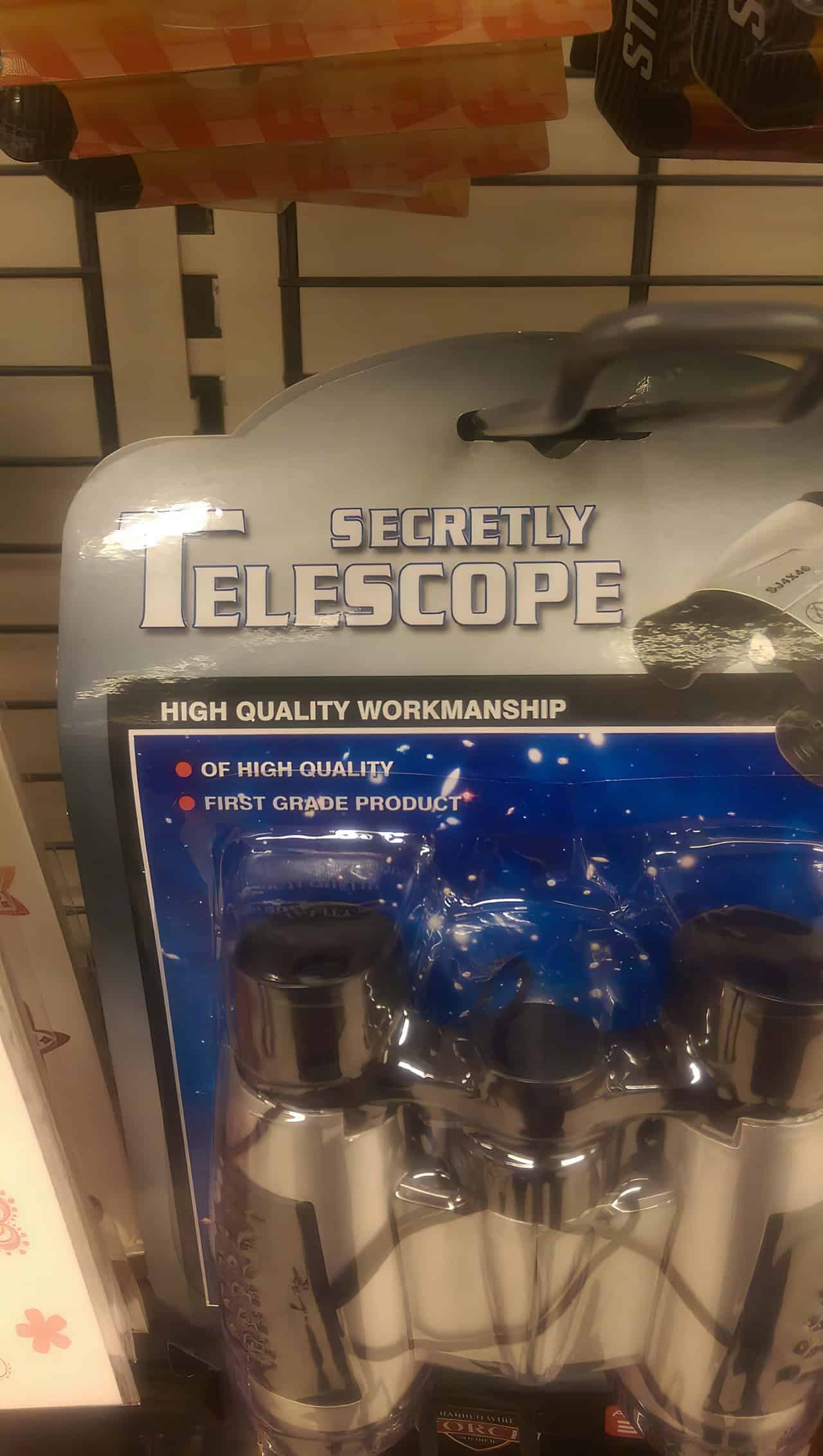
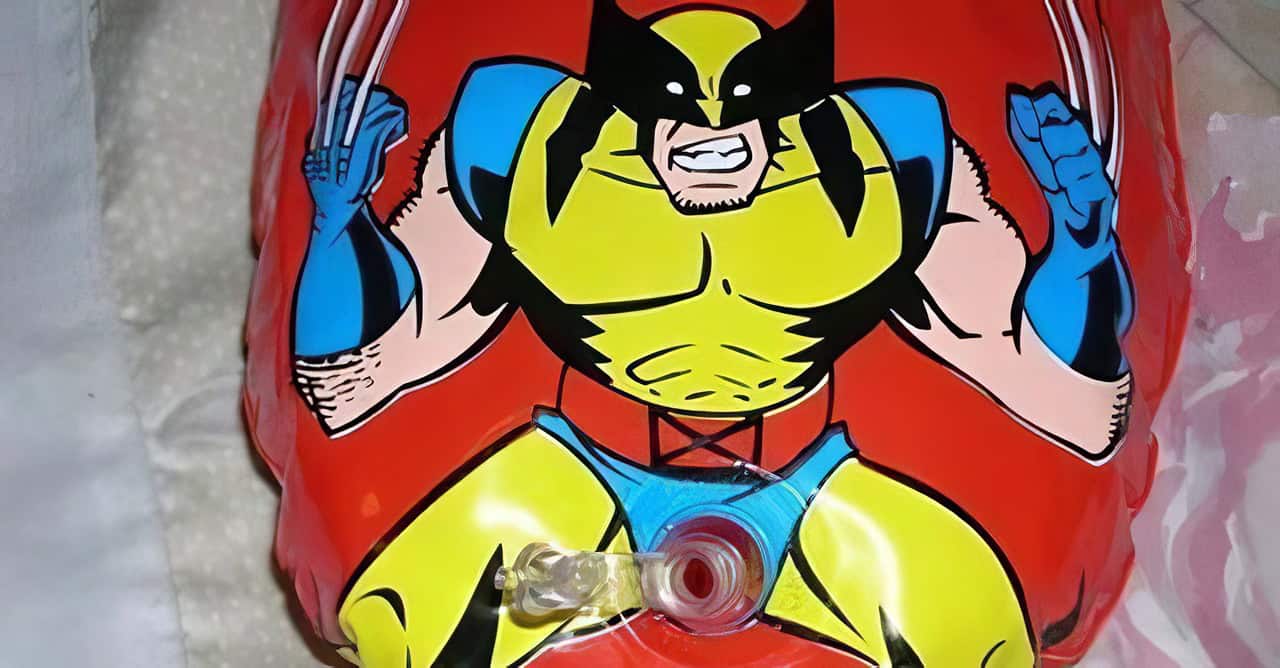
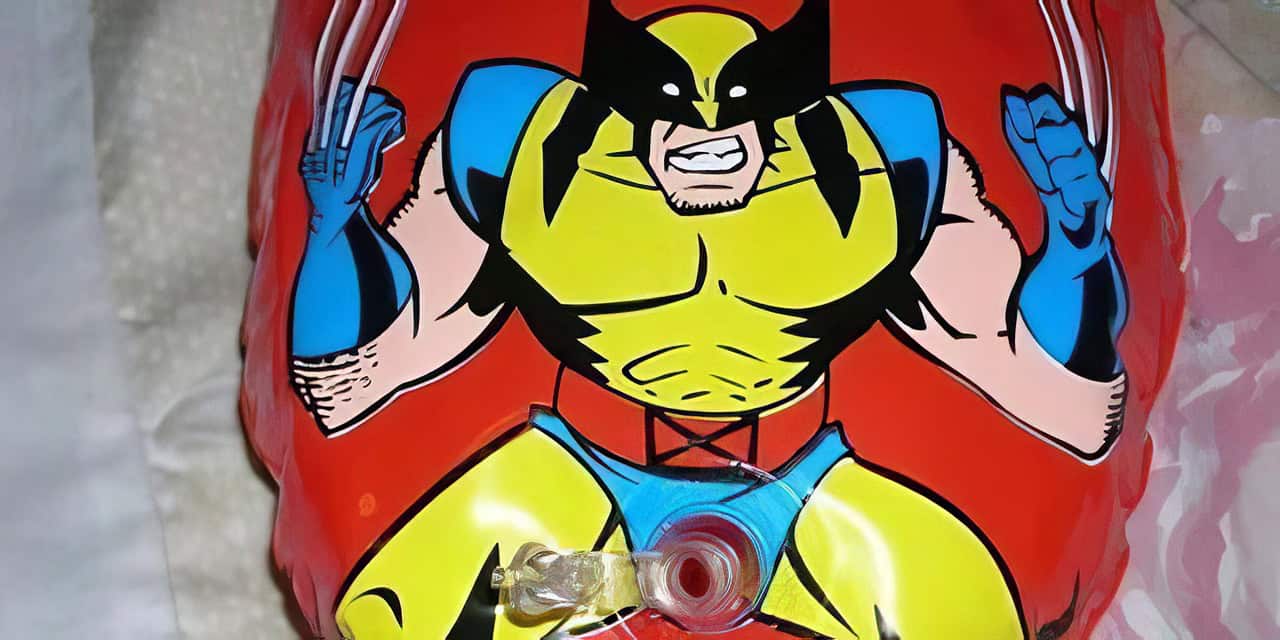
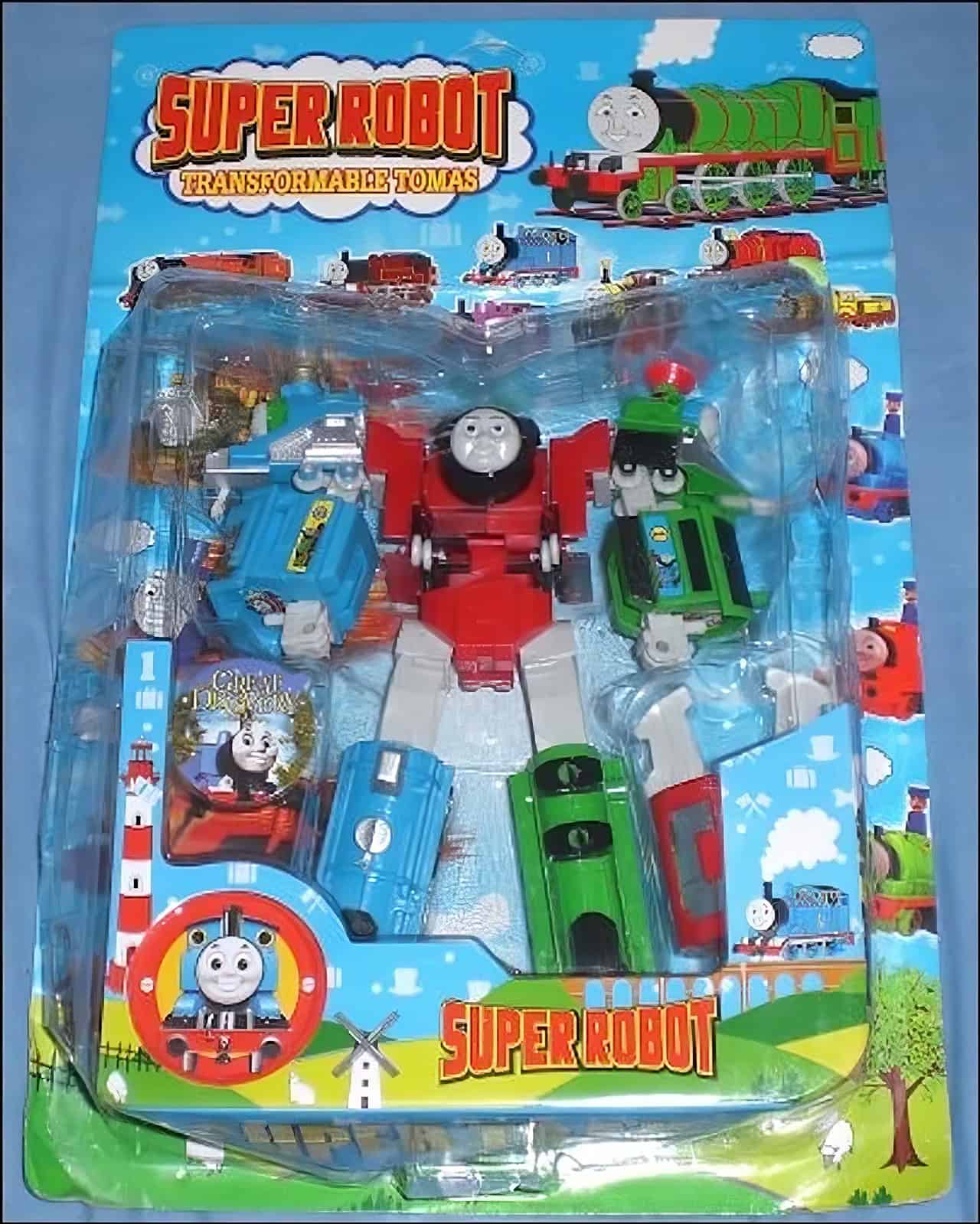
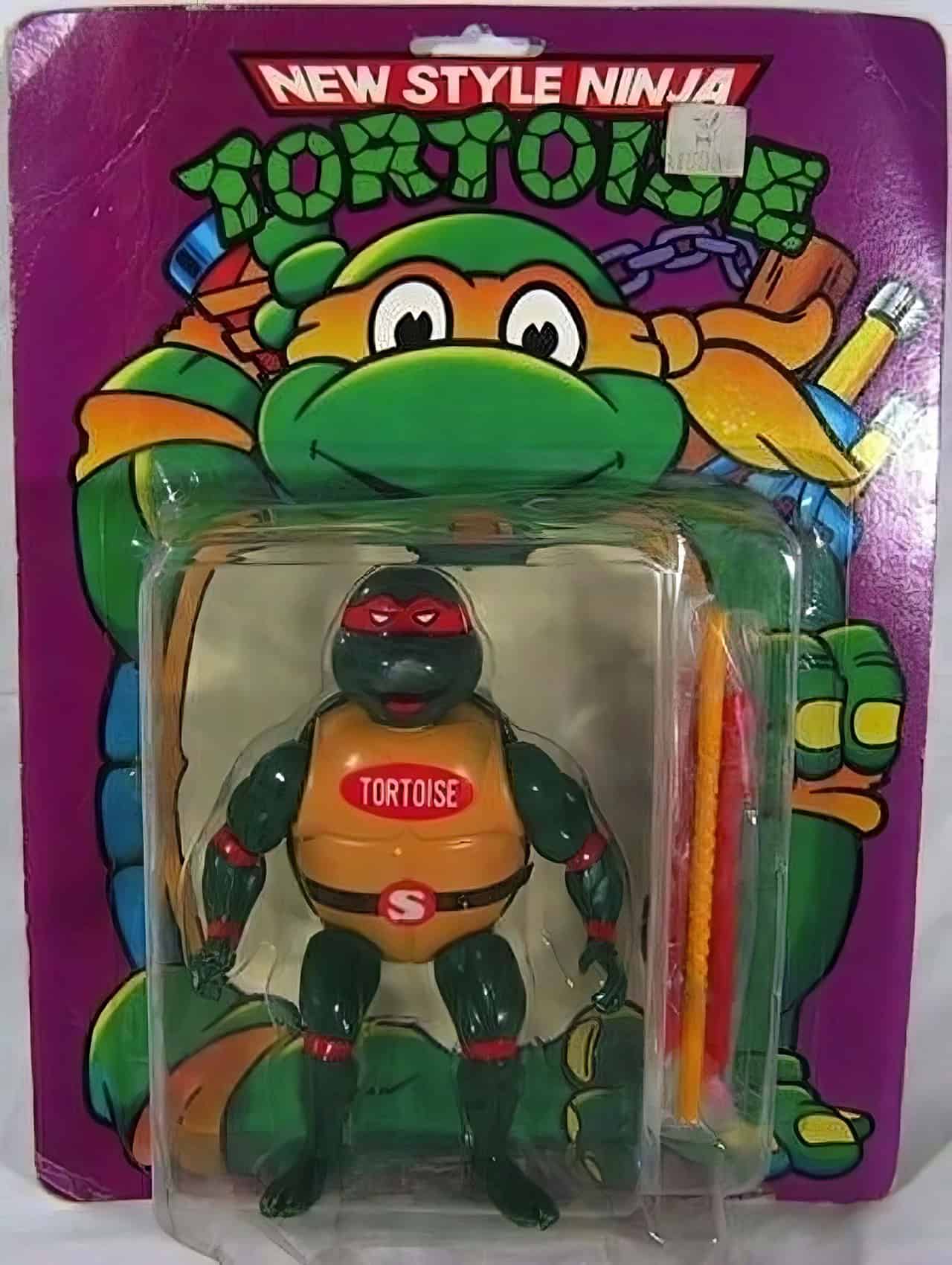
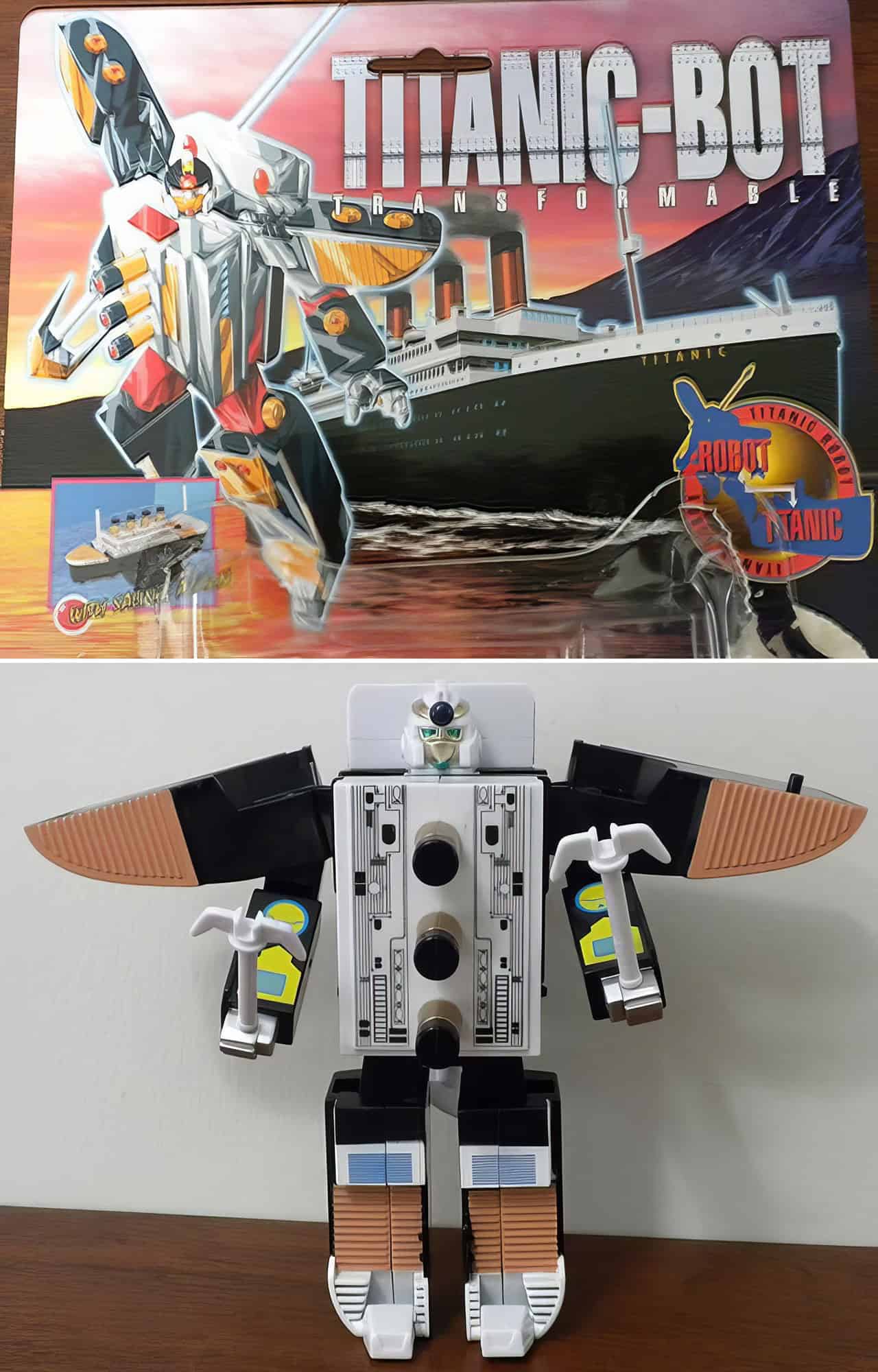
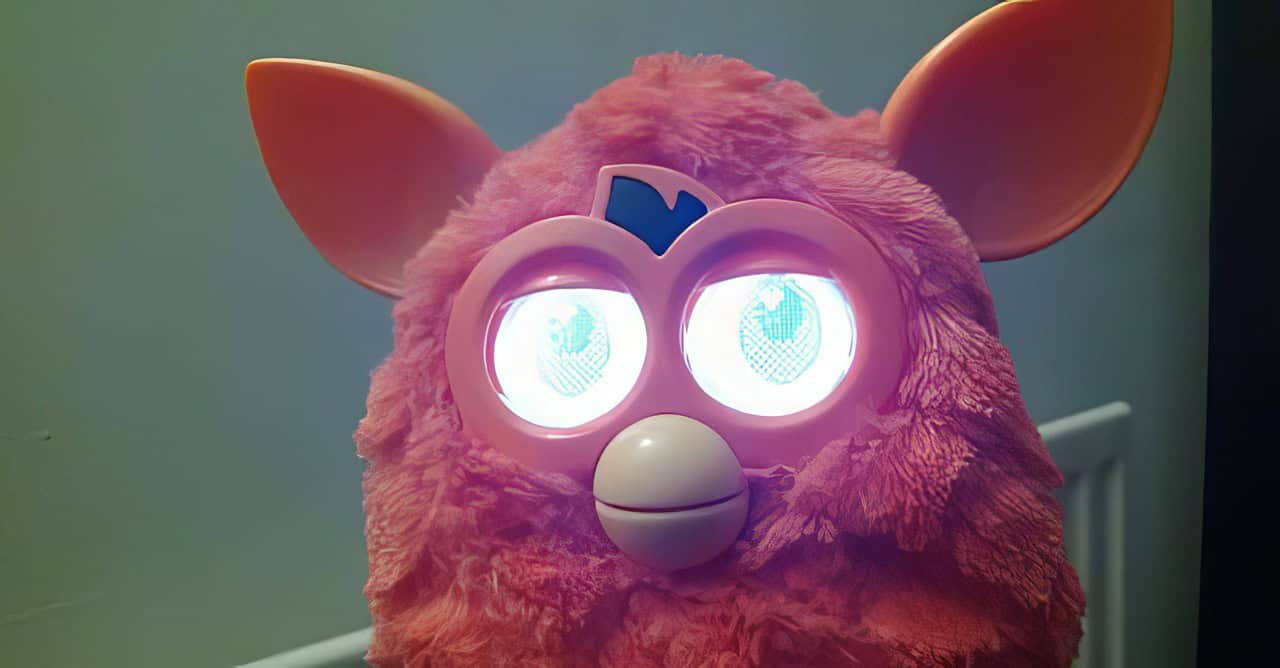
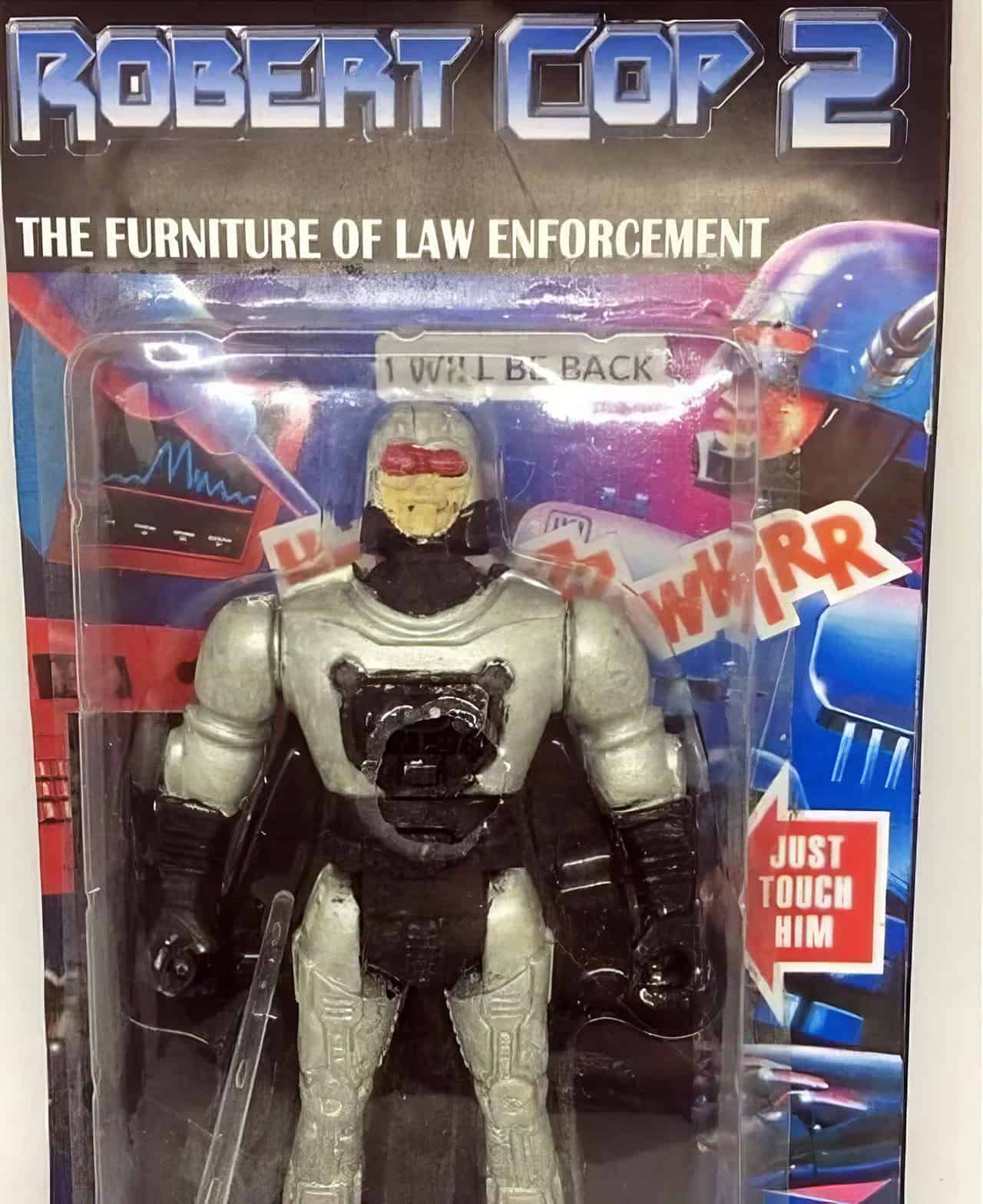
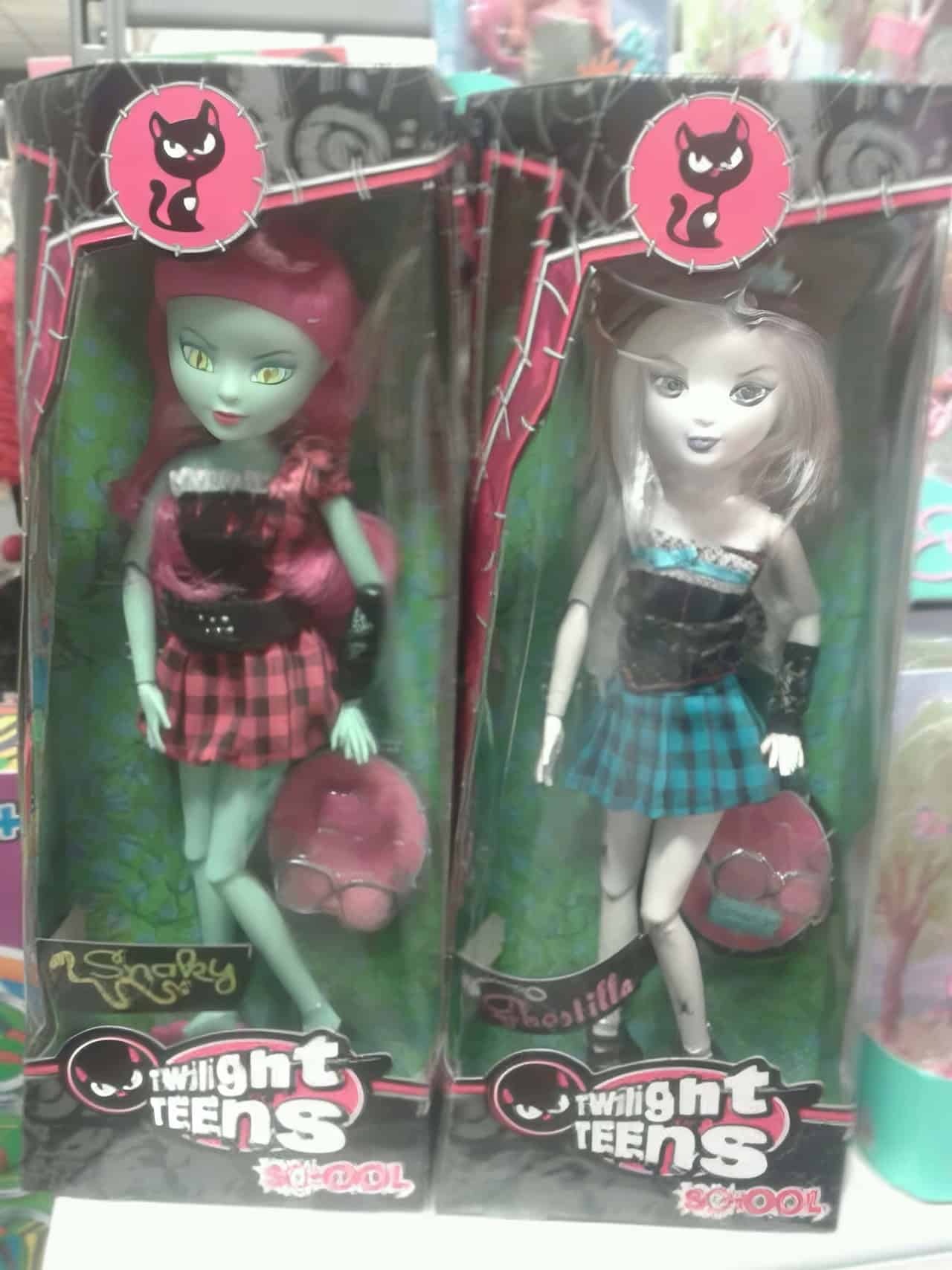
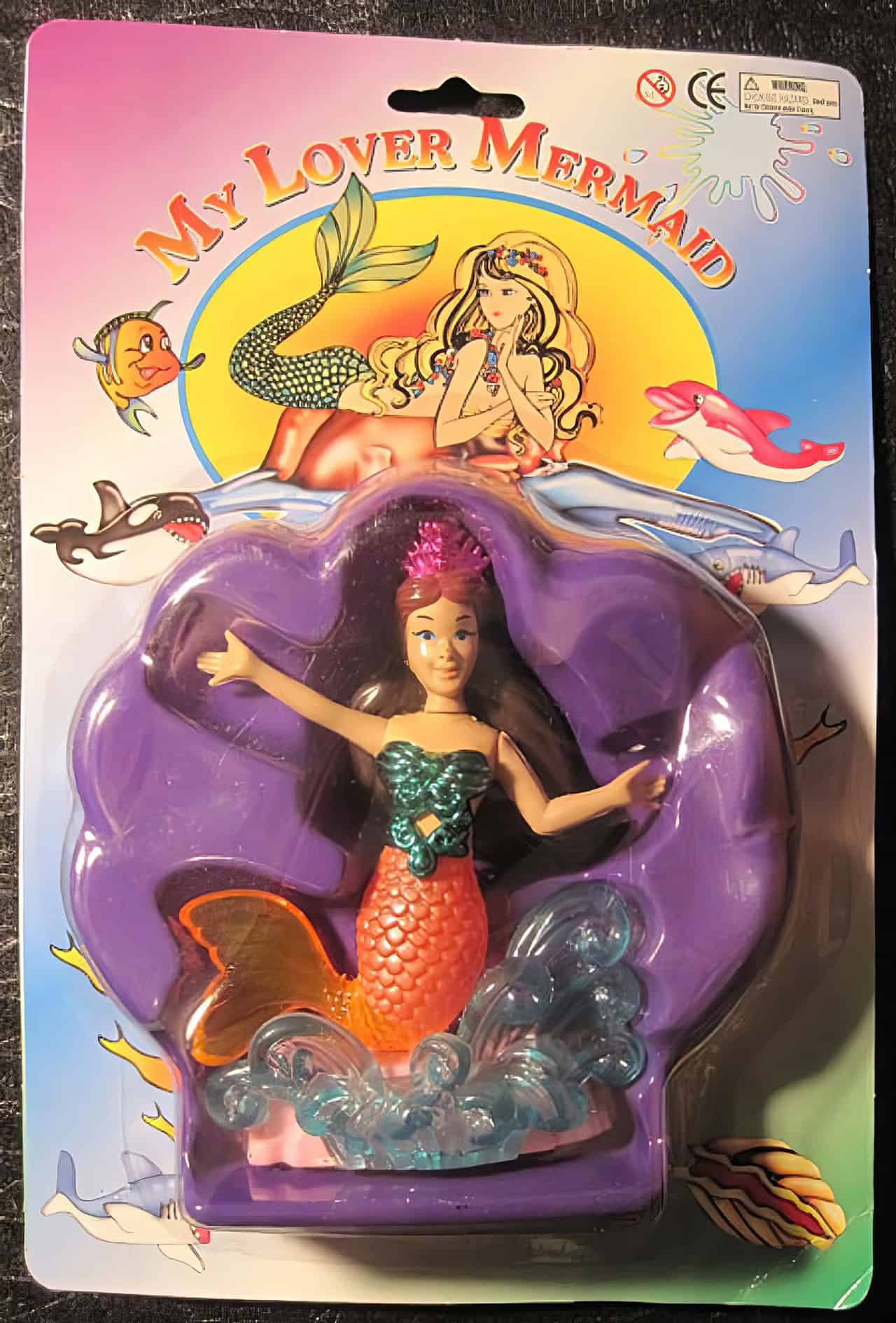
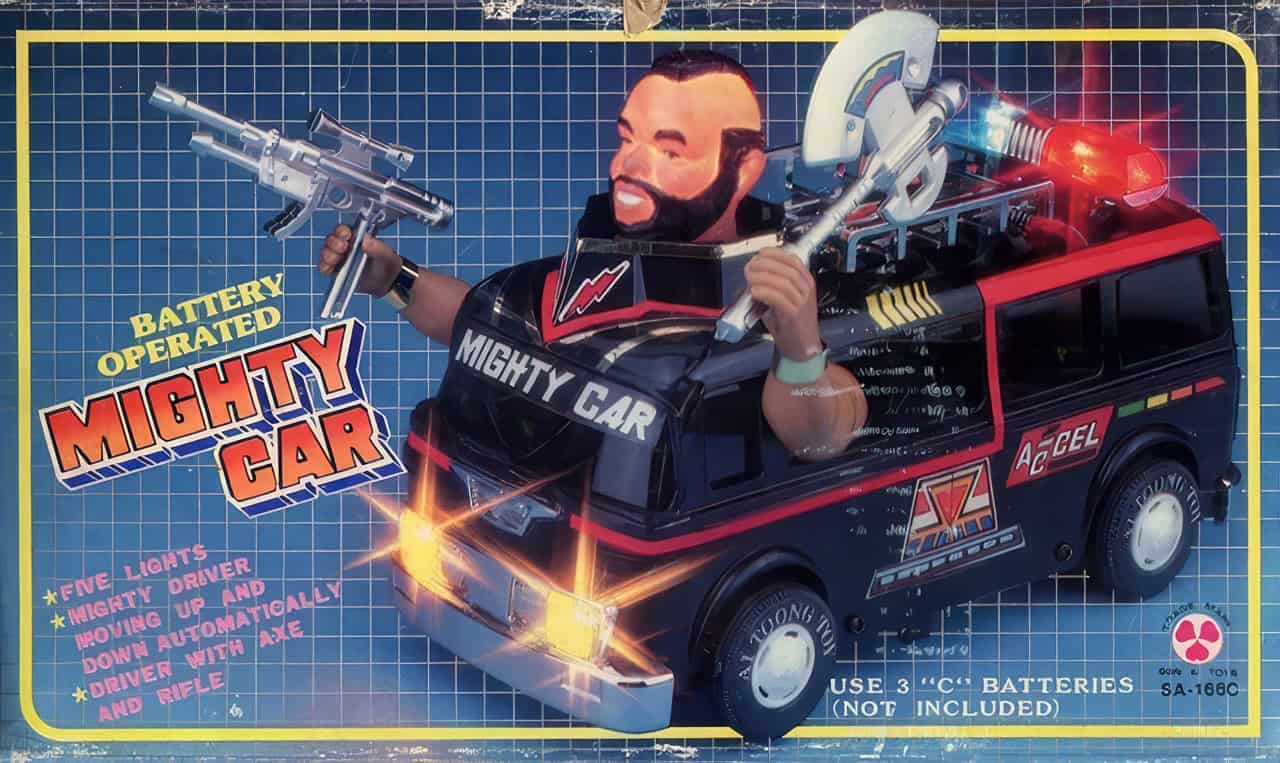
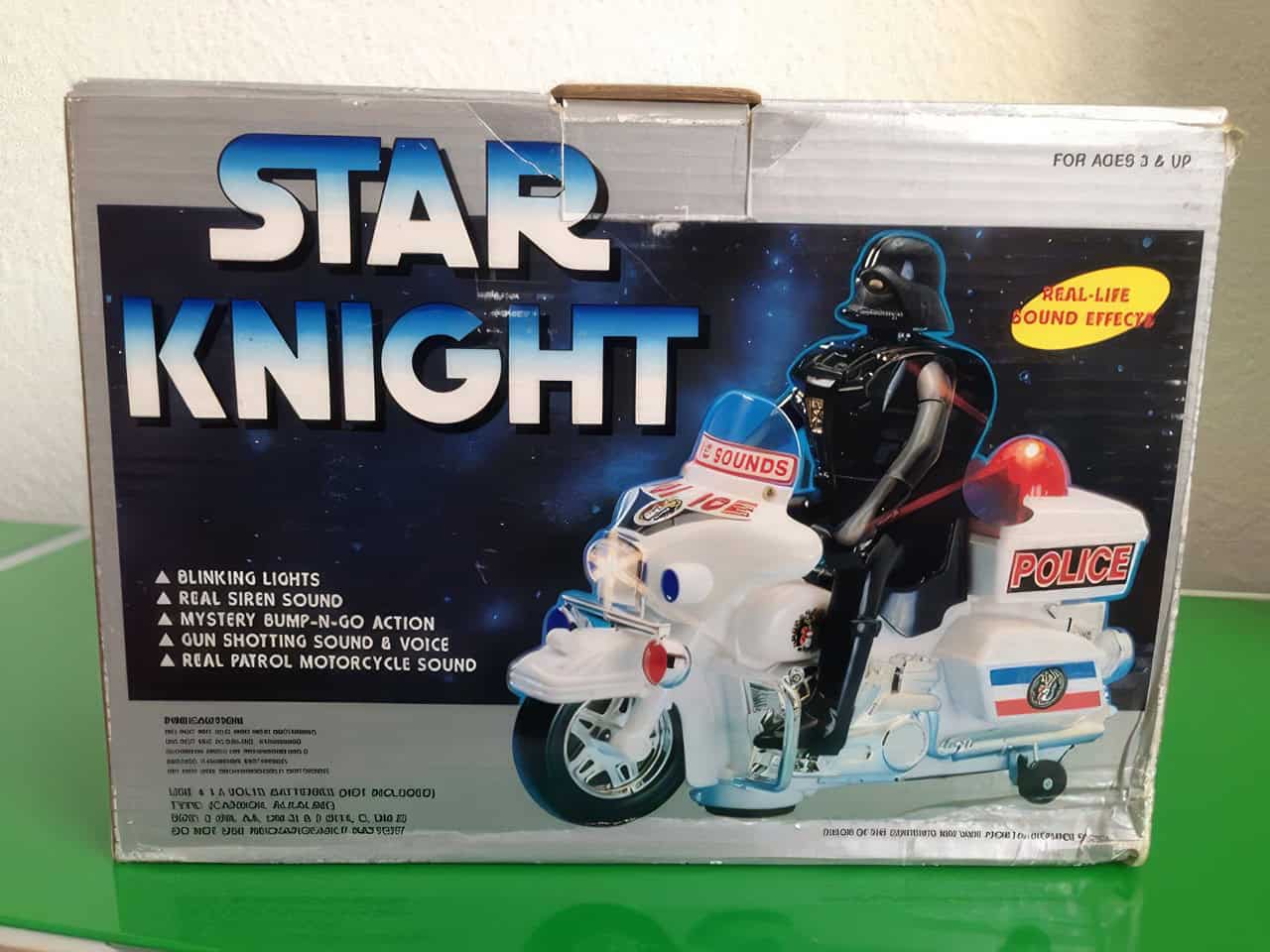
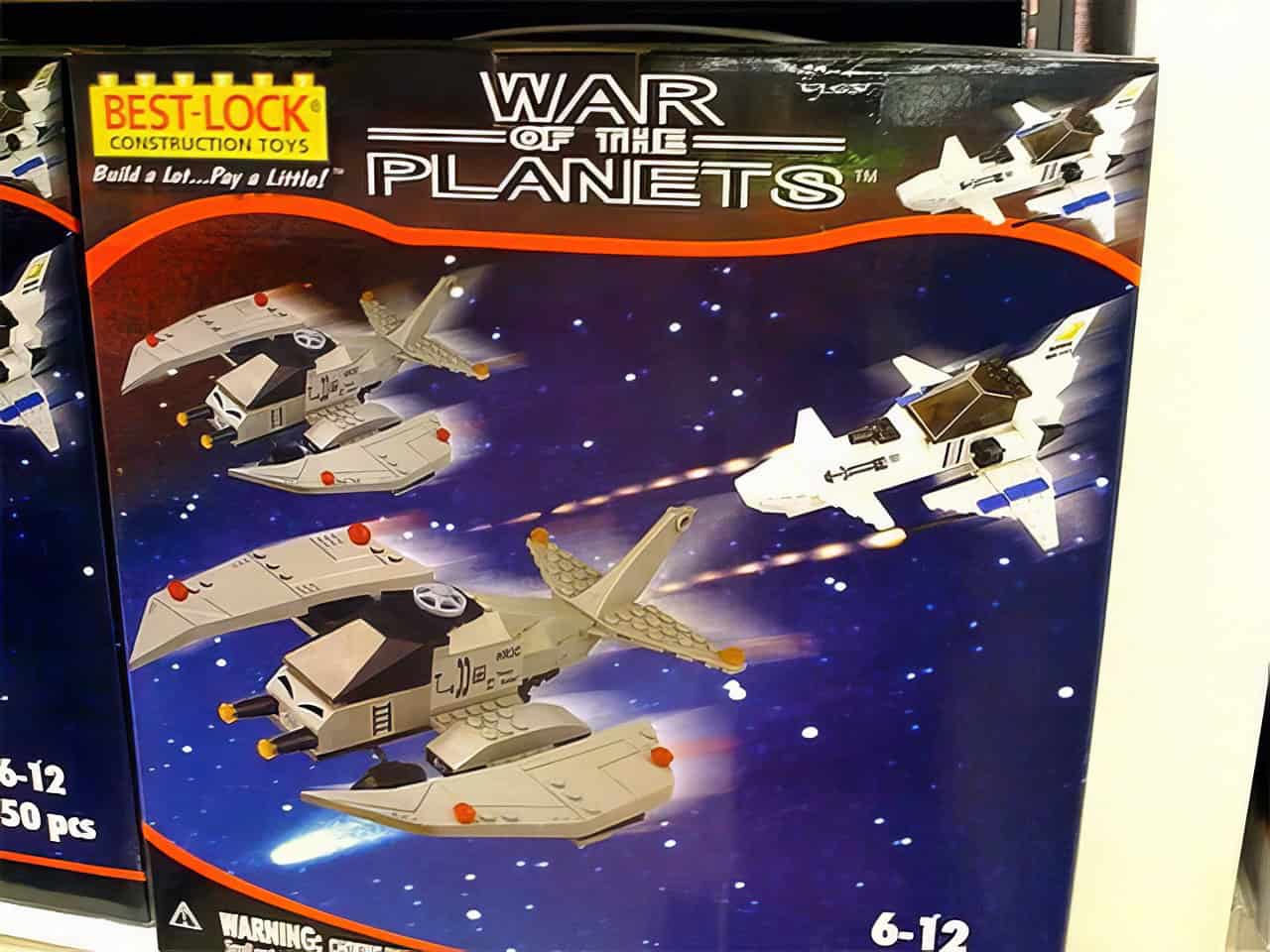
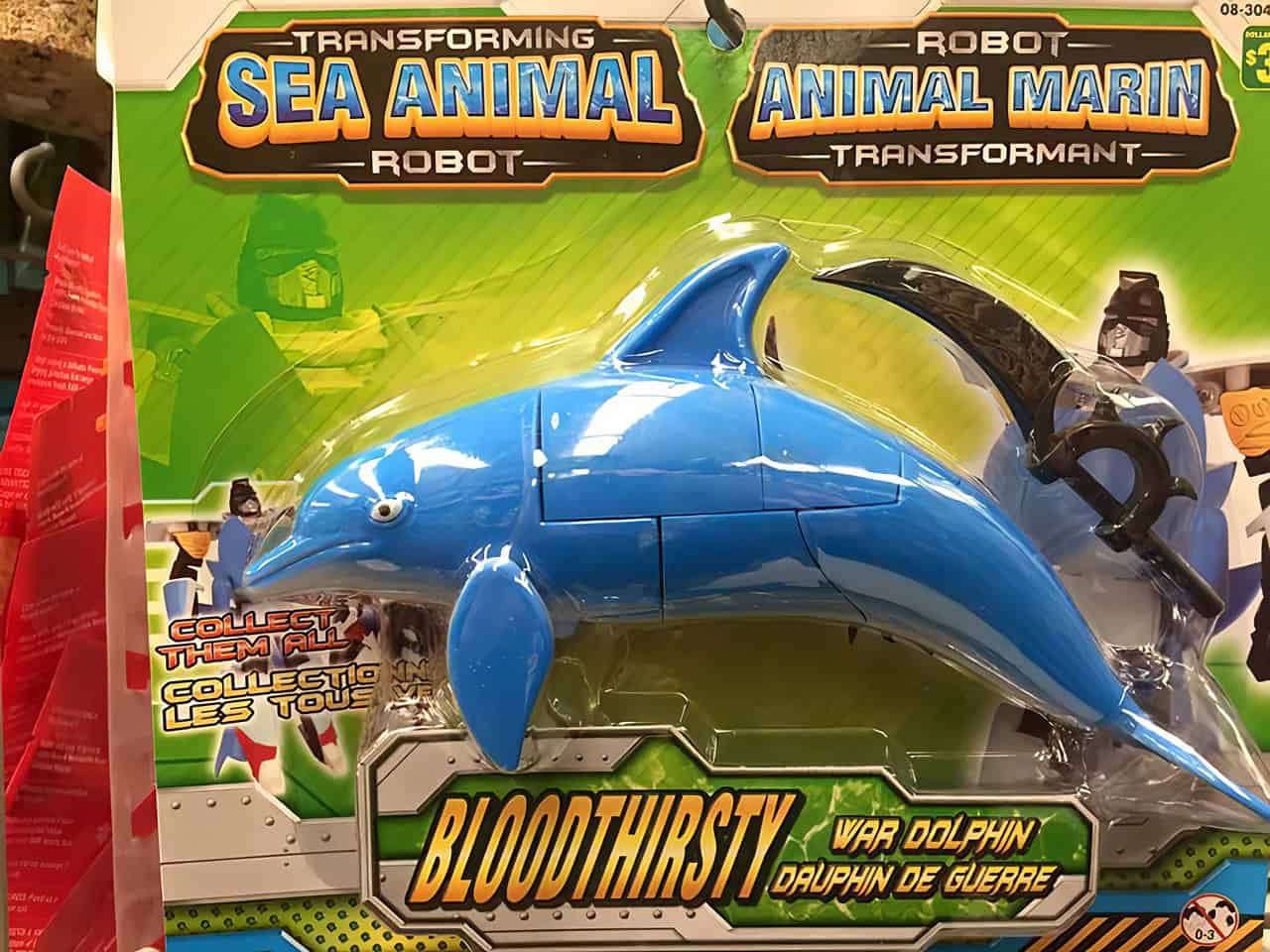
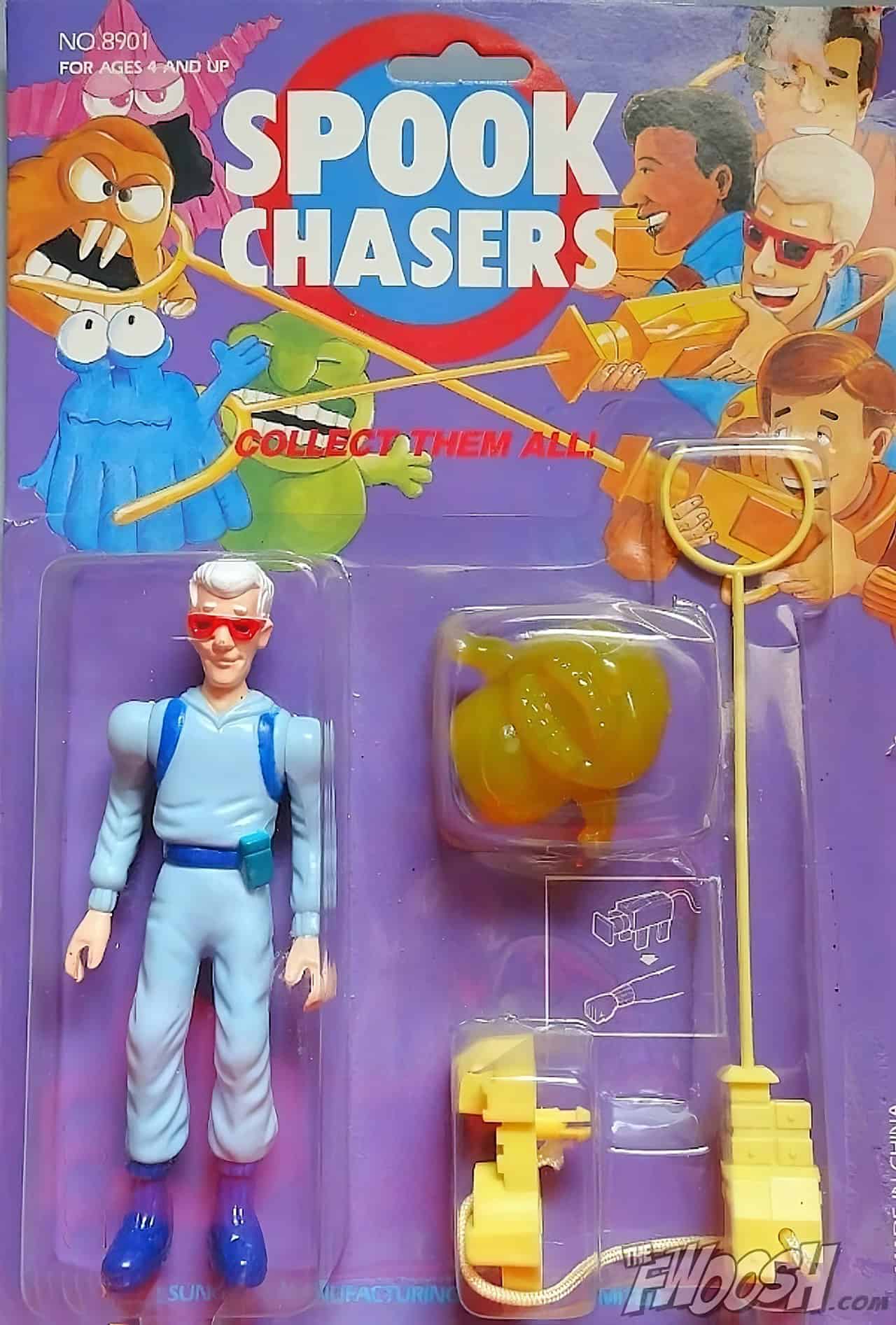
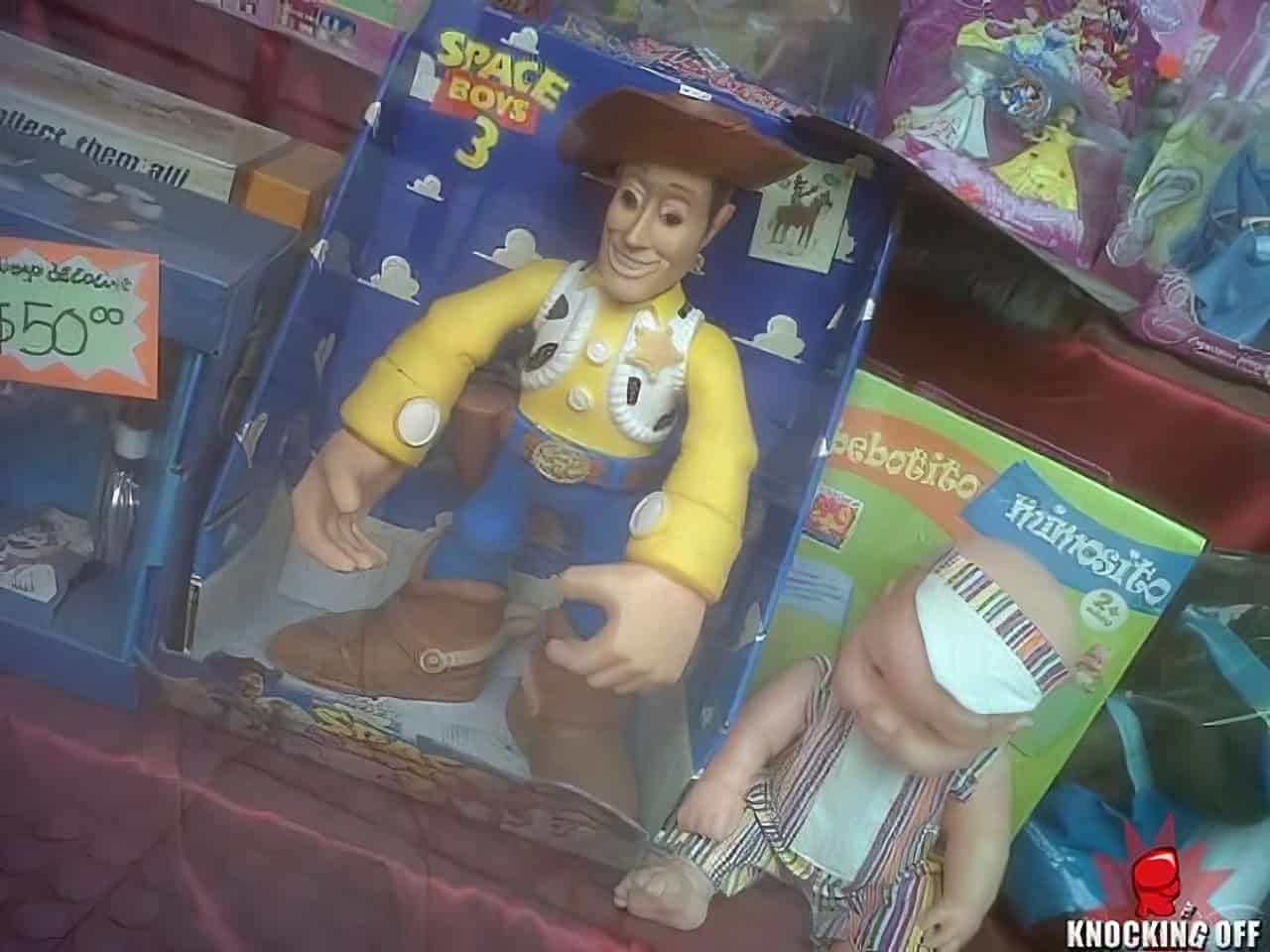
Among them, special mention goes to “ROBERT COP” – yes, not RoboCop – as a personal favorite for its blatant yet comical attempt at replication.
Vote on your funniest pick: Is it ROBERT COP or the muscle-bound Thomas?
This collection also boasts gems like a Yoda puppet converted into an odd ladder and battery-operated cars striving to be “Mighty.” Each misleading masterpiece invites laughter, but also marvels at how far imitators will go.
Included in this quirky lineup are misinterpreted classics such as Dragon Ball characters looking nothing like Goku and superheroes that would make any comic book fan pause. Geeks everywhere can attest; spotting these bootleg toys offers not only entertainment but a real-life treasure hunt through the bizarre world of counterfeit merchandise.
How to Spot Knock Off Toys
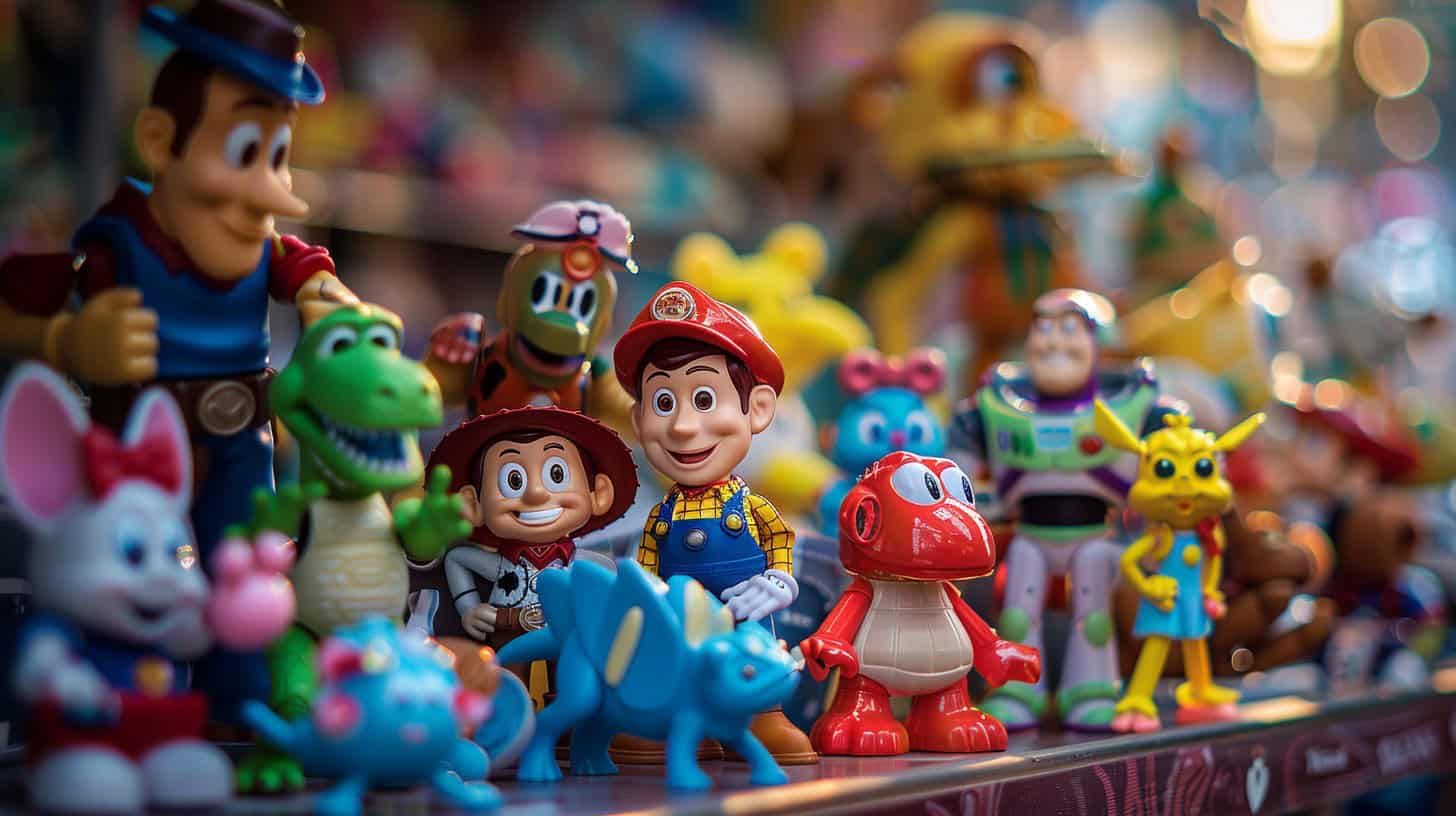
To spot knock off toys, check the packaging and toy quality. Look for misspellings, poor print work, and cheap materials—these are big clues.
Signs of Counterfeit Toys
Knockoff toys flood the market, tricking buyers. Spotting fakes saves money and avoids disappointment. Here’s how:
- Check for misspelled words on packaging, like “Superman” turning into “Super Man.” Counterfeiters often get brand names wrong.
- Look for weird descriptions that make no sense, a common sign of a knockoff.
- Notice the toy’s quality. Fakes usually feel cheaper than the real deal.
- Compare prices across different sellers. A huge price drop is a red alert.
- Examine the logo carefully. Fake toys might have altered logos to avoid lawsuits.
- Search for official licensing information on the box. Legit toys always mention this.
- Review seller ratings on platforms like Amazon Prime or eBay before hitting checkout with your credit card.
- Beware of odd color schemes that don’t match what you see in official photos or on prime video ads.
- Be cautious with toys claiming to be rare collectibles without proof, like a unique serial number or receipt from reputable retailers.
- Notice if a character looks off, e.g., Buzz Lightyear with unusual features or colors not typical of his usual look.
Using these tips, I once avoided buying a fake “Mobile Suit Gundam” figure that looked suspiciously cheap and had glaring spelling mistakes on its packaging—a clear giveaway!
Health Hazards of Counterfeit Toys
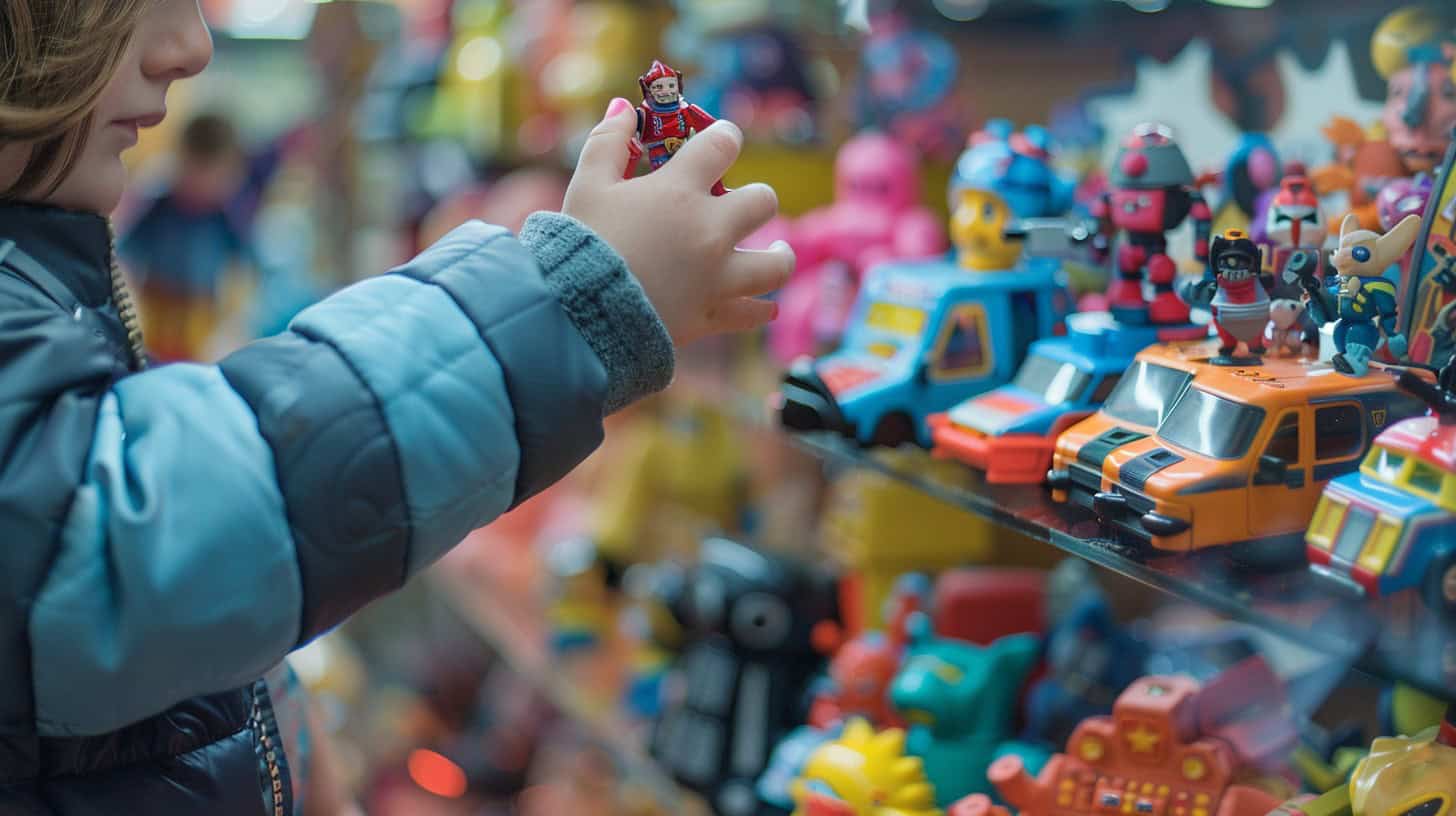
Knock off toys might look fun, but they can hide dangerous secrets. According to Consumer Report, these fakes often use harmful materials that could hurt kids.
Toxic Materials in Knock Off Toys
Many knock off toys are made with toxic materials. These harmful substances can hurt kids who play with them. The toys might have lead, a dangerous metal, or chemicals that mess up hormones.
Discount stores and bootleg shops sell lots of these fake toys. They don’t always tell where they come from or what’s in them.
Buying a knockoff Furby or Tamagotchi might seem fun until you learn it’s full of harmful chemicals.
Make sure to check toys closely before buying. Look for signs that they are fake, like weird brand names or poor quality packages. Safe toys protect children’s health and support fair work around the world.
Choking Risks from Knock Off Toys
Knock off toys pose serious choking risks for kids. Often, they break easily into small parts. Kids might try to put these pieces in their mouths, leading to danger. Safety standards often don’t apply to these fakes, making them riskier.
Health hazards like toxic materials also lurk in knock offs from places with unclear manufacturing processes. This includes some toys made in China that mimic popular brands and characters such as Man of Steel or Elsa from Frozen.
Parents think they’re getting a deal on Amazon.com or at mauls, not knowing the risks.
Next: The economic and moral issues stretch beyond safety concerns…
Economic and Moral Issues of Buying Knock Off Toys
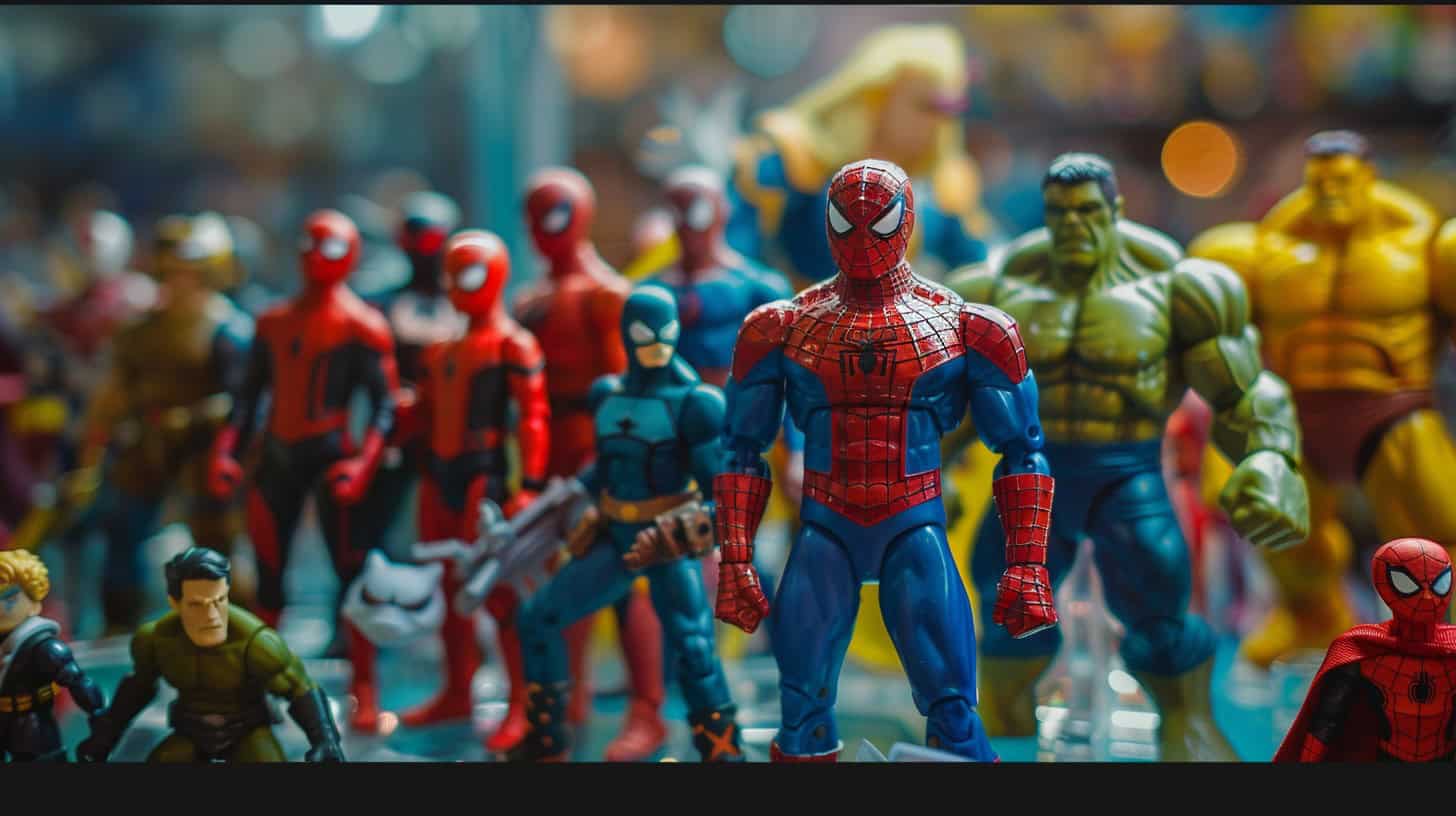
Buying knock offs hurts real toy makers and workers. It also wastes your money on bad toys.
The Impact on Unfair Labor Practices
Knockoff toys, often made in factories with unclear practices, lead to unfair labor conditions. Workers may face long hours and low pay to produce these fake superhero or Dragon Ball Super figures.
This hurts the people making them and affects companies that create original items like Marvel’s Spider-Man or Batman products.
Buying these cheaper copies means less support for brands who ensure fair work conditions. Each purchase of a knockoff lightsaber or Michelangelo figure sends money to those ignoring worker rights.
Choose wisely – supporting genuine toy collections helps maintain ethical standards in manufacturing our favorite geeky goods.
Financial Losses from Substandard Toys
Moving from unfair labor, we find another dark side to counterfeit toys: their financial blow. Substandard toys hurt toy collectors and also lead to big losses. For example, fake superhero figures or mobile suit gudam models may seem like a steal at first glance.
Yet, they often break easily or don’t work as expected. This means money down the drain for buyers who hoped for a bargain.
Moreover, these knockoffs can fool even keen-eyed enthusiasts into thinking they’re getting a rare item—like those limited production runs that sometimes turn bootleg items into collector’s gold by accident.
But when the truth comes out, the item’s value plummets. Imagine paying top dollar for what you think is an exclusive marvel’s spider-man piece, only to find it’s a cheap imitation with no real value in the collectible world.
It’s not just about losing money; it’s also feeling tricked and disappointed.
People Also Ask
How can I tell if a toy is fake?
Look for misspelled words, like “Fpozen” instead of “Frozen,” or odd brand names that sound like the real deal but are off, such as “Zeon” instead of a well-known superhero brand. The quality often lacks too, feeling cheaper.
What makes knock-off toys so funny?
The creativity in how they mix things up is hilarious—imagine a superhero with a Kindle instead of his shield, or a crossover between totally unrelated characters. These goofy mistakes make us laugh.
Why should I avoid buying fake toys?
Beyond just losing money on something that’s not worth it, these fakes could be unsafe. They might break easily or have harmful materials. Plus, they don’t support the creators of the original toys.
Can you give examples of ridiculous knock-off toys?
Sure! Picture this: an anthropomorphised vegetable pretending to be a popular action figure or prankster gadgets sold as kids’ toys but looking nothing like what they’re supposed to mimic—the goofiness knows no bounds!
